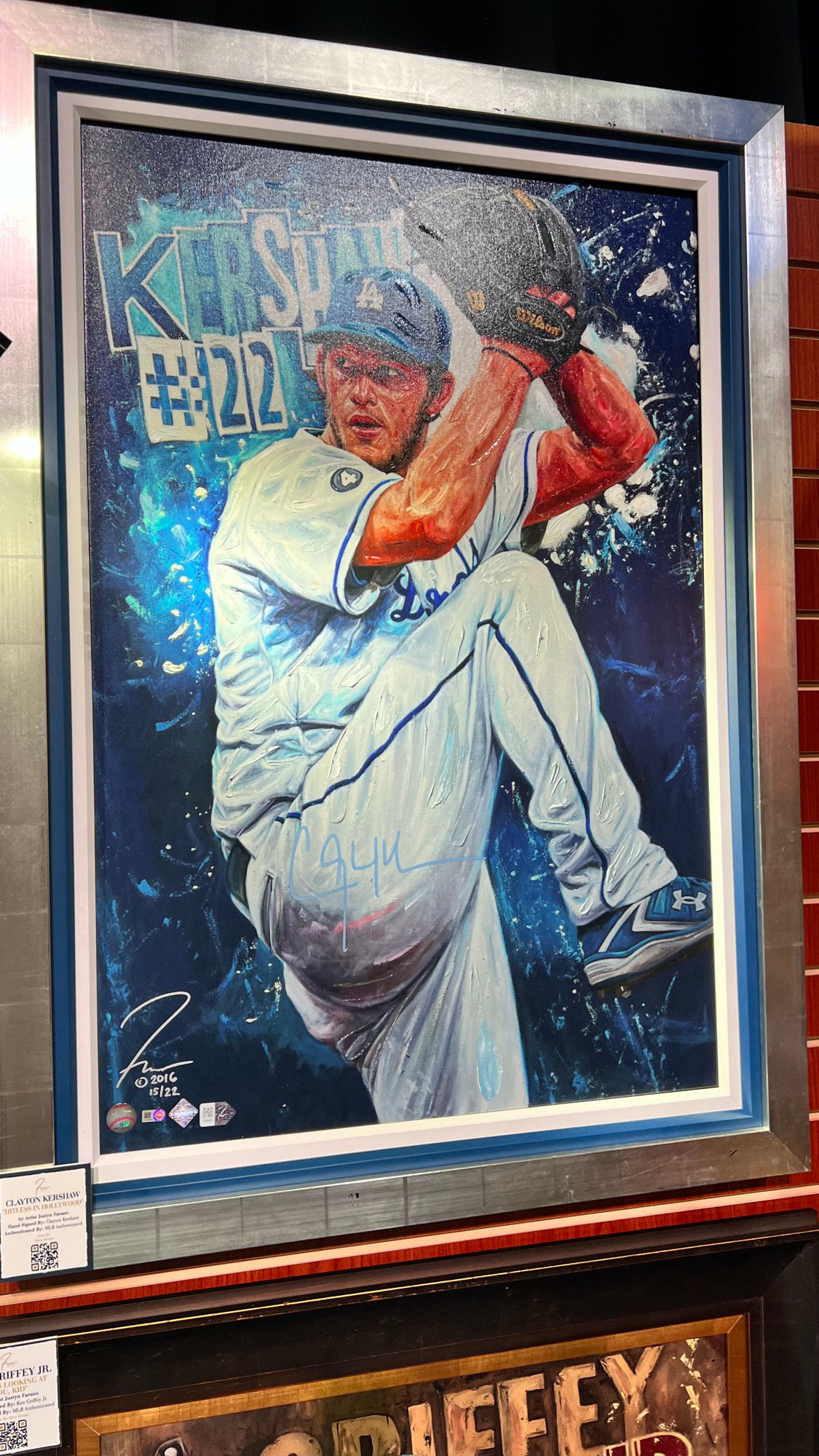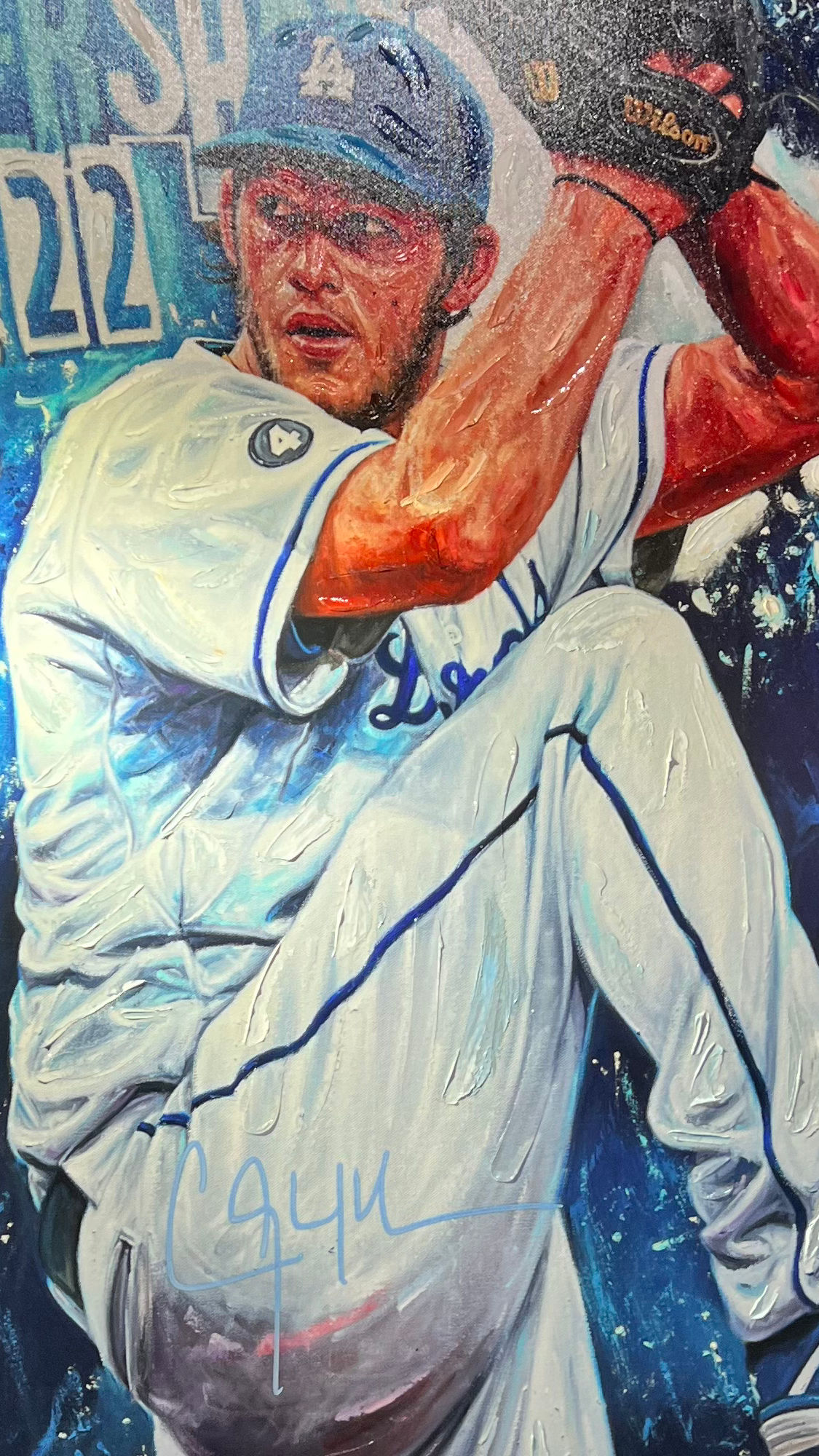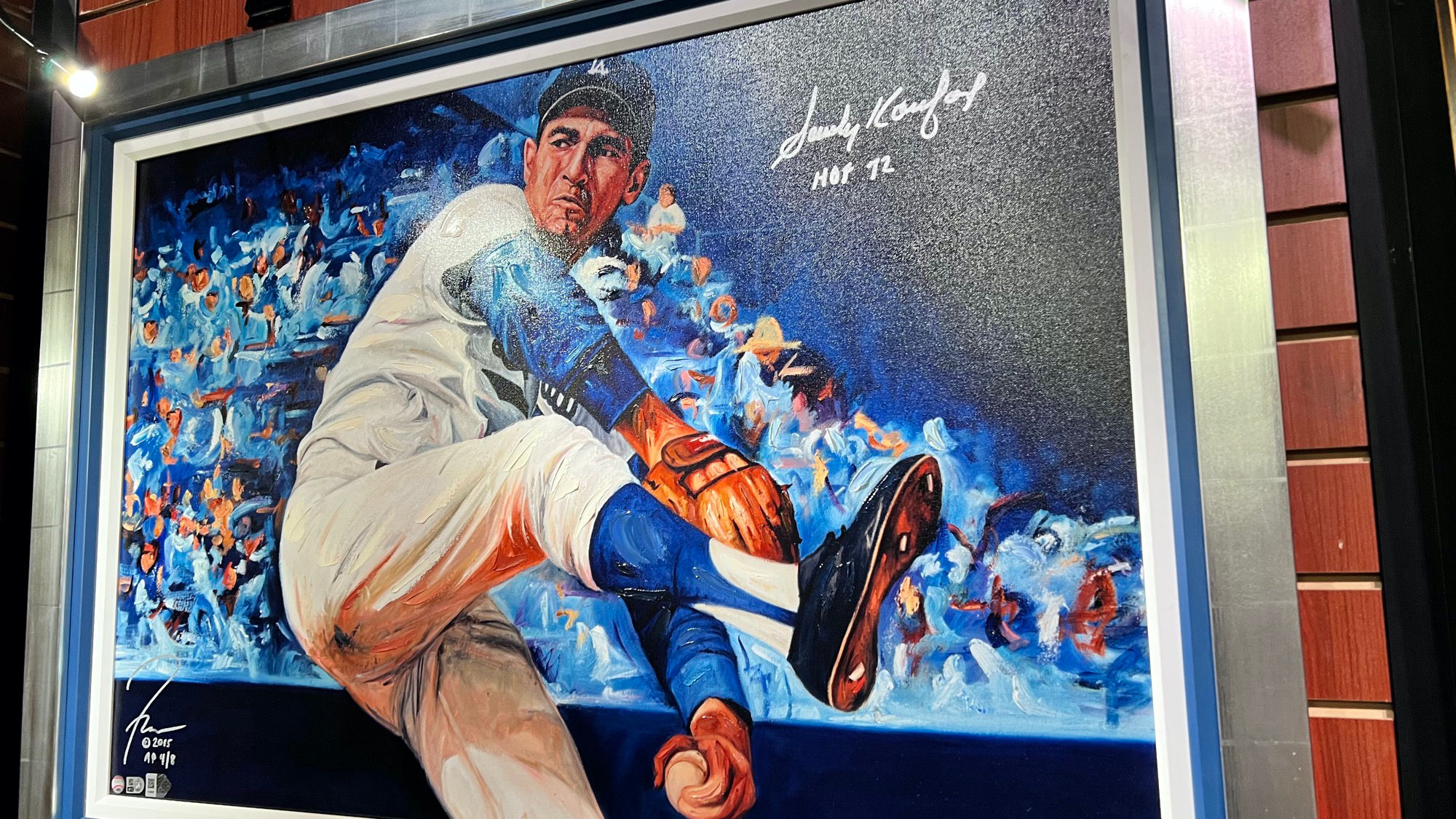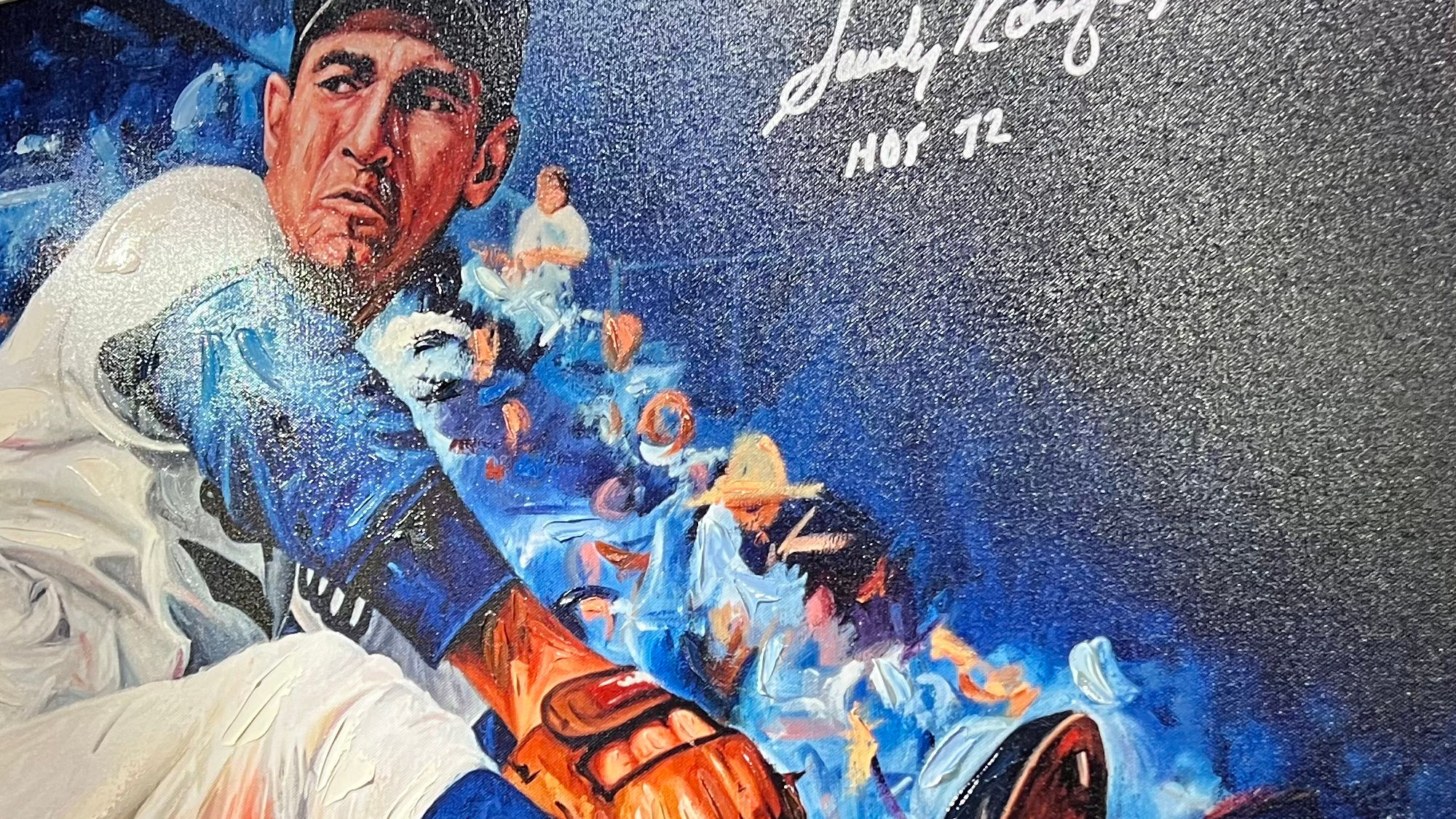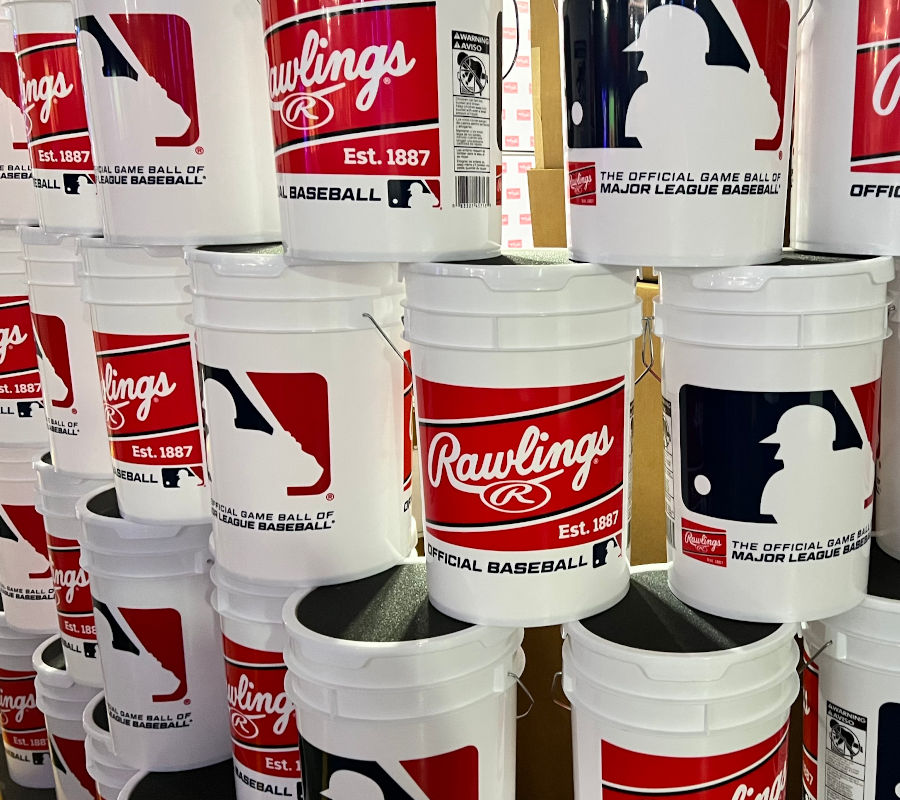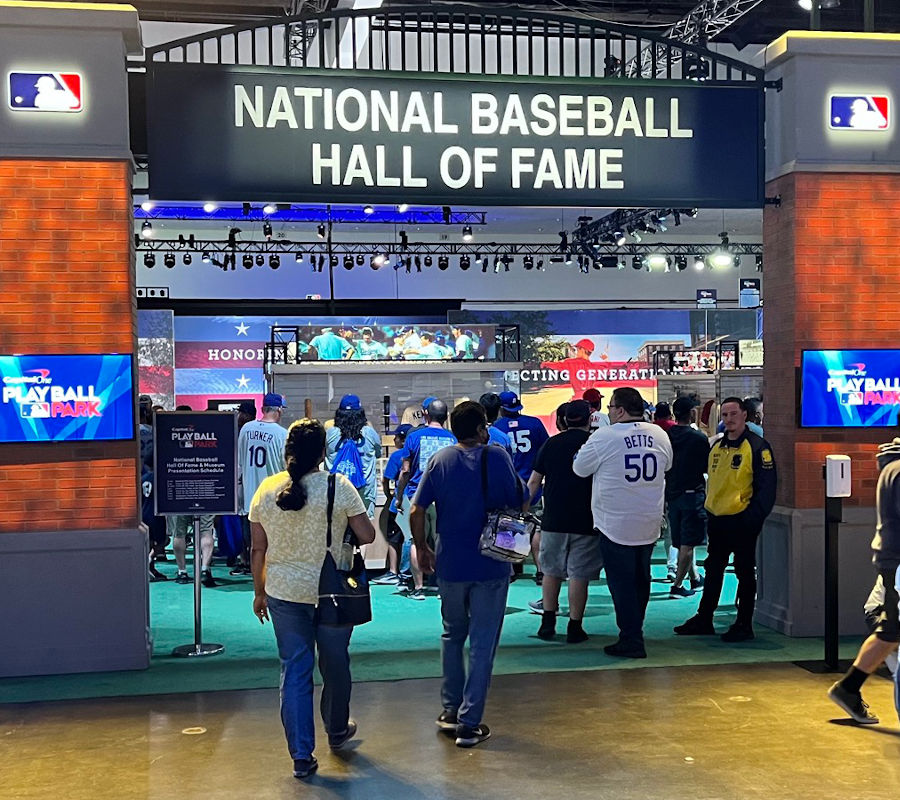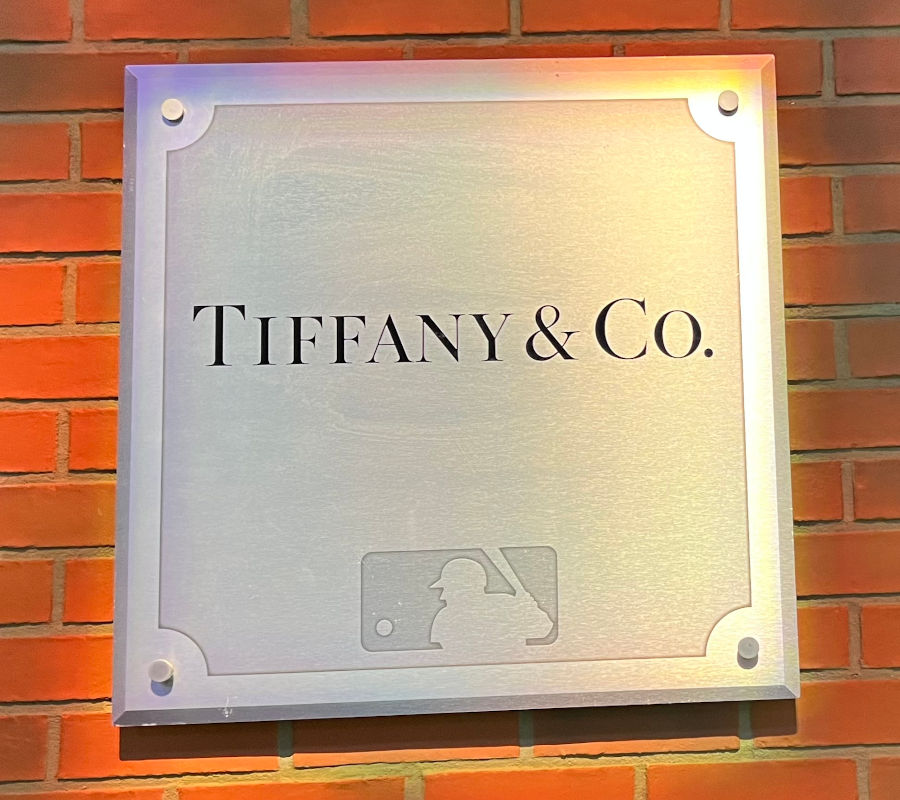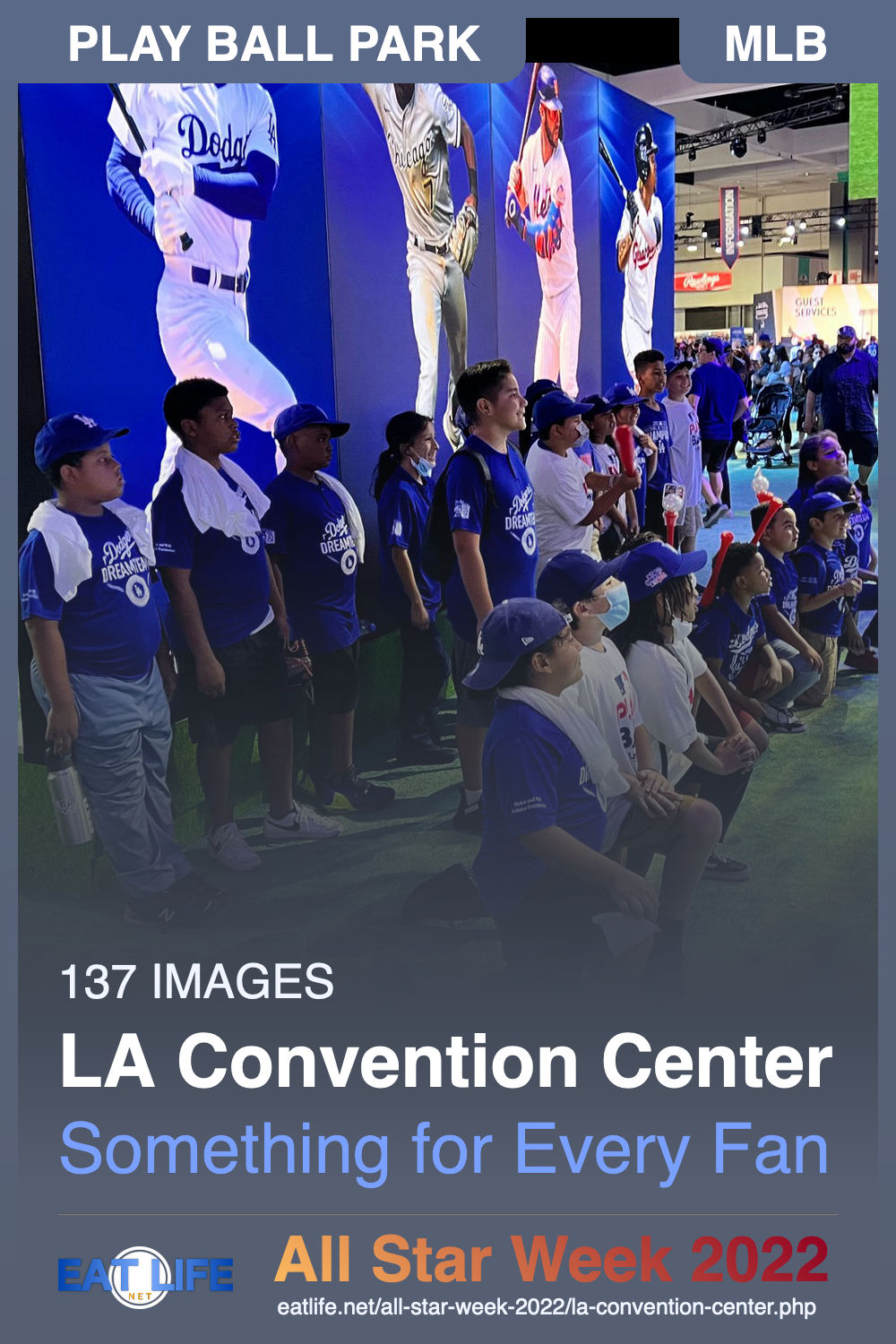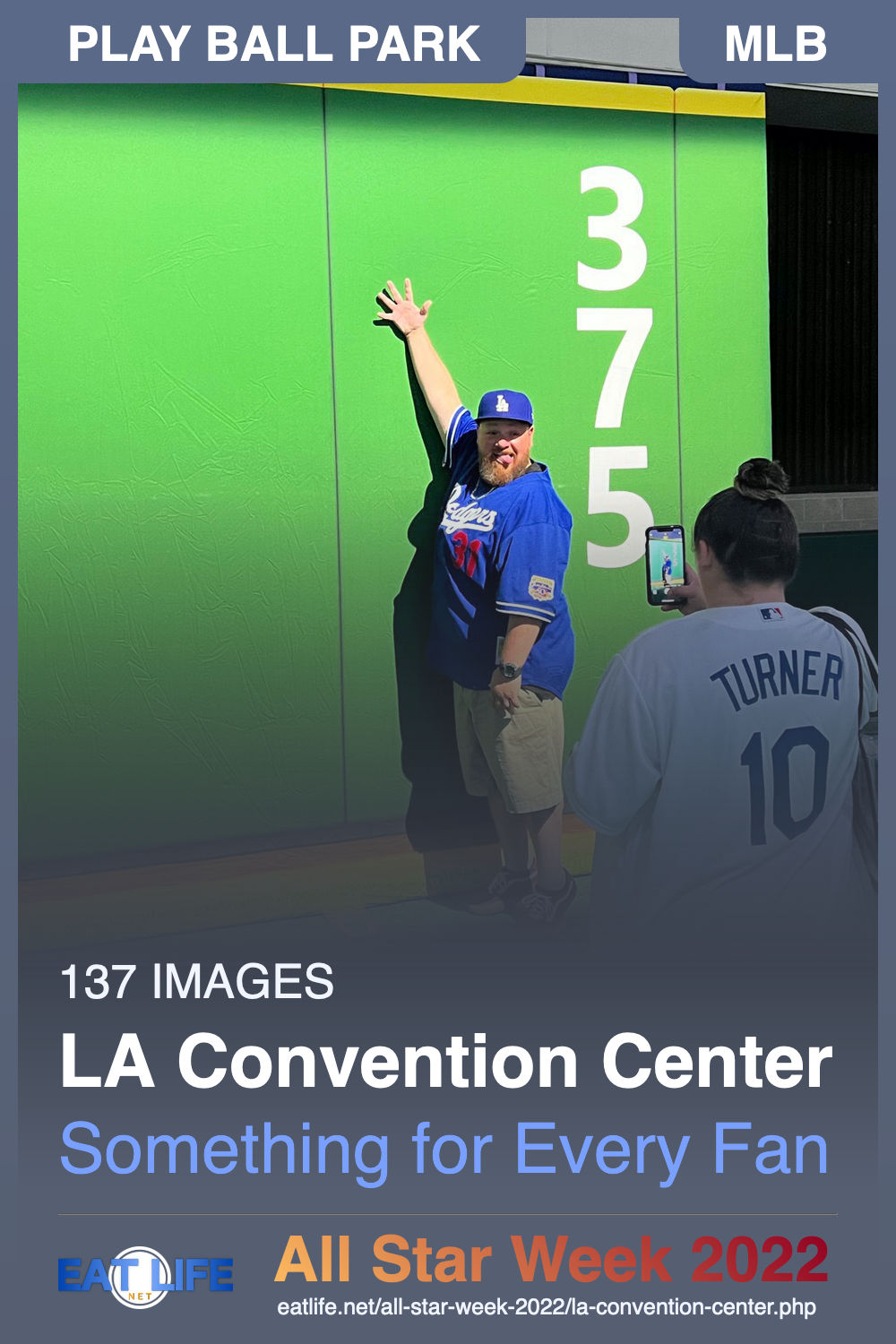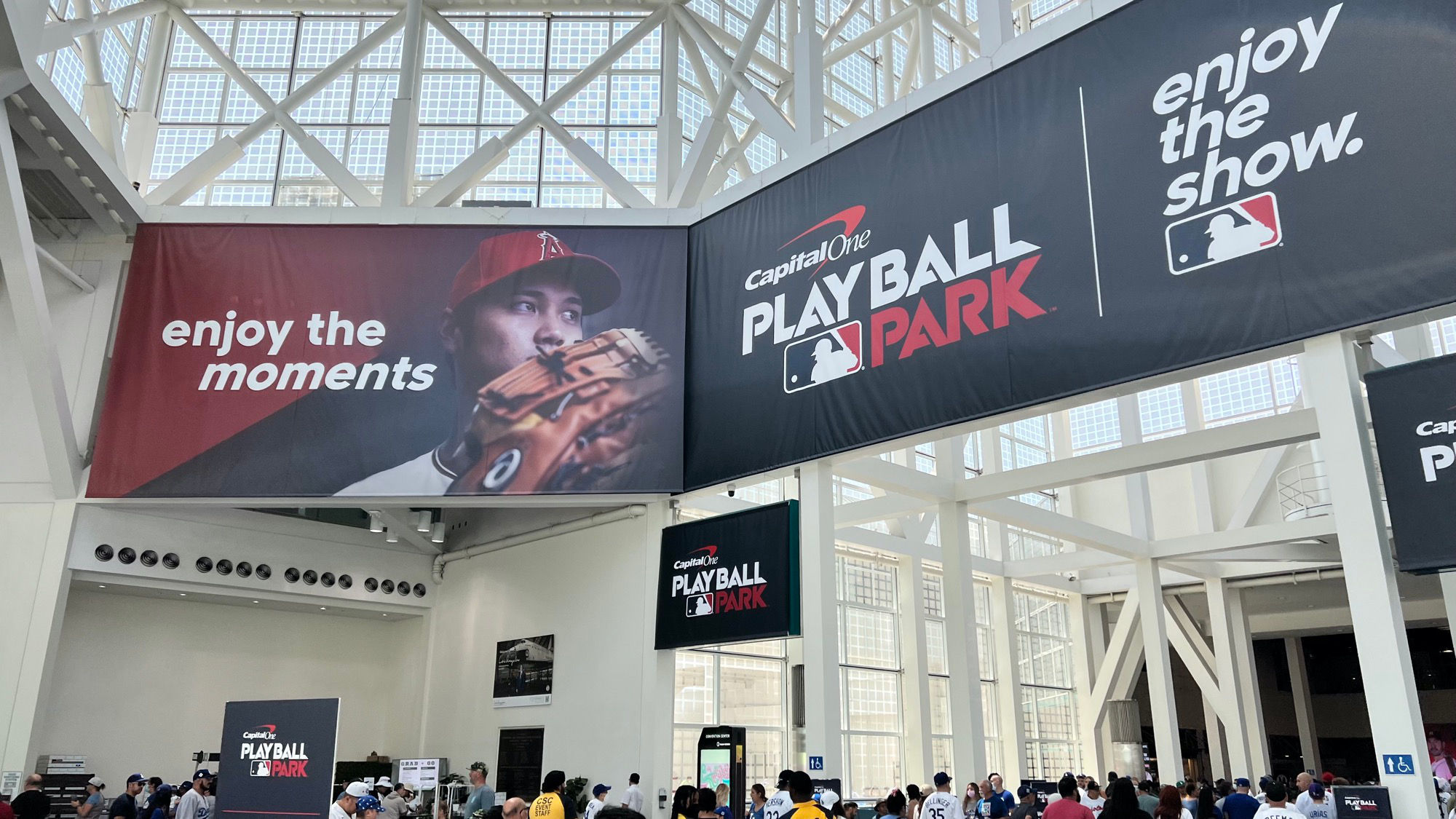
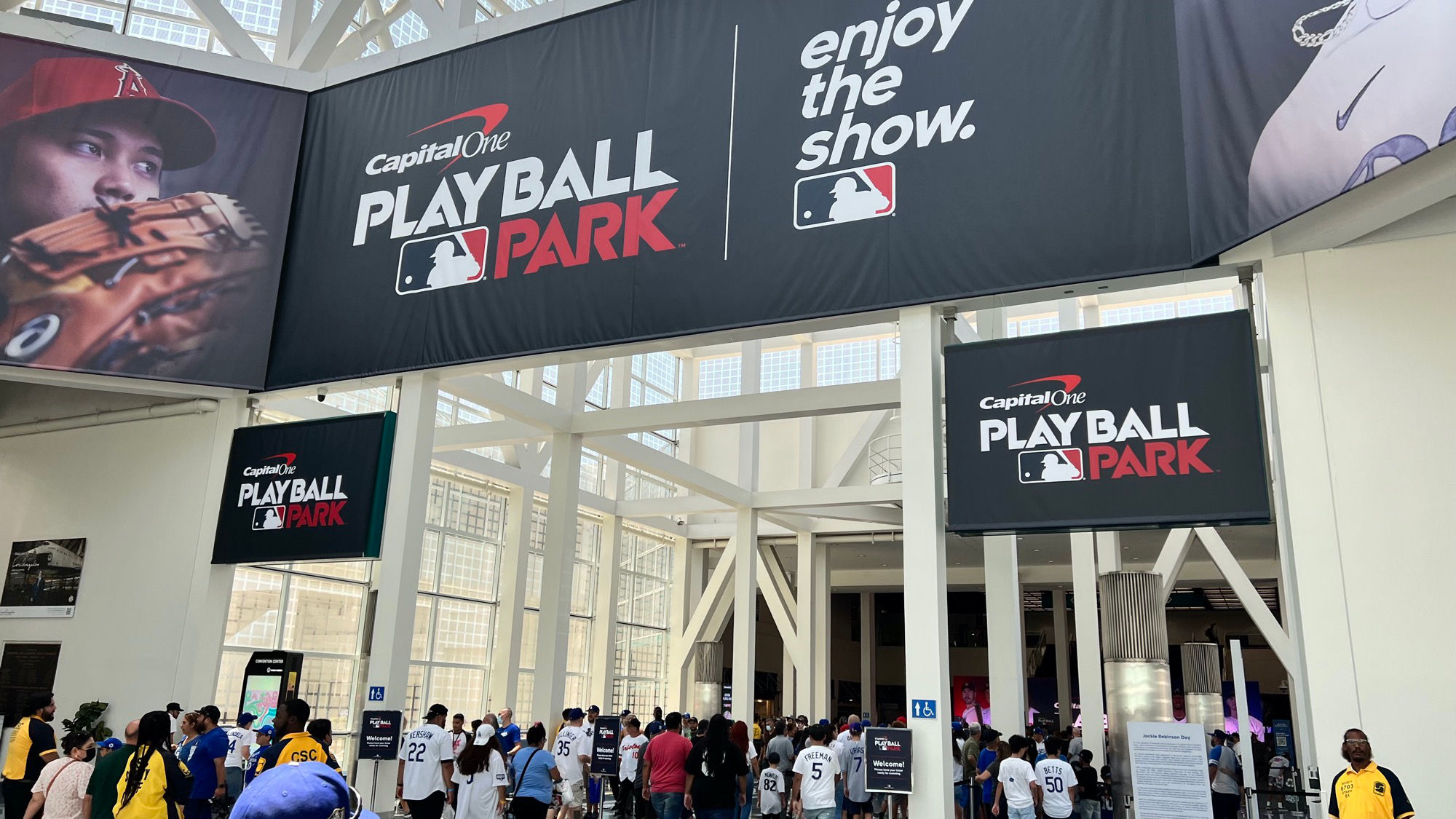



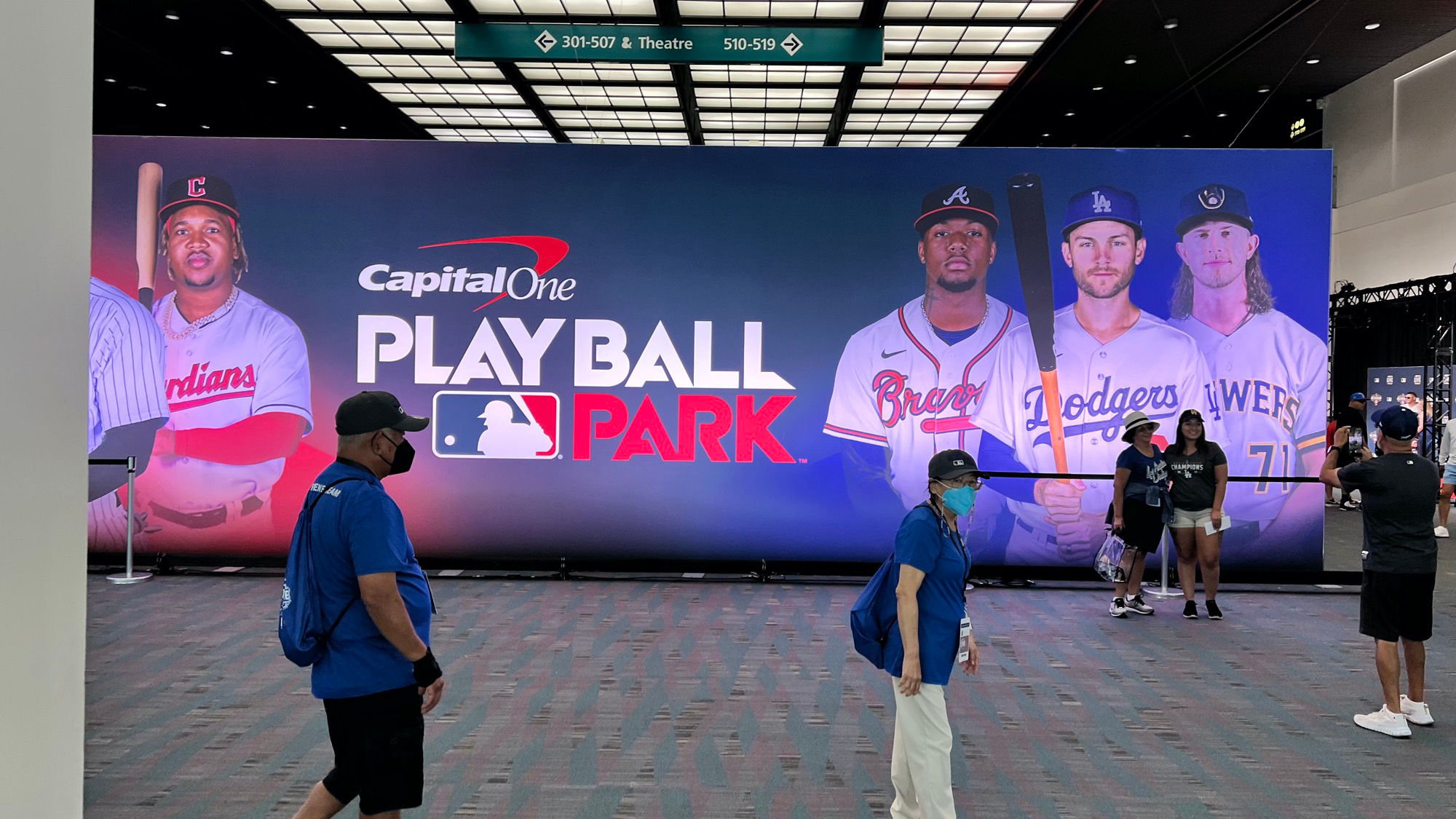
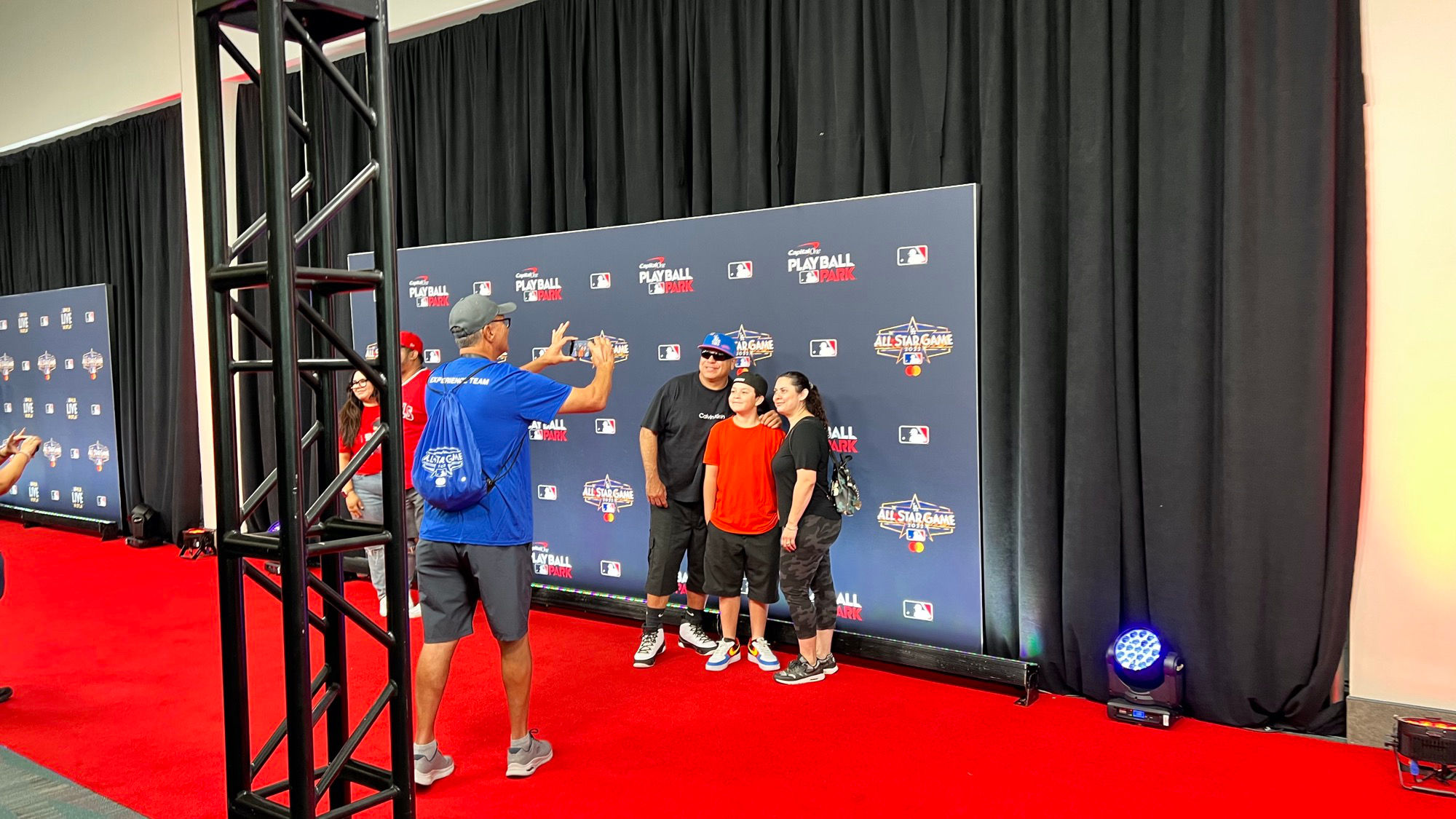
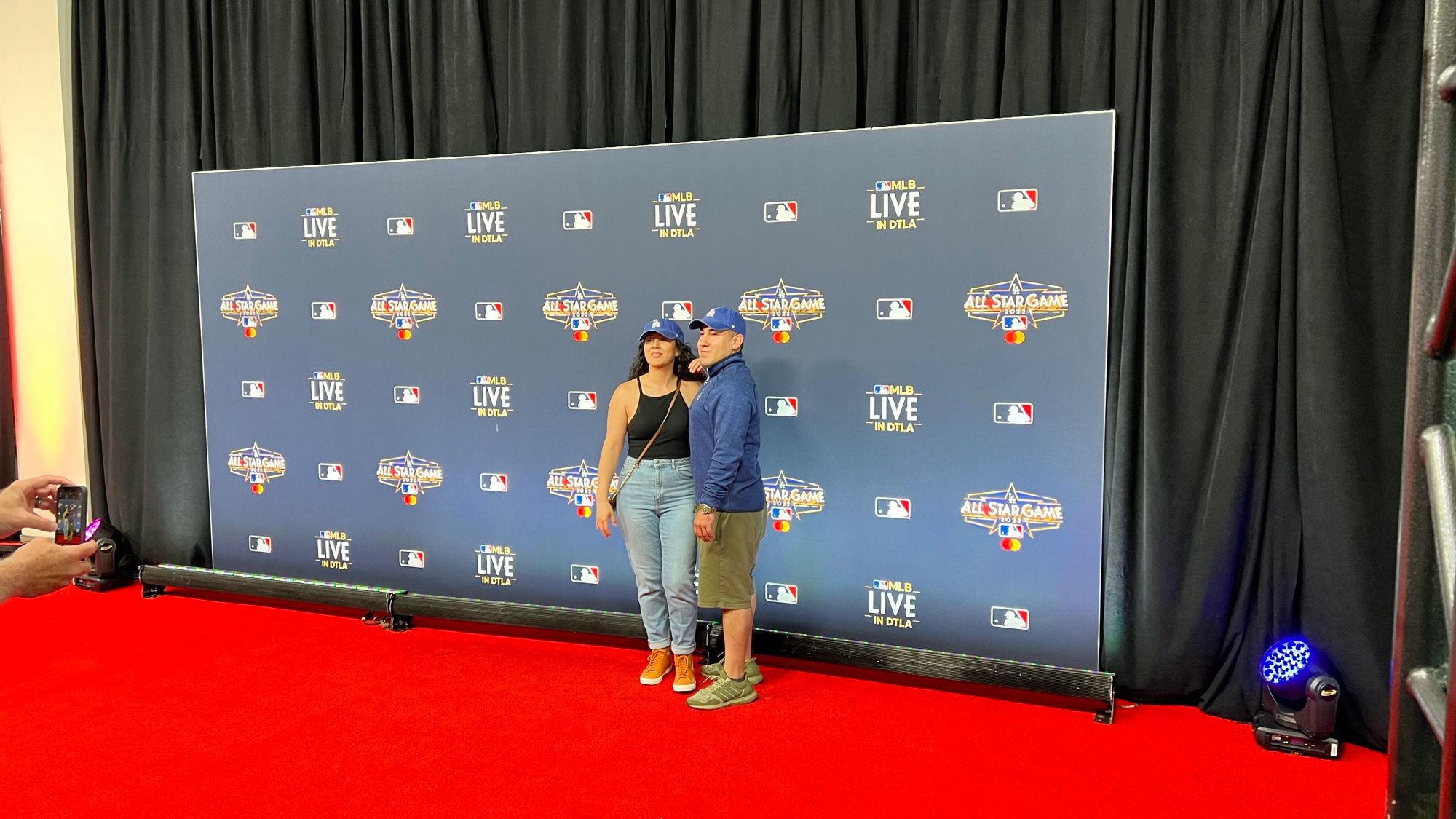

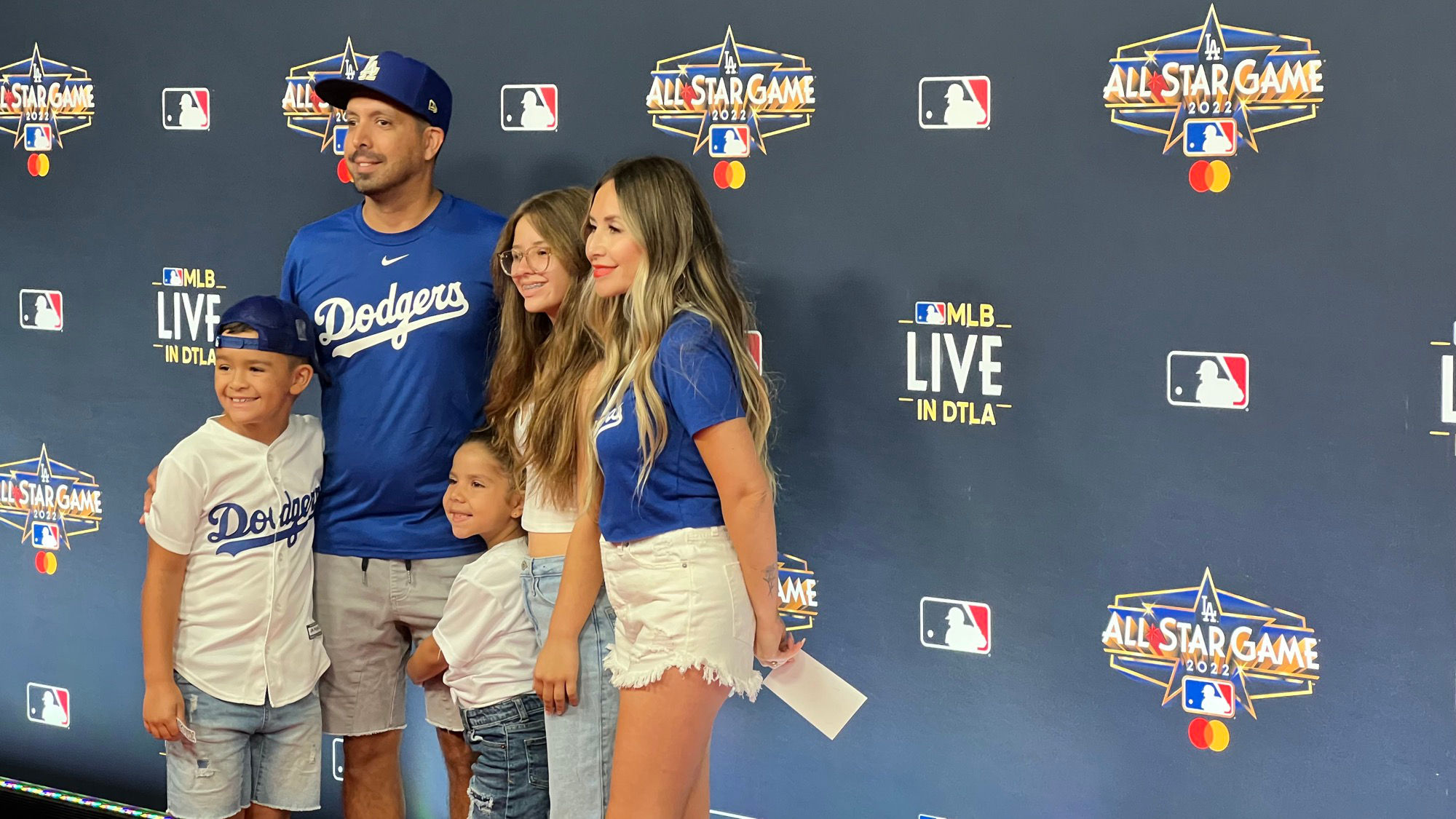

Play like and All-Star
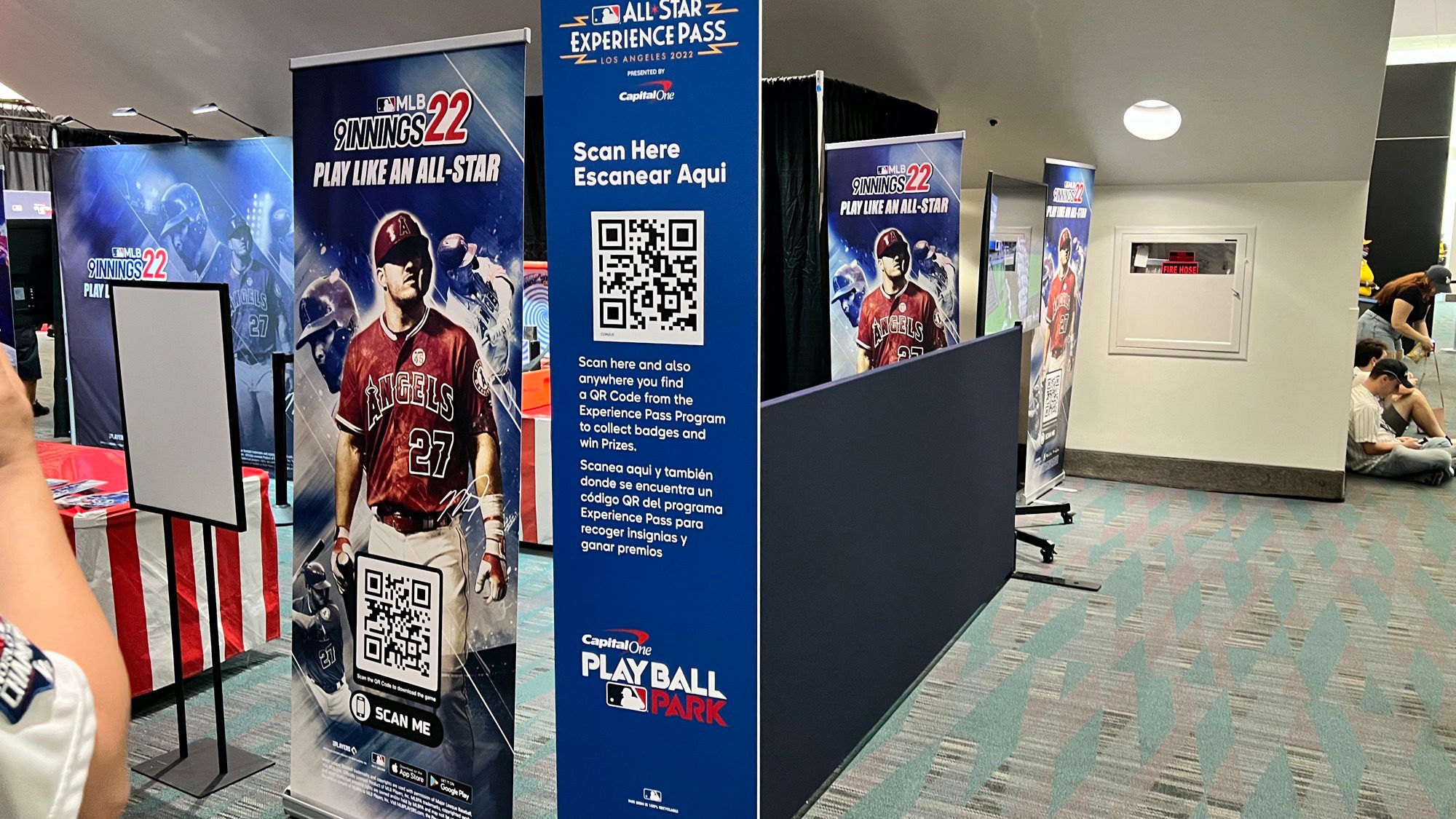
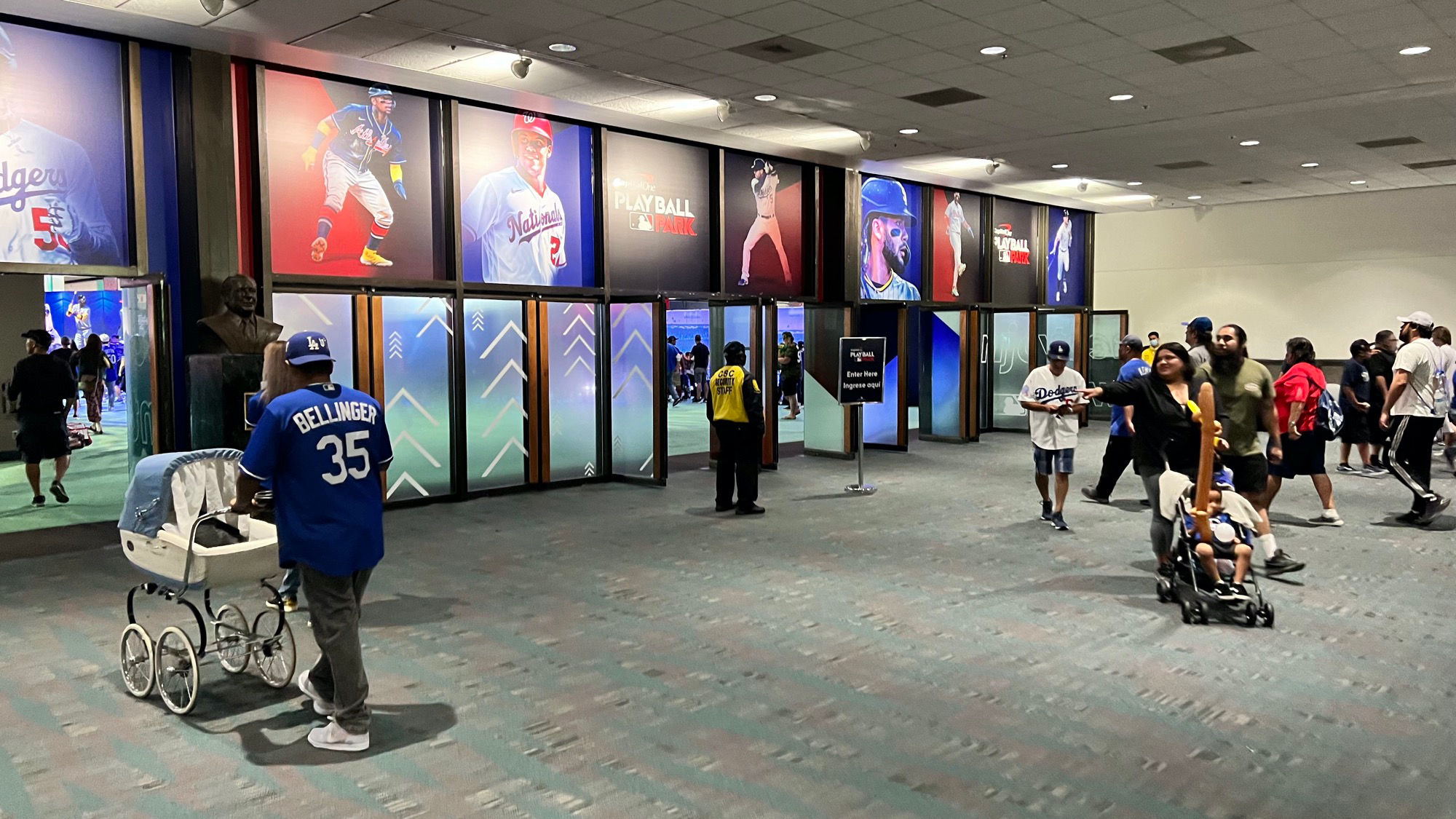

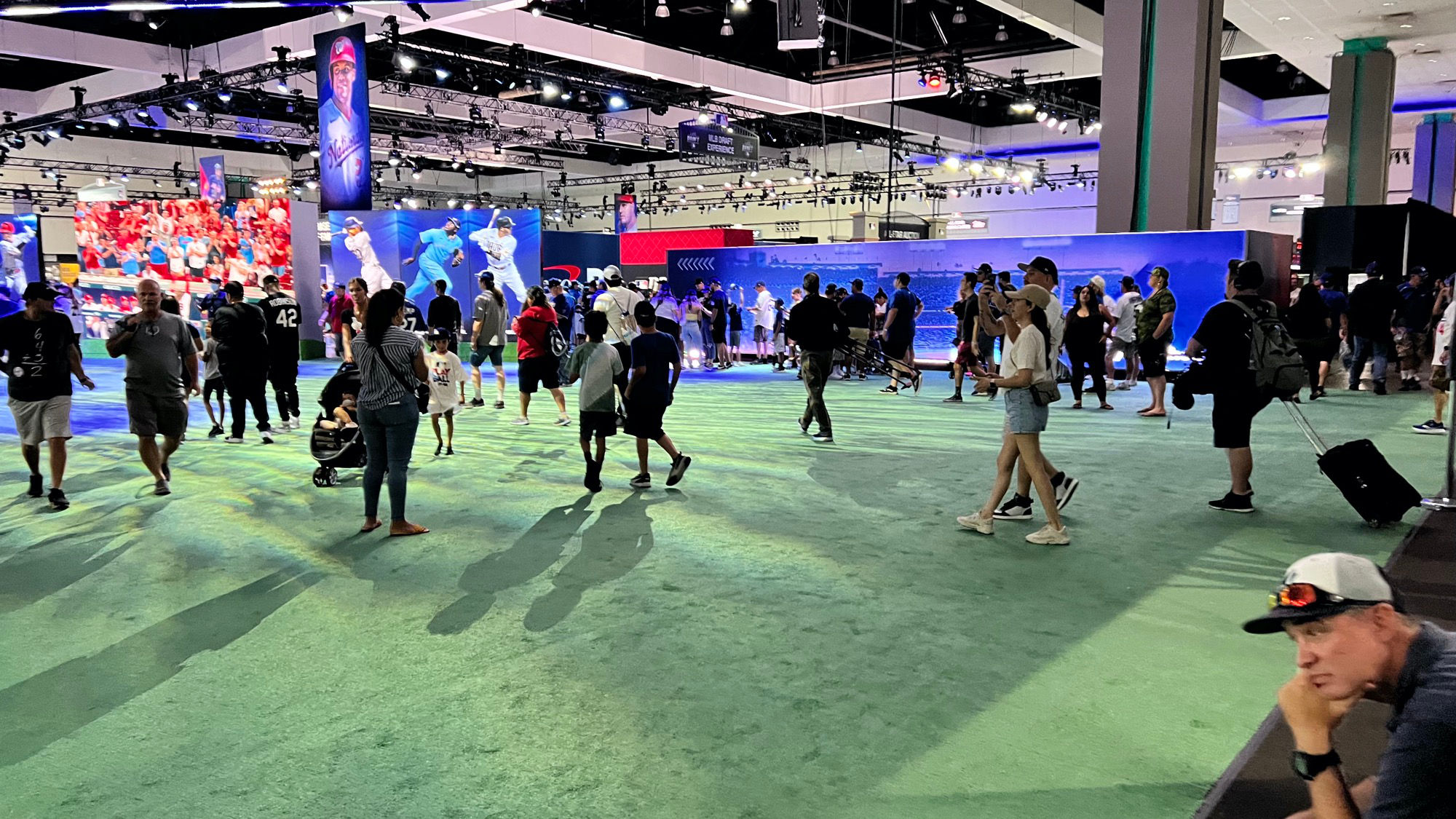
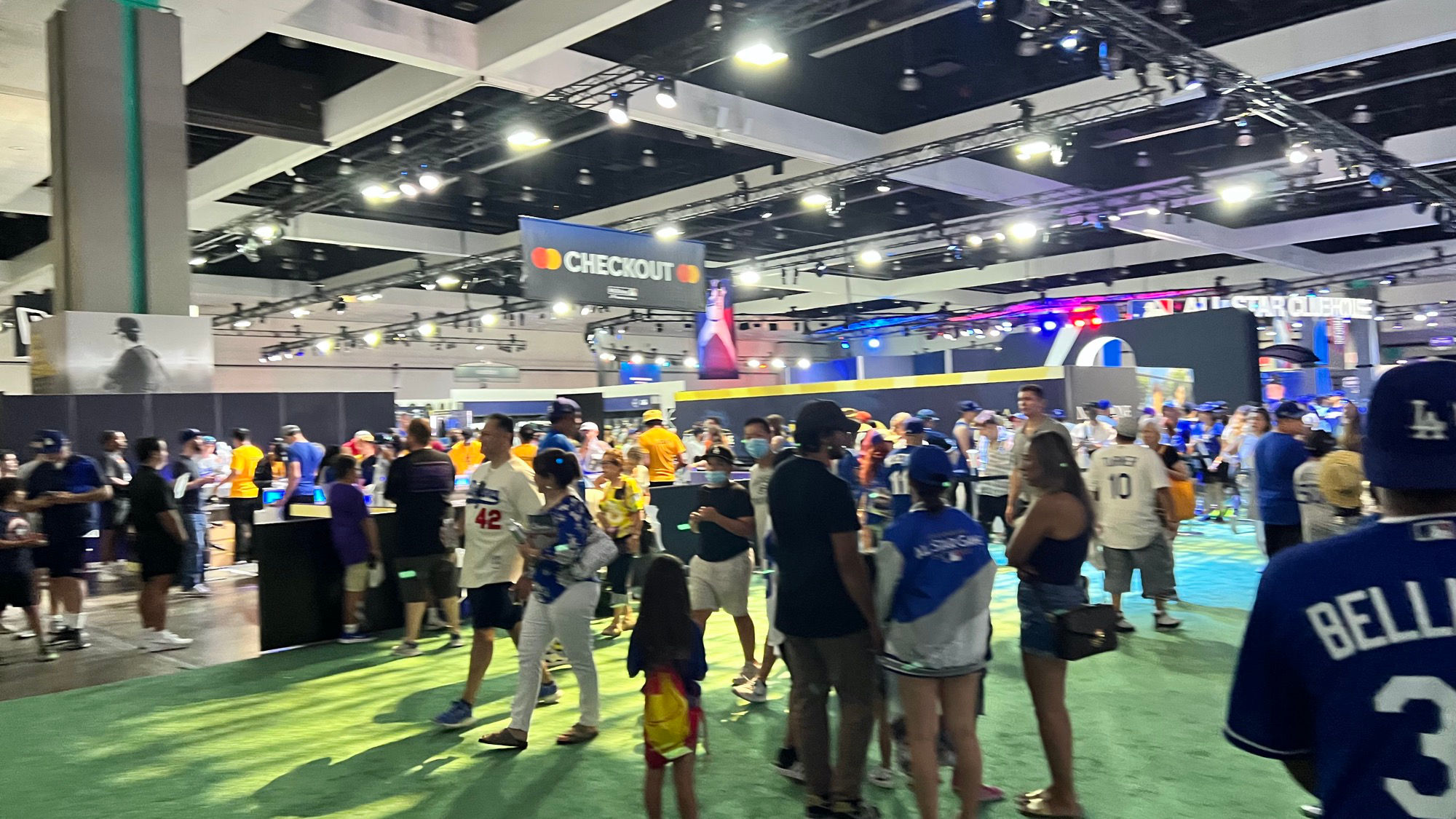
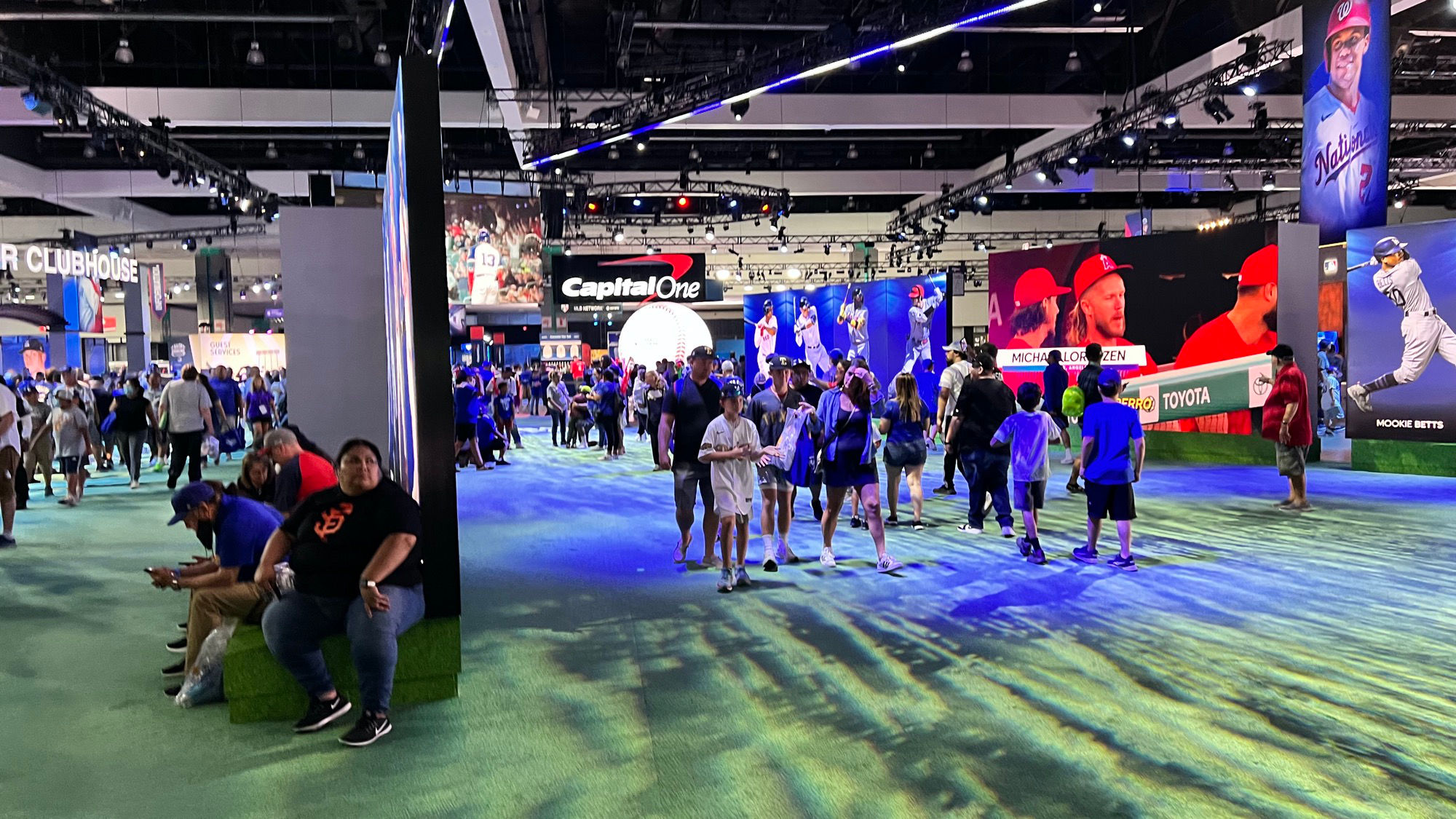
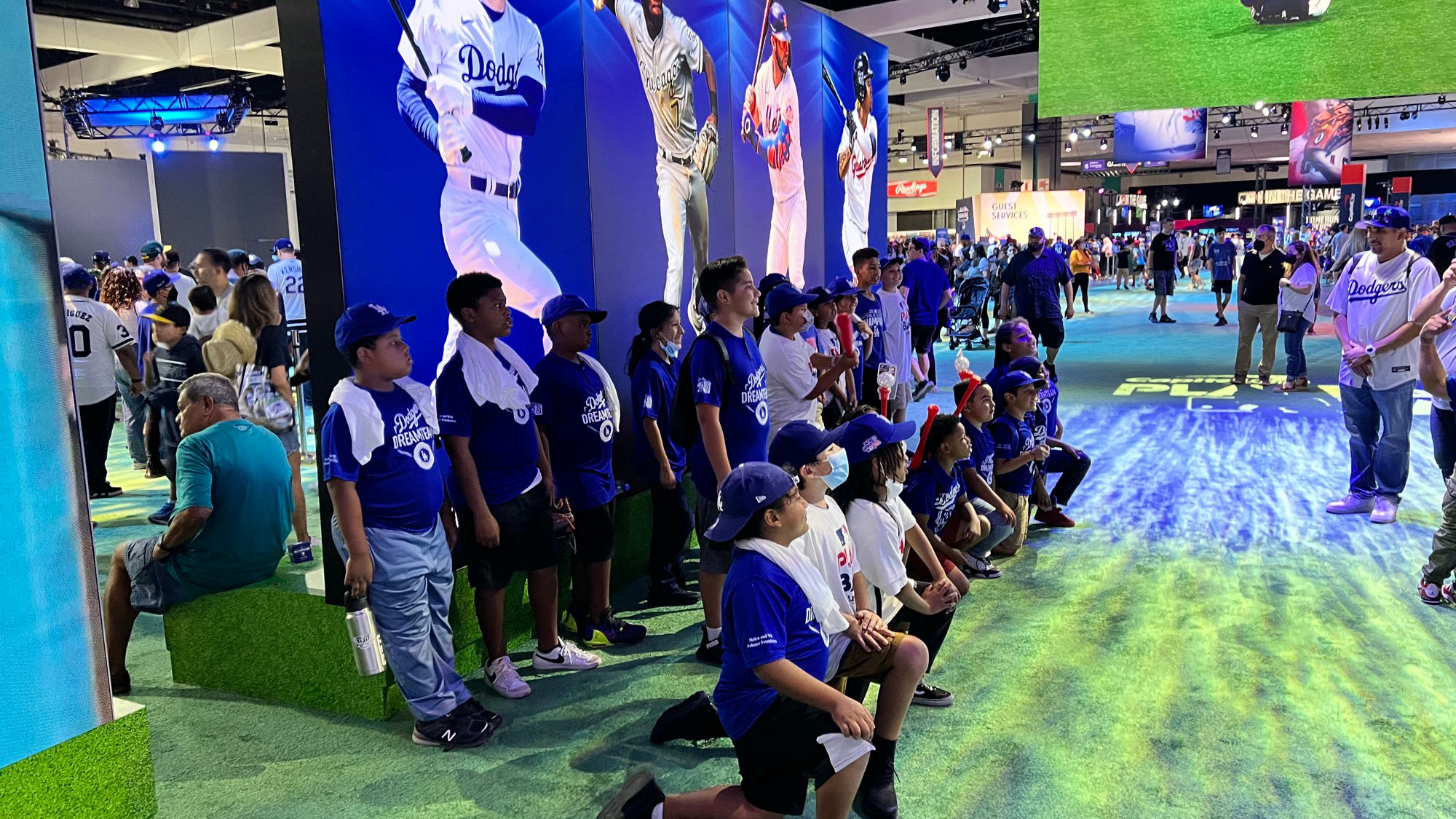
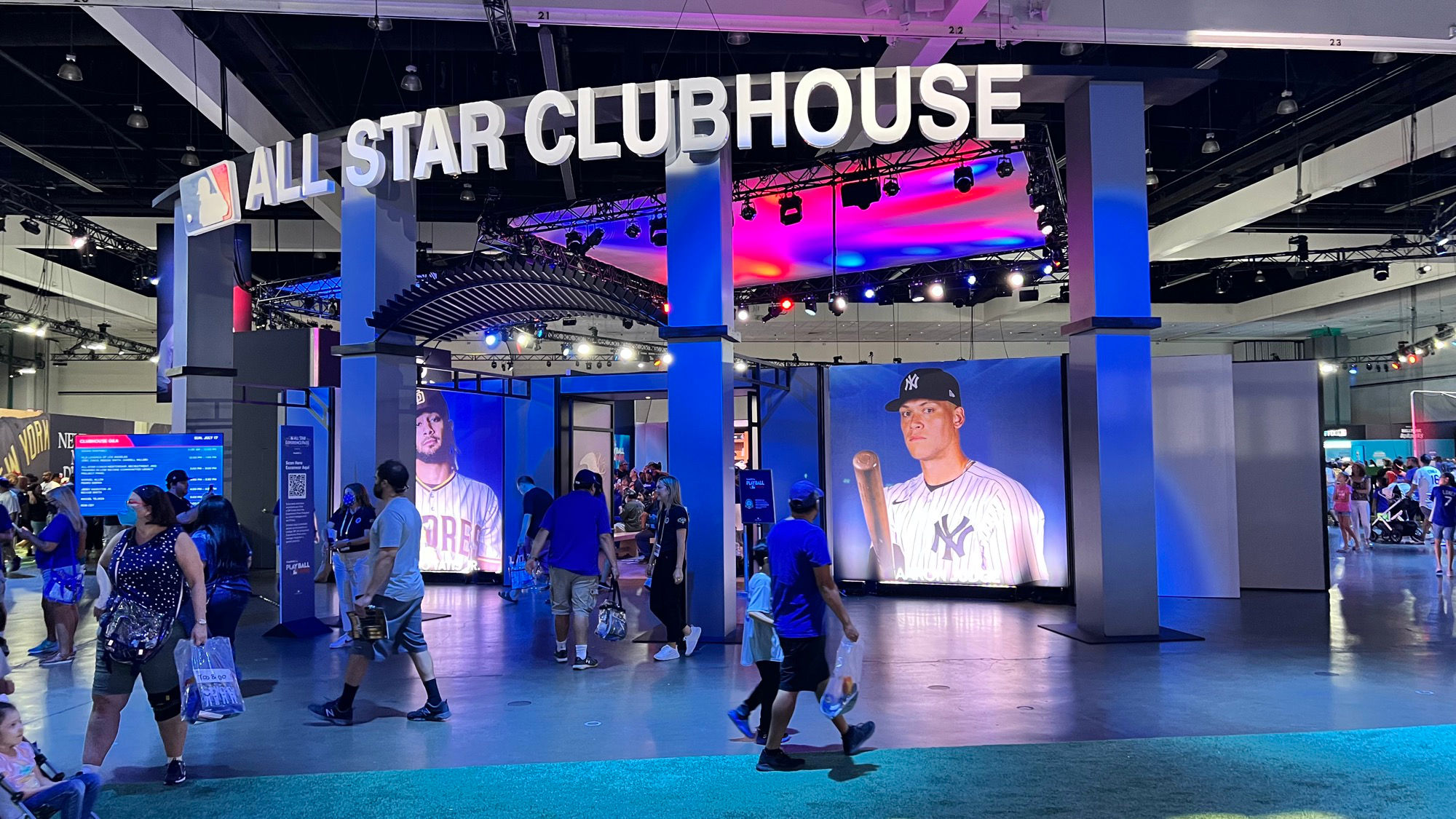
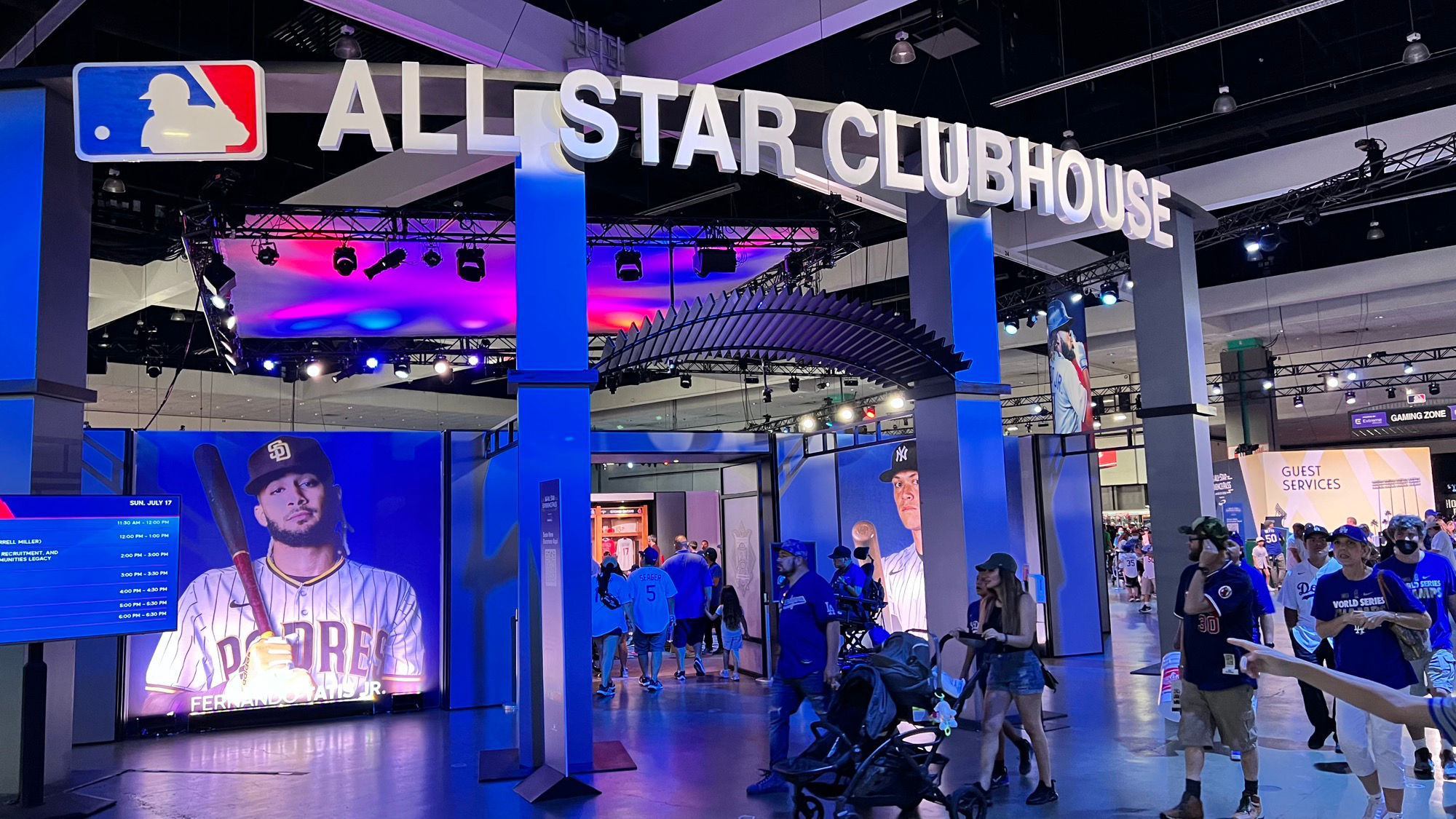

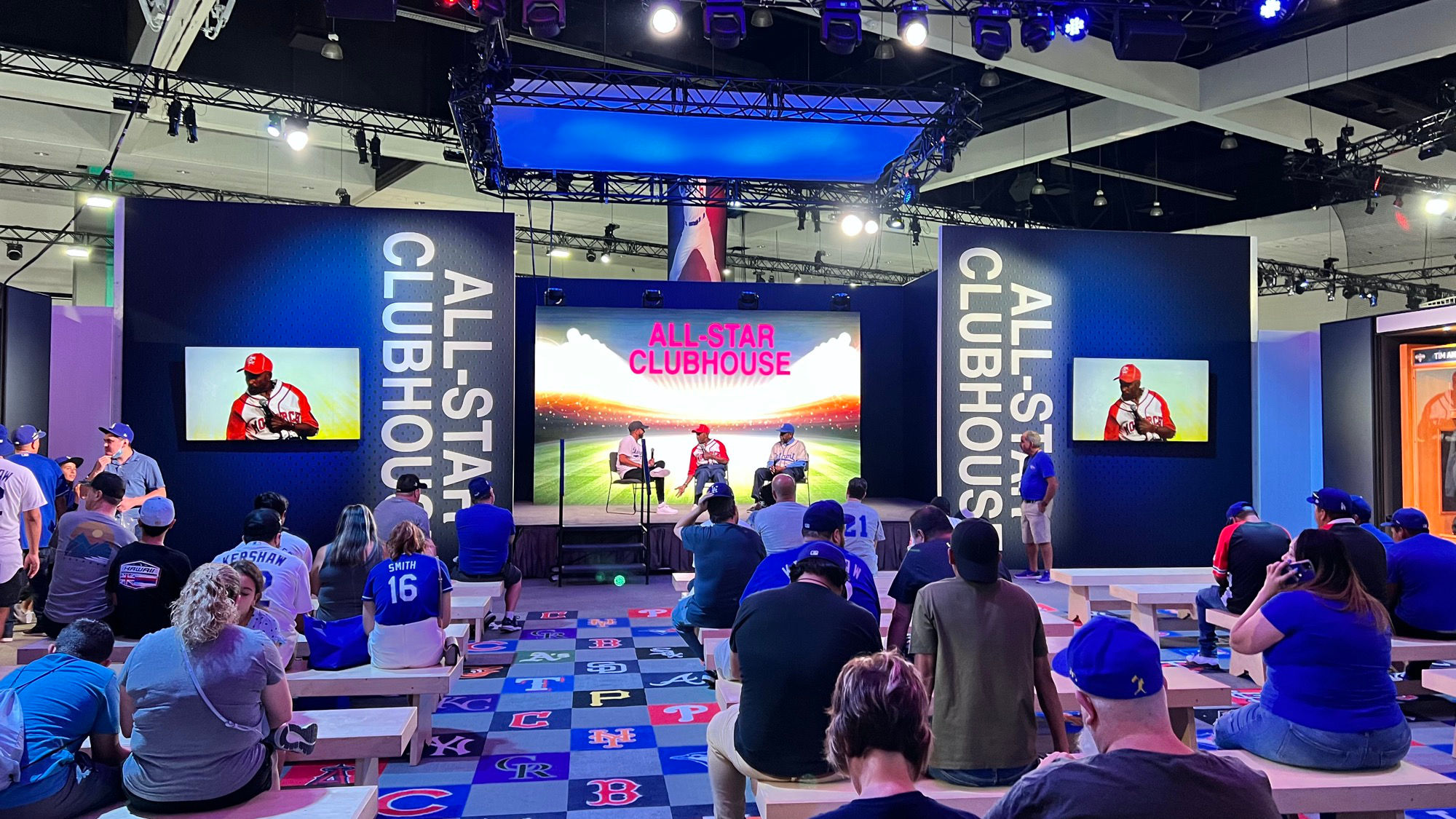
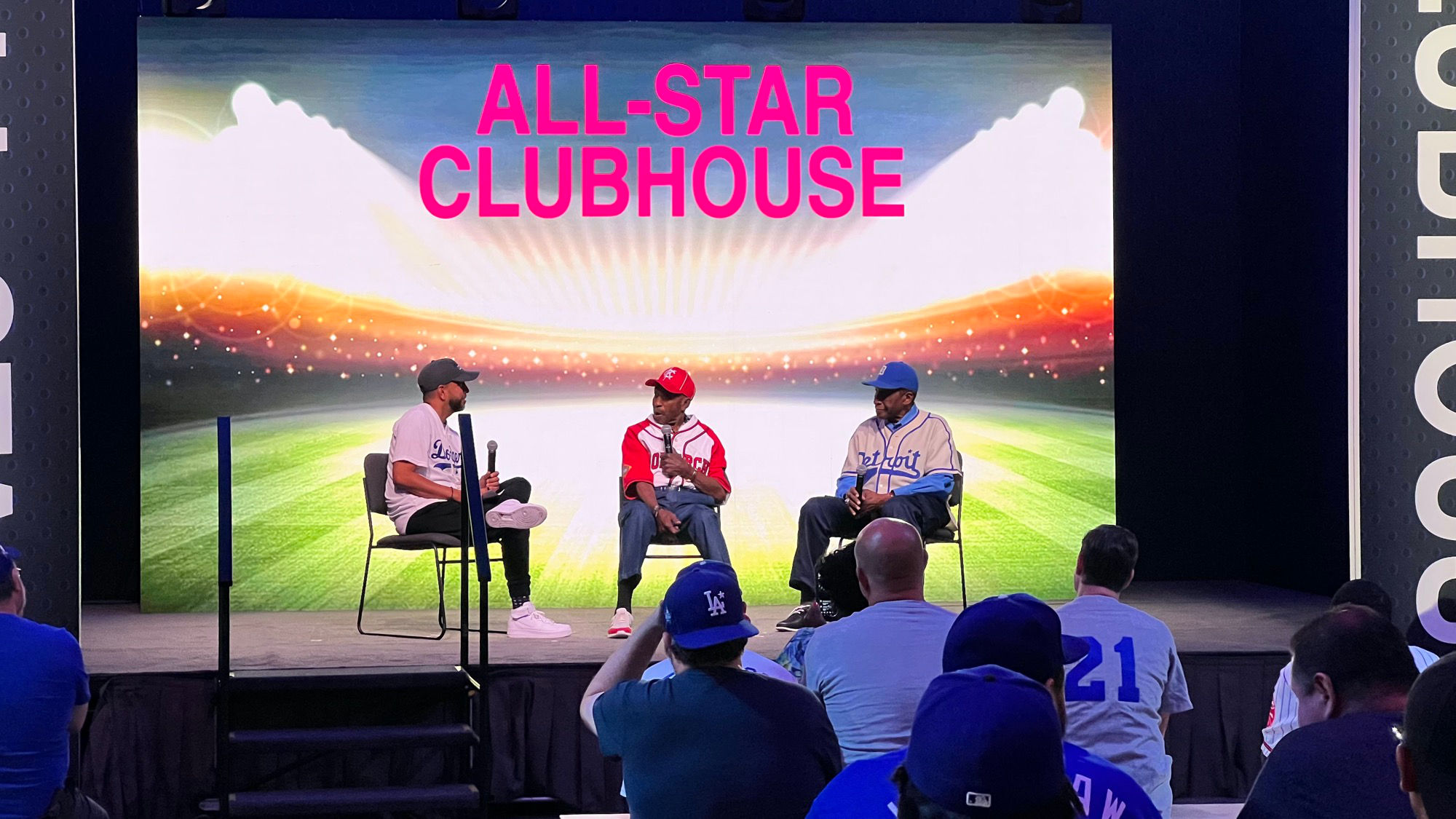
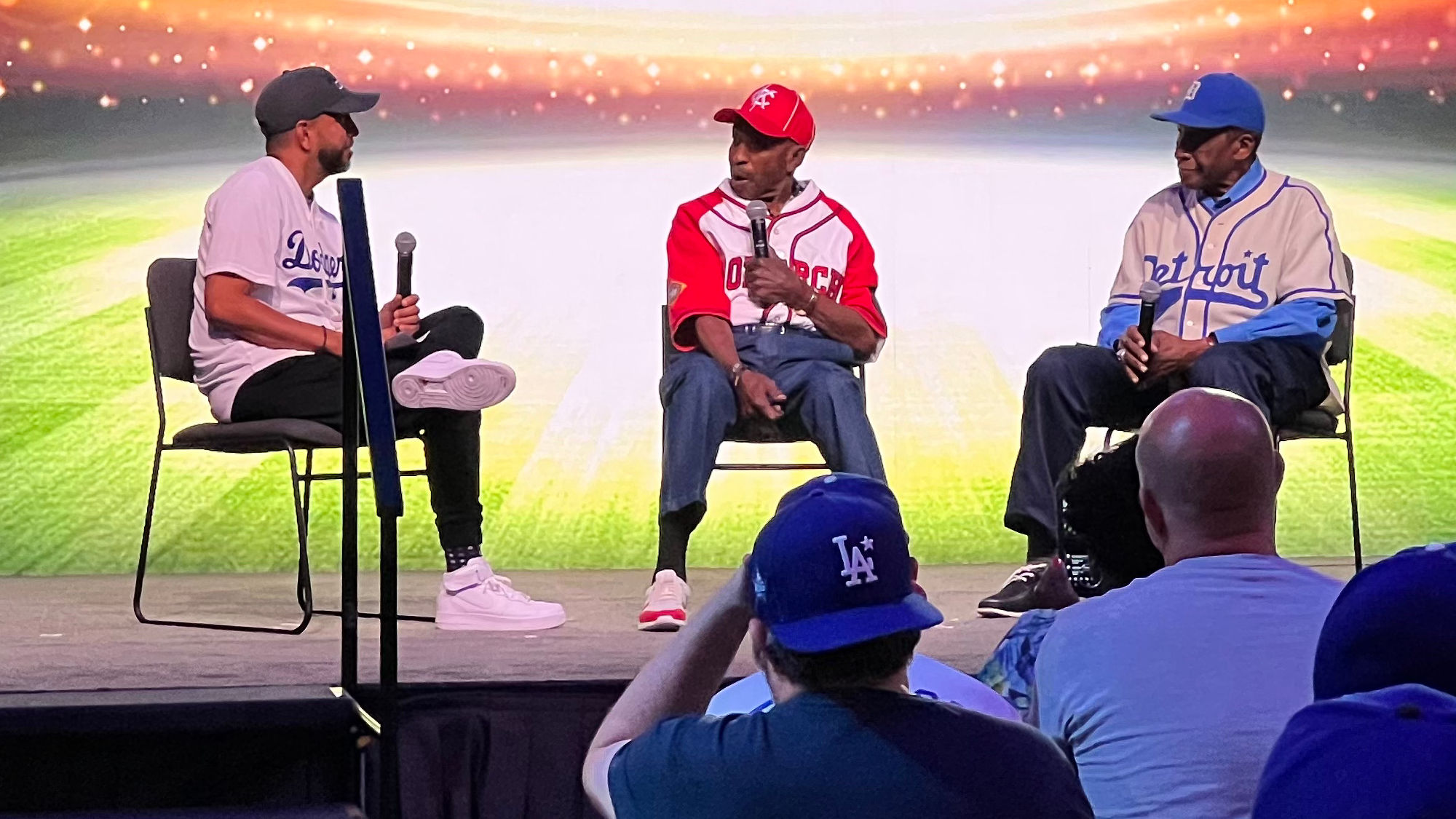

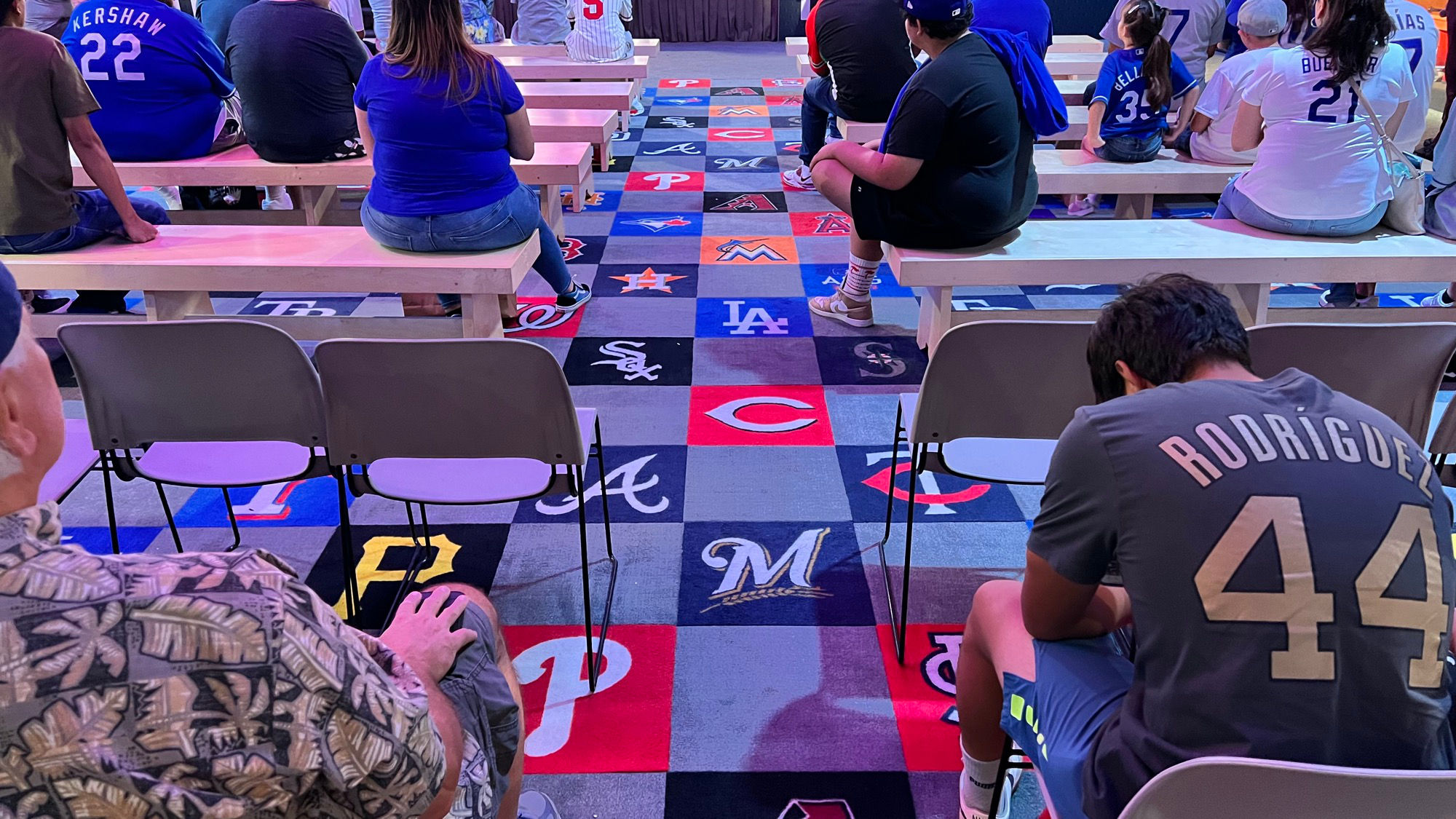
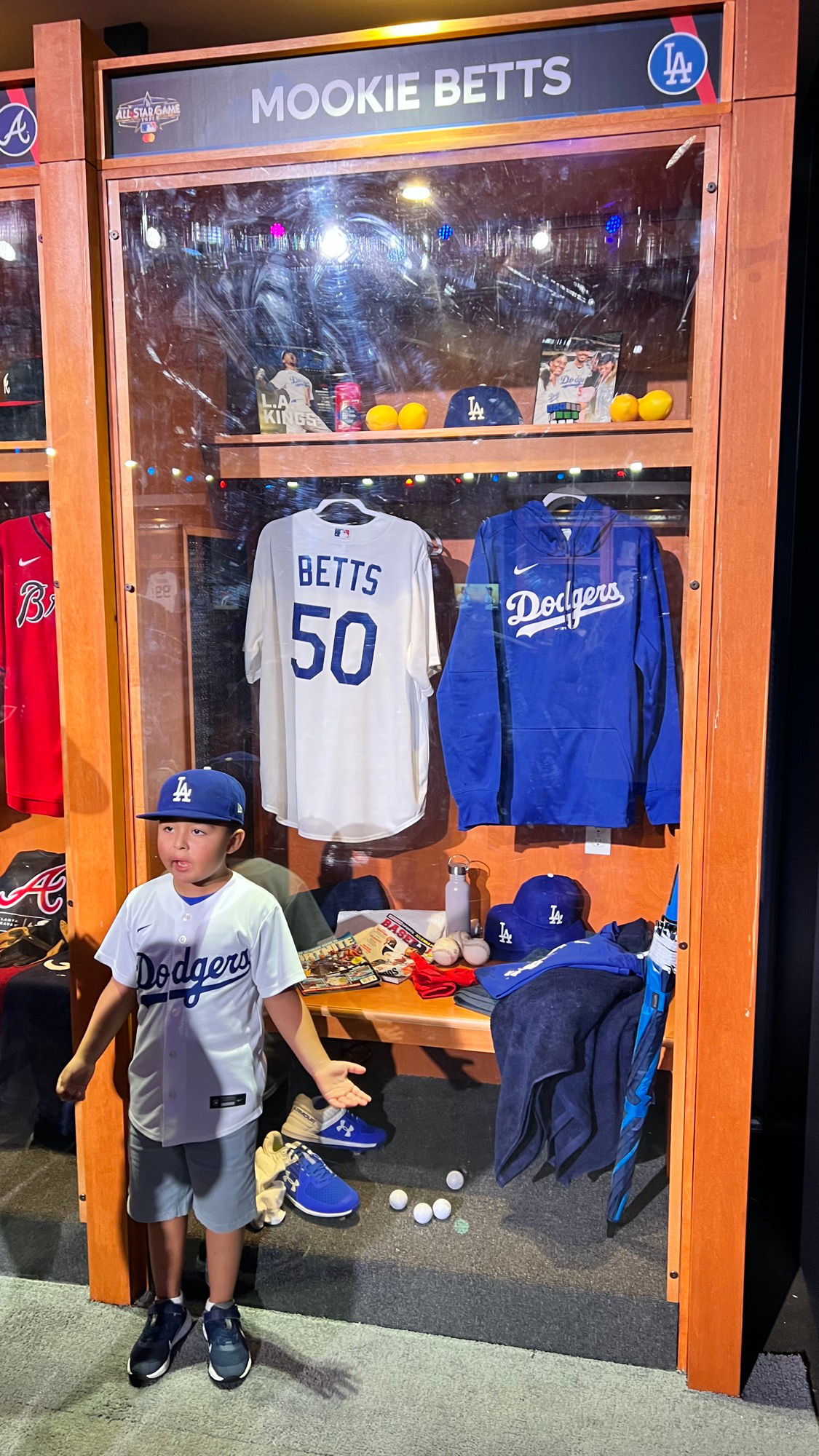
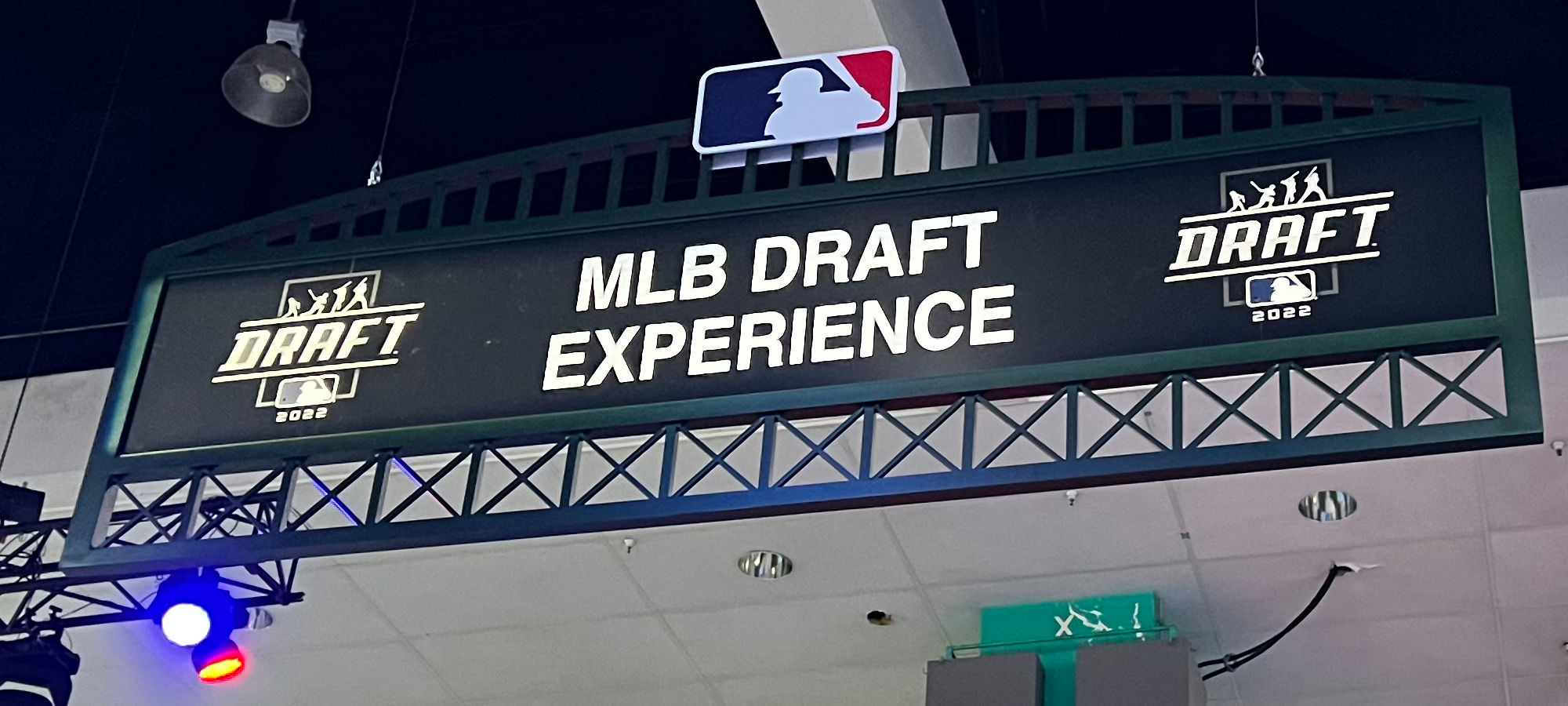
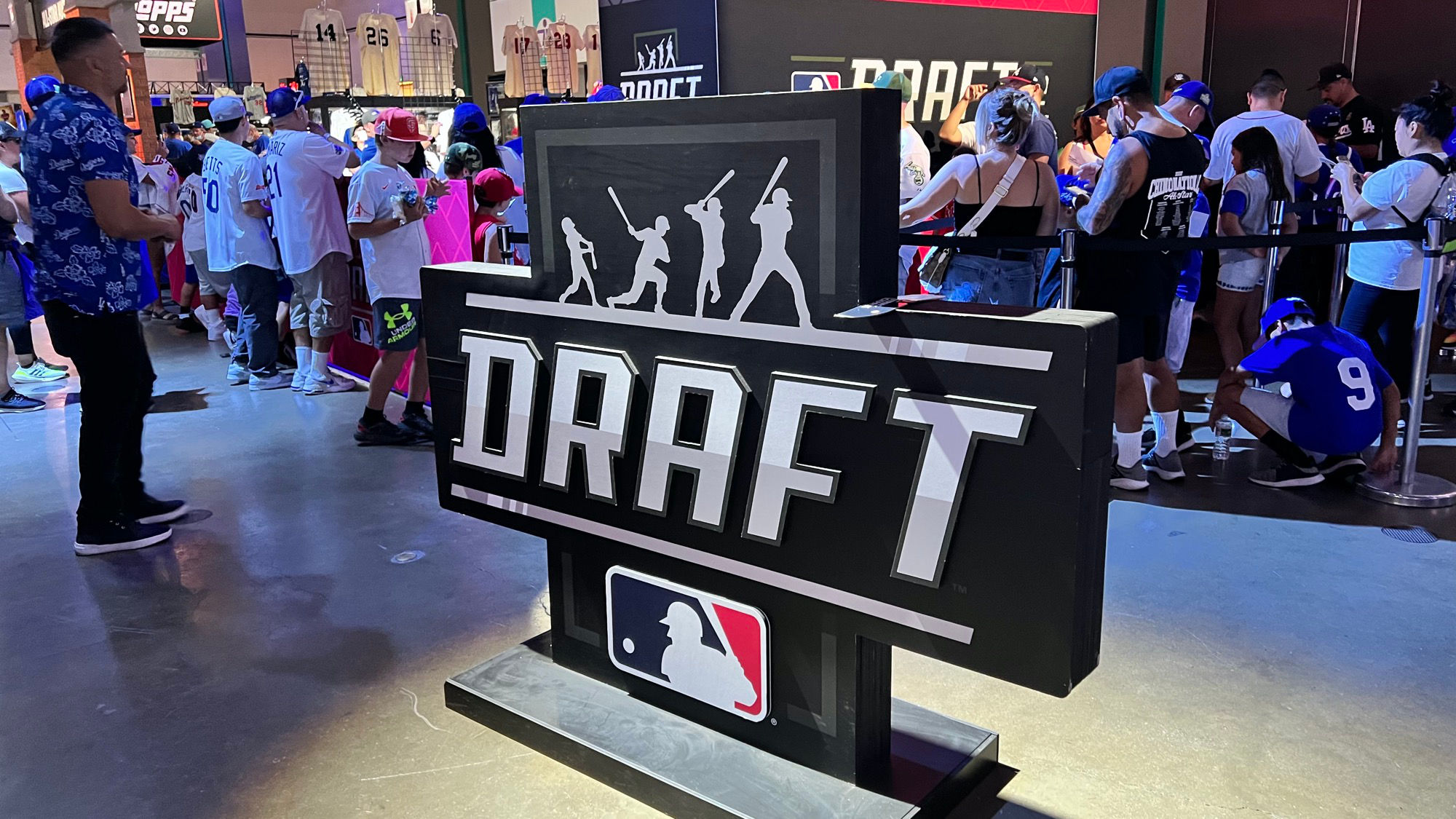
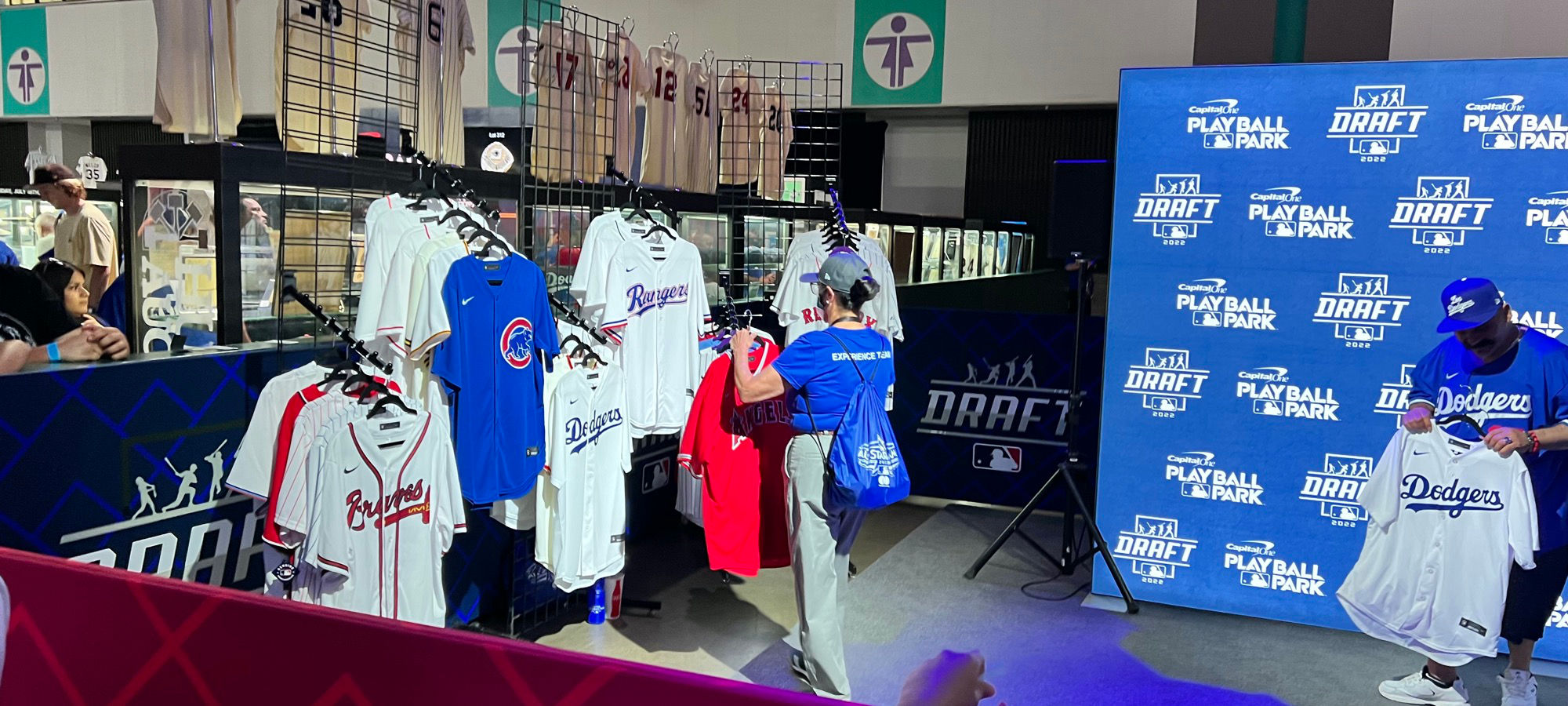
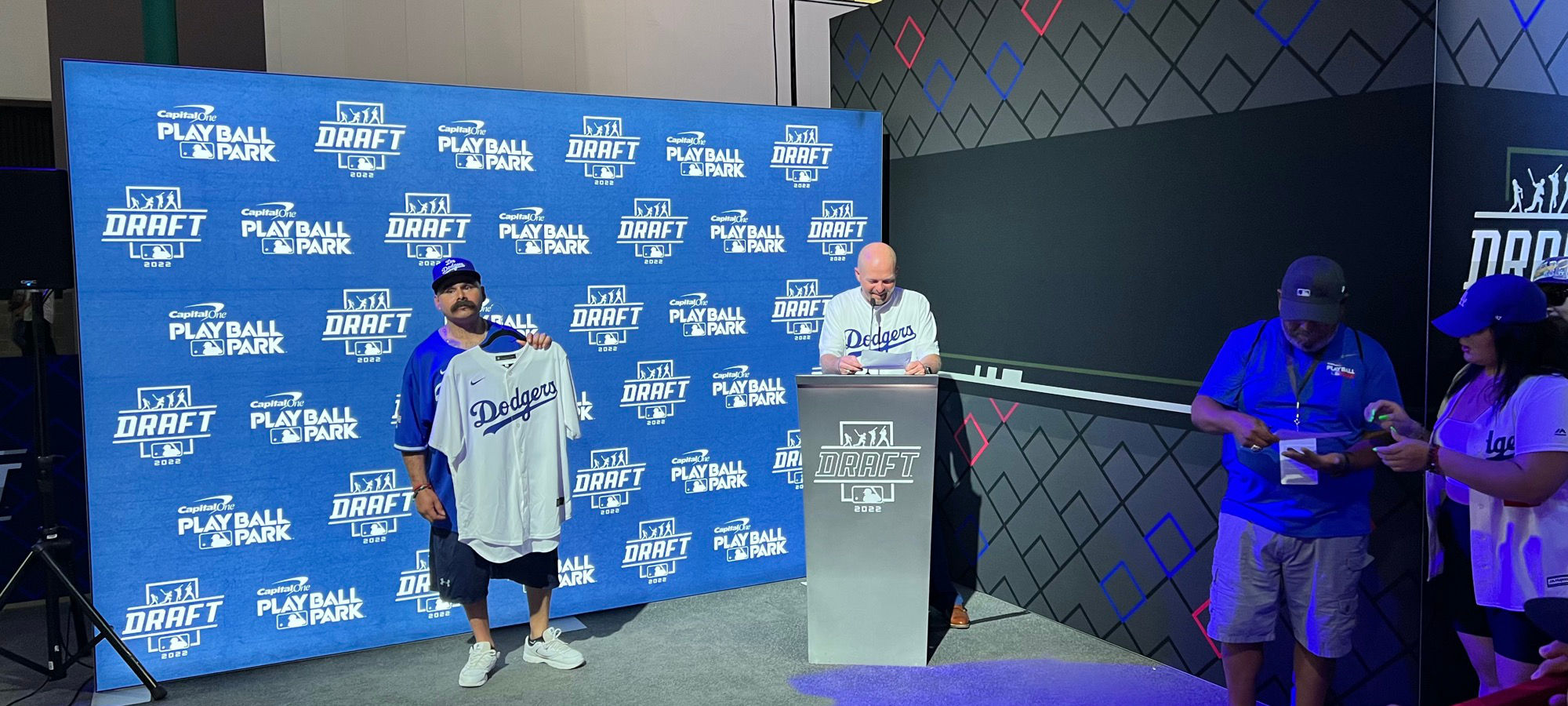

Take a Card, Leave a Card
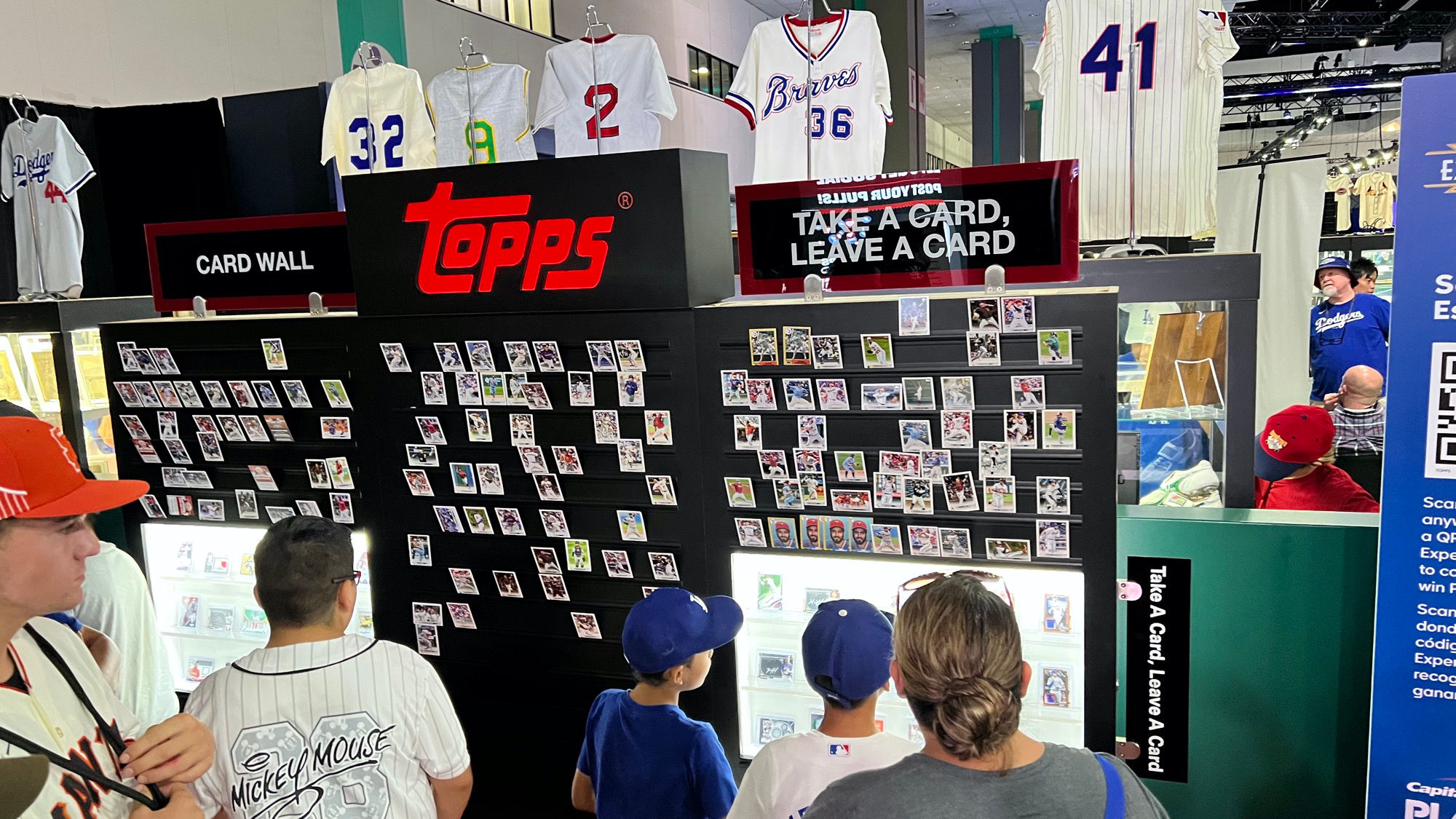
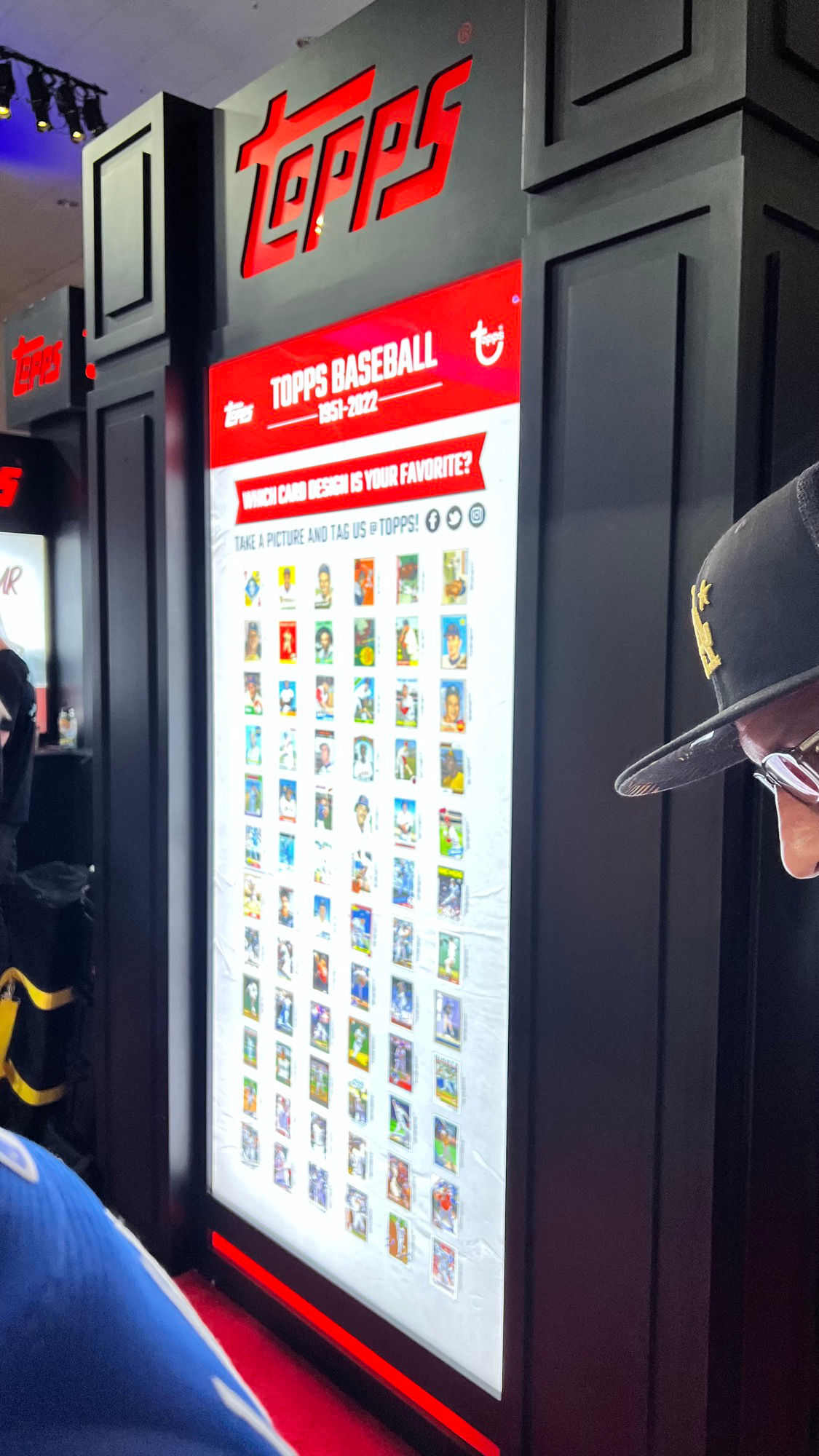
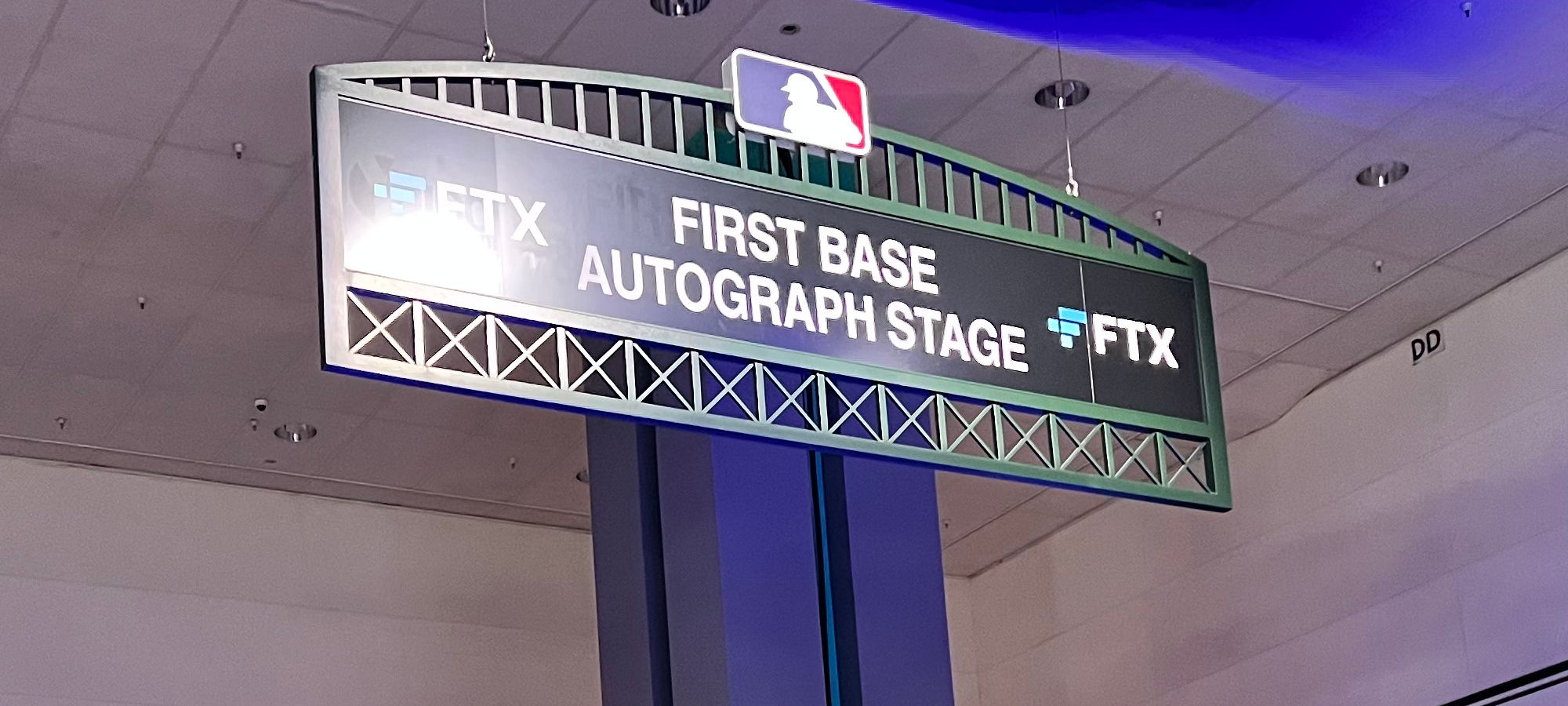

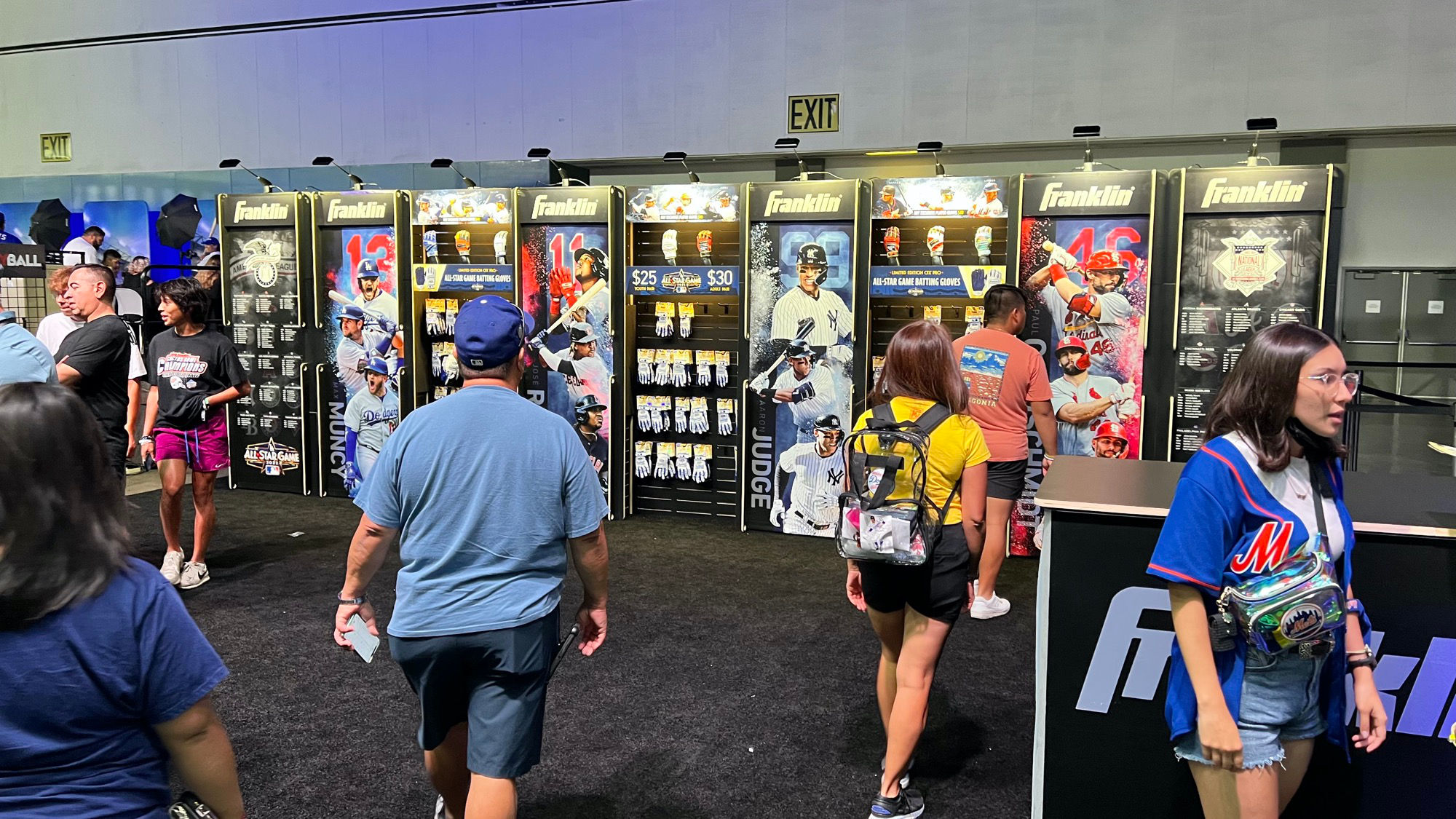
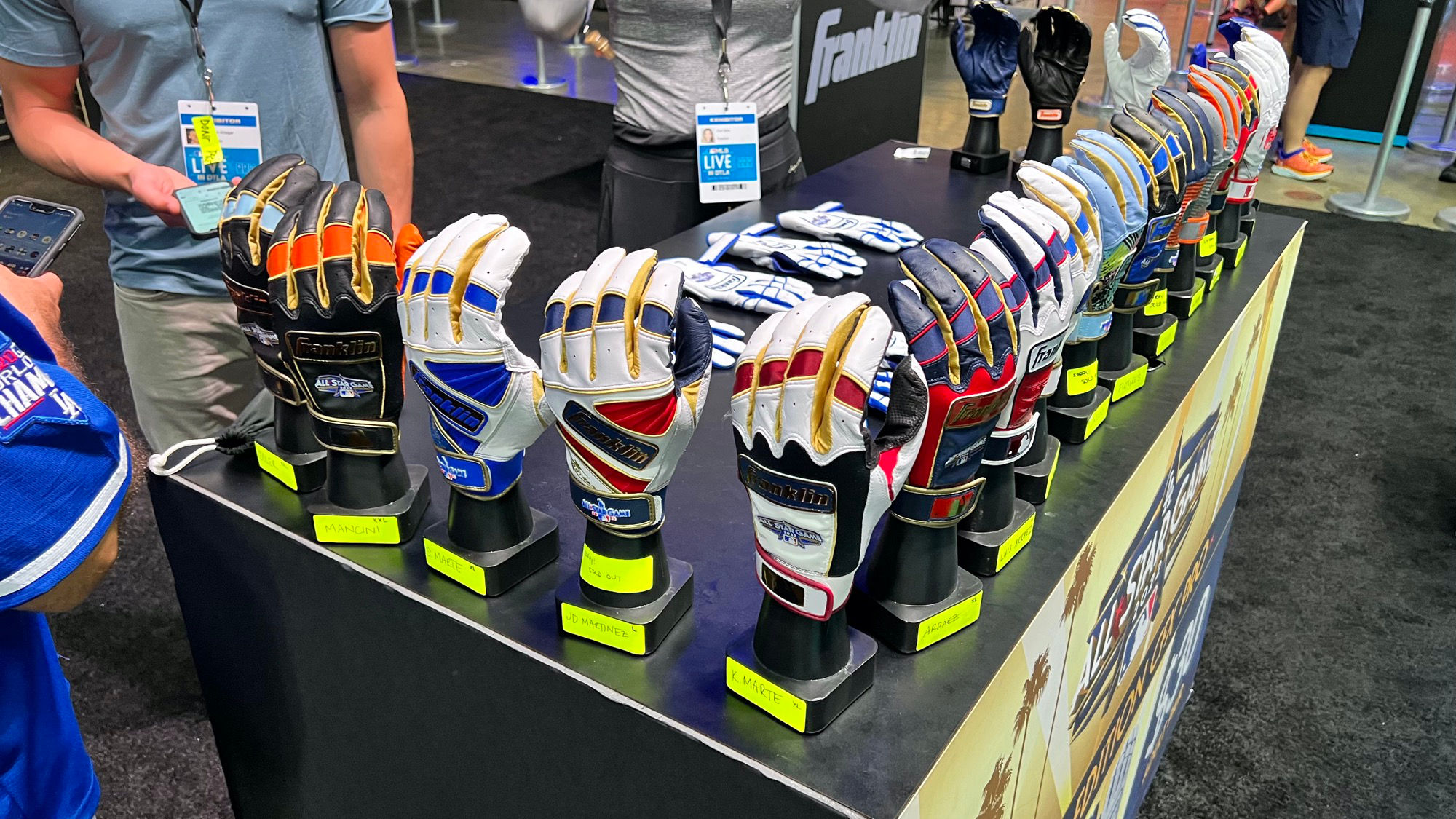
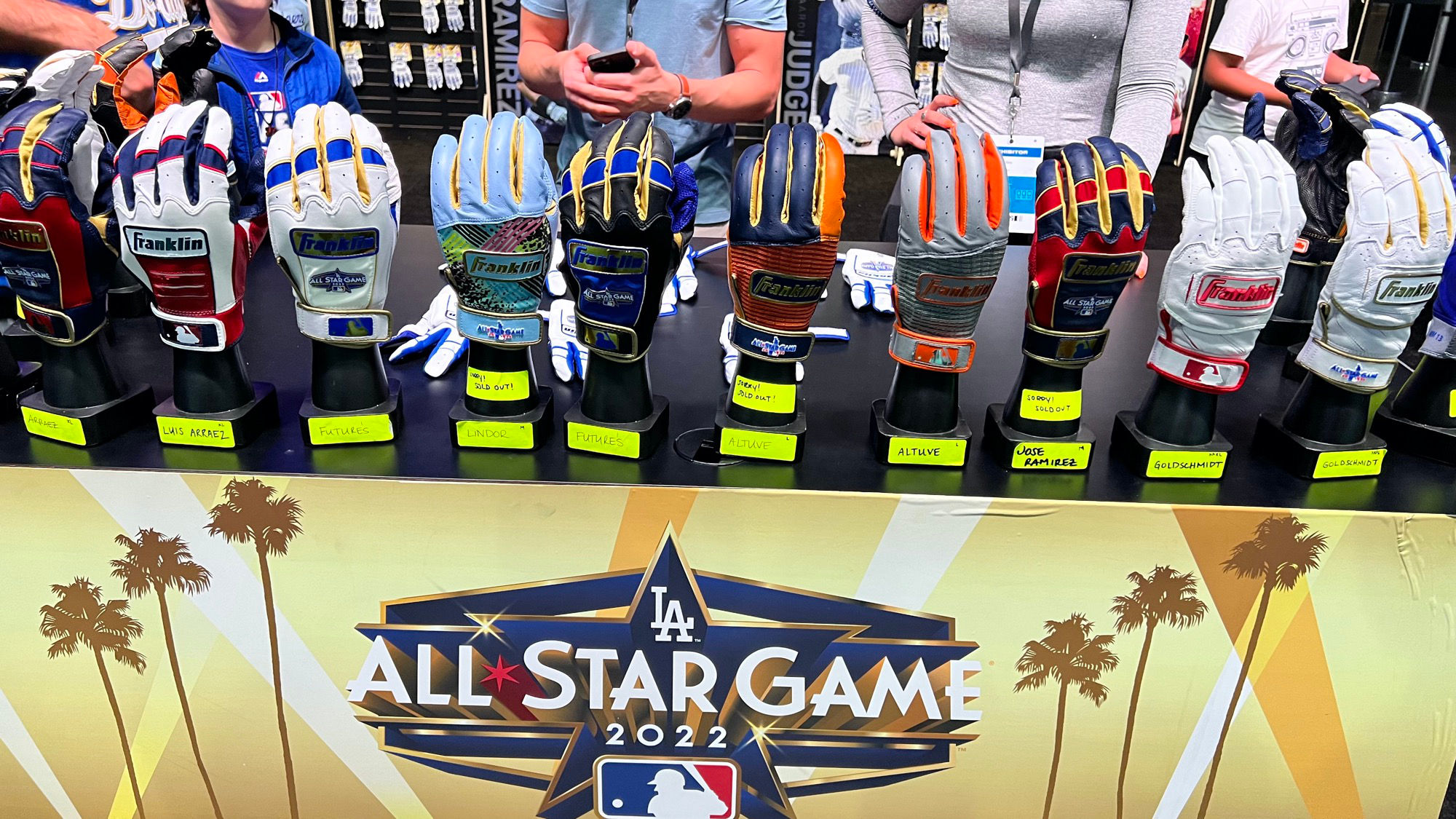
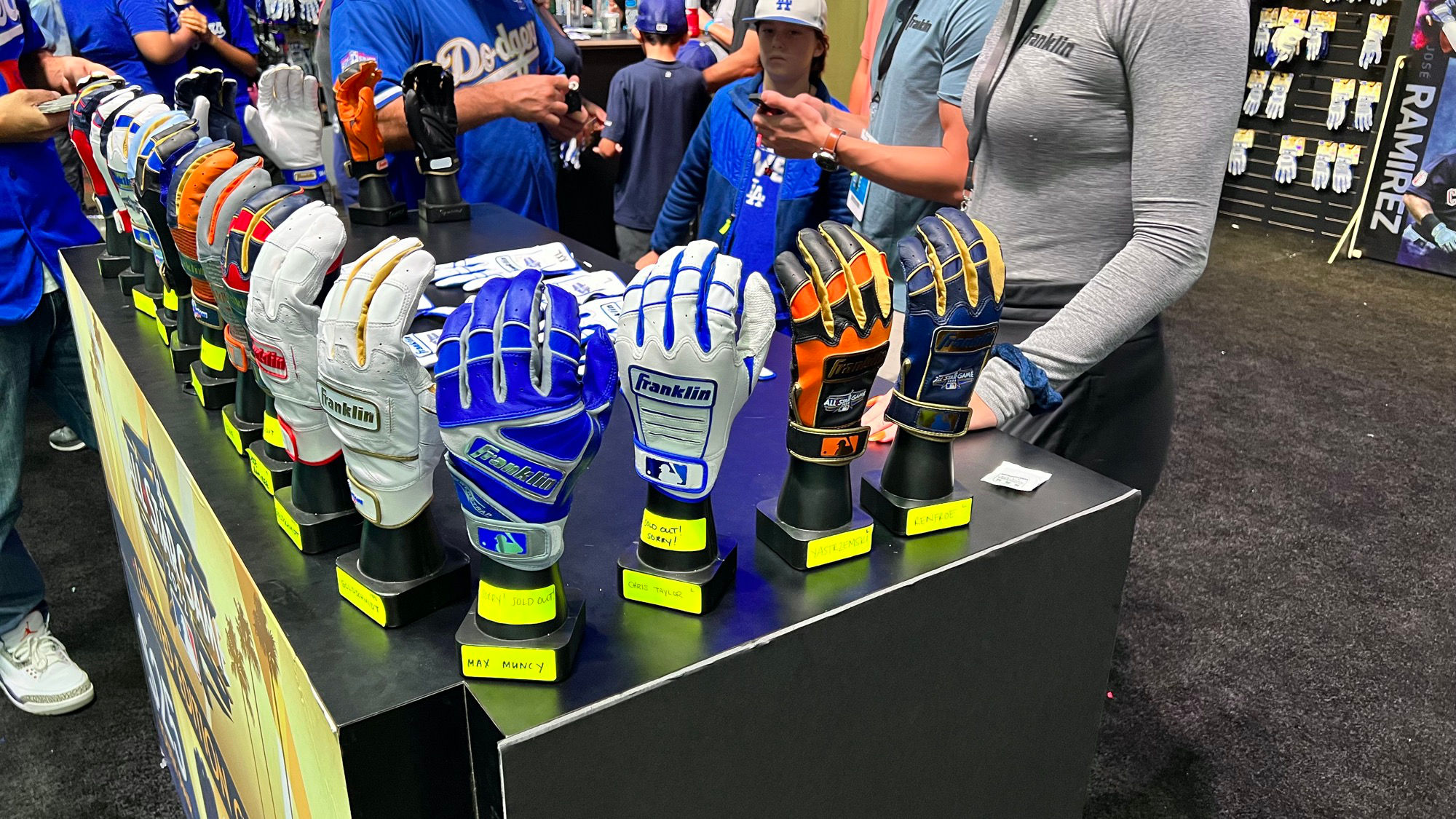
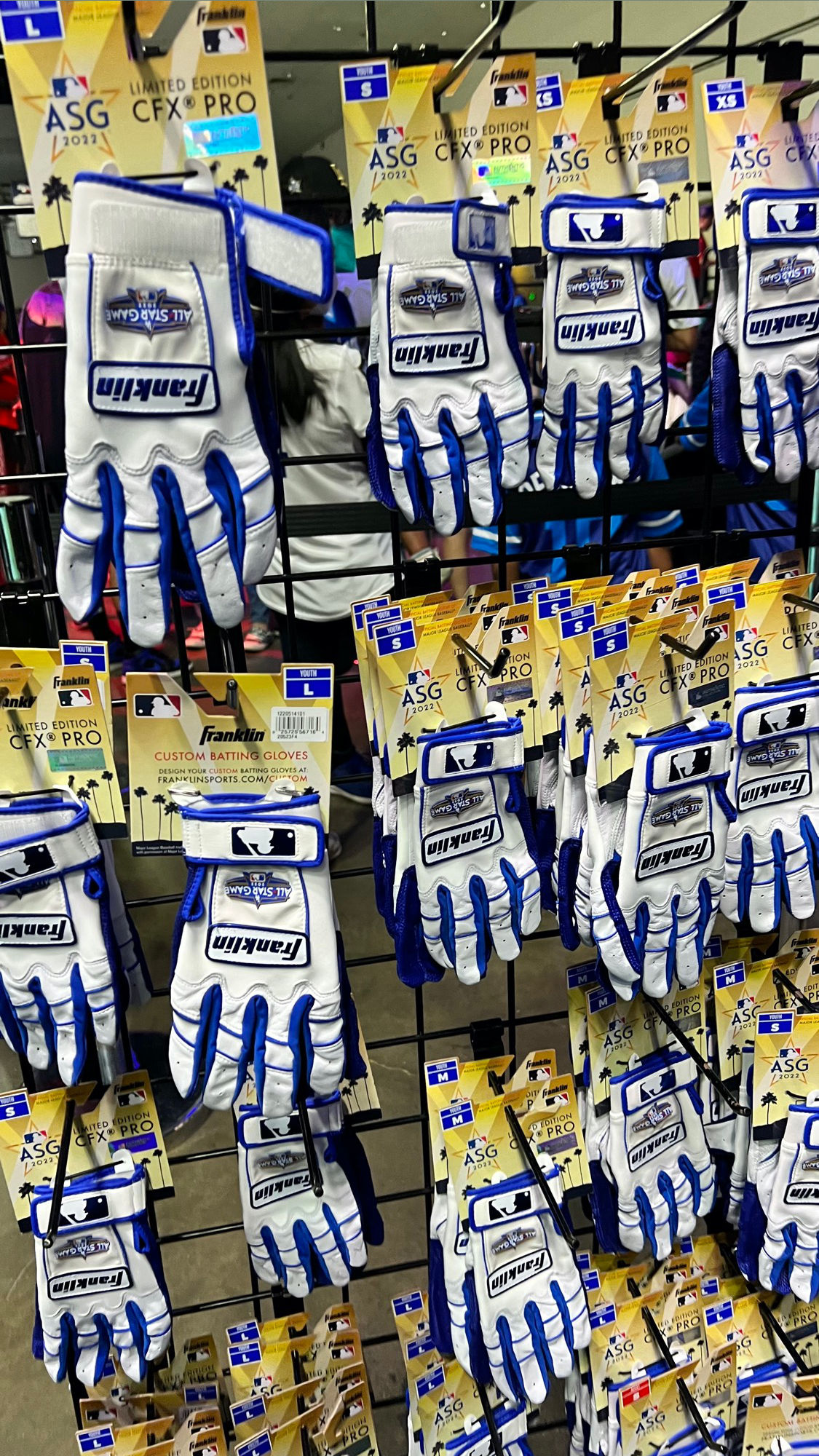
ASG CFX PROS
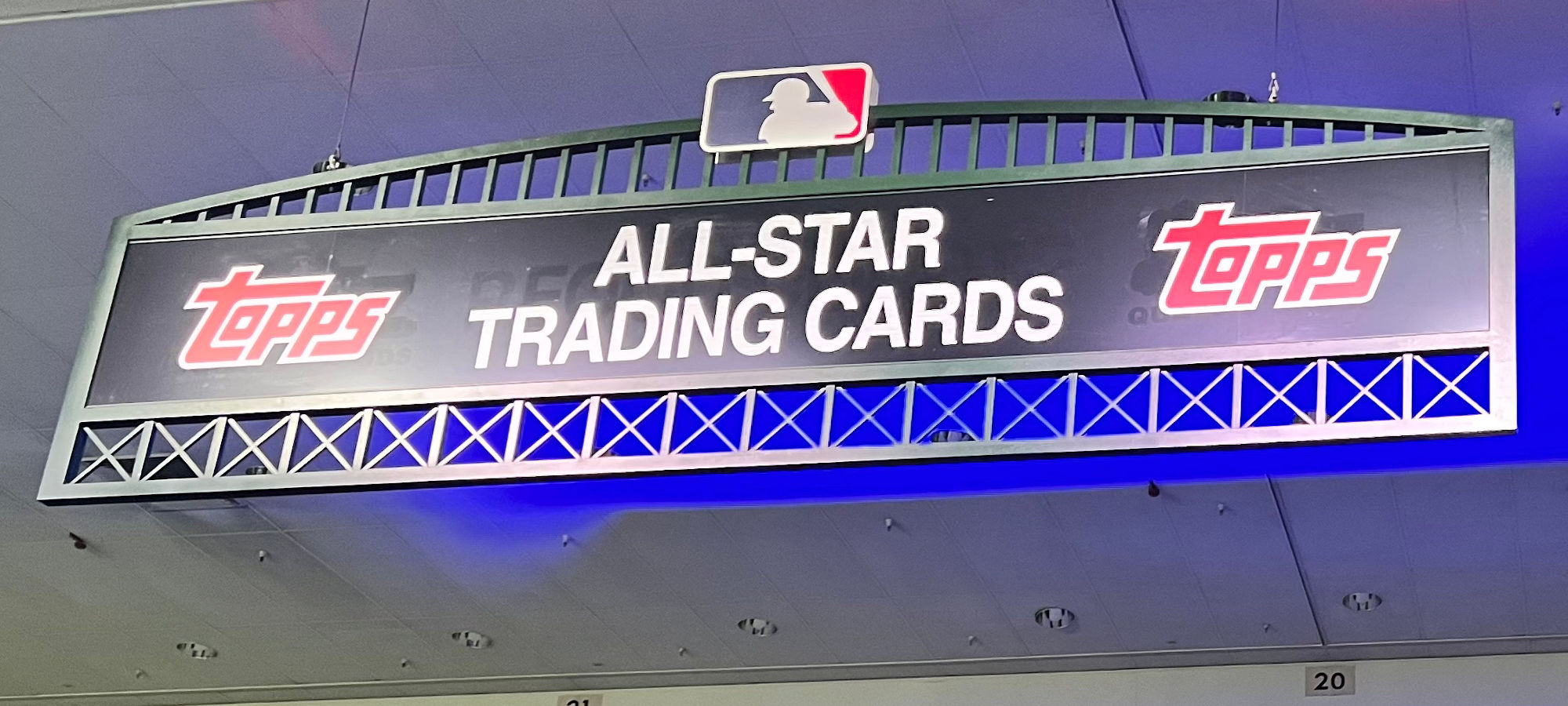
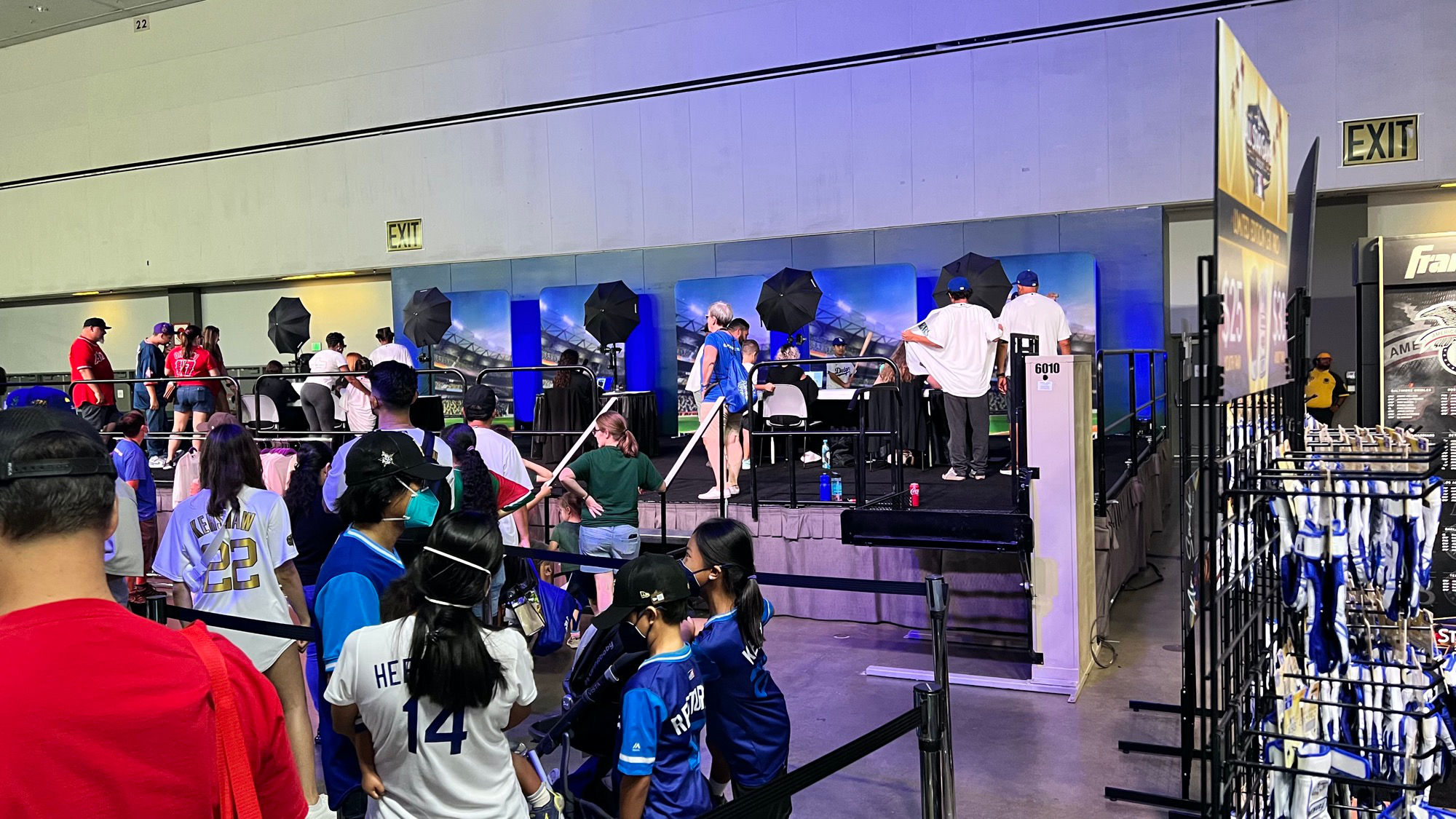
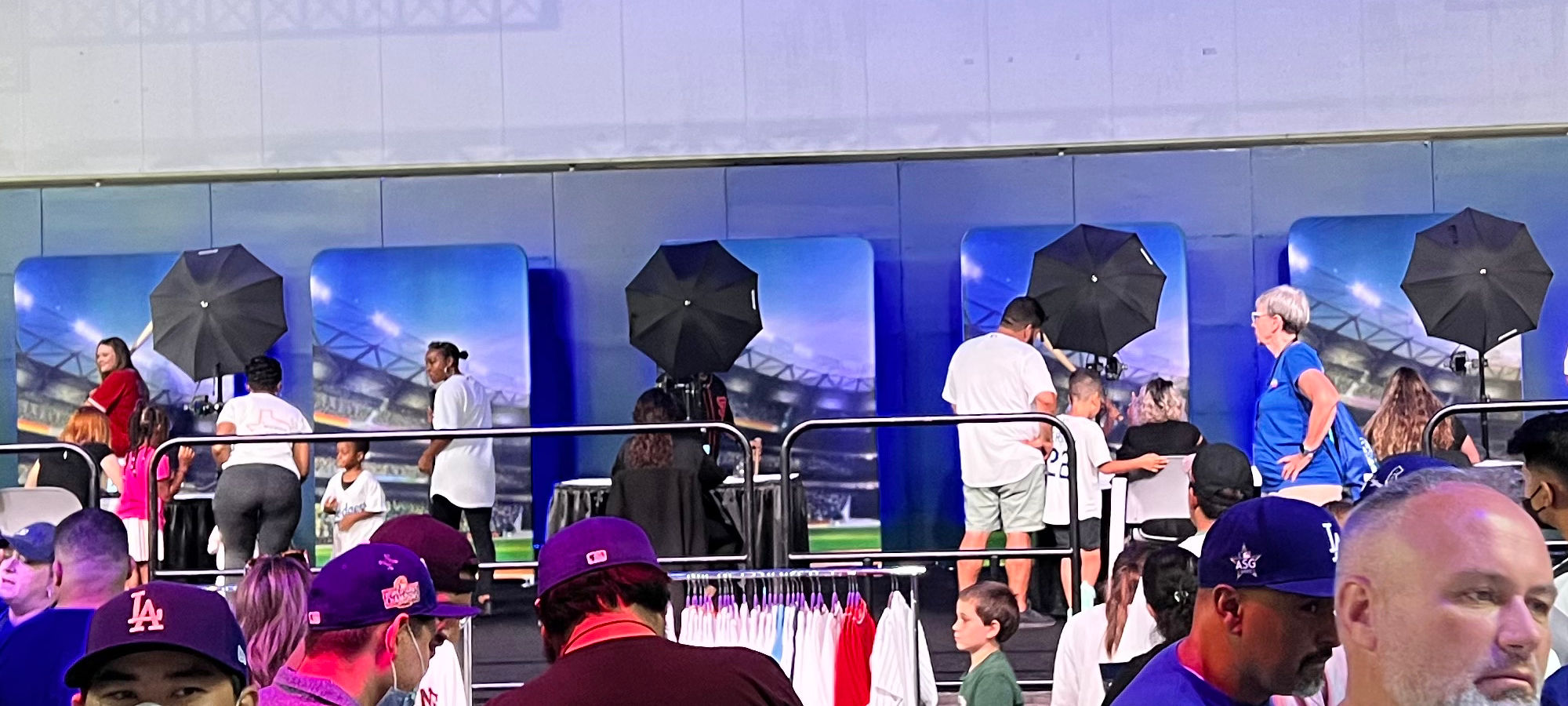
Personalized Baseball Cards
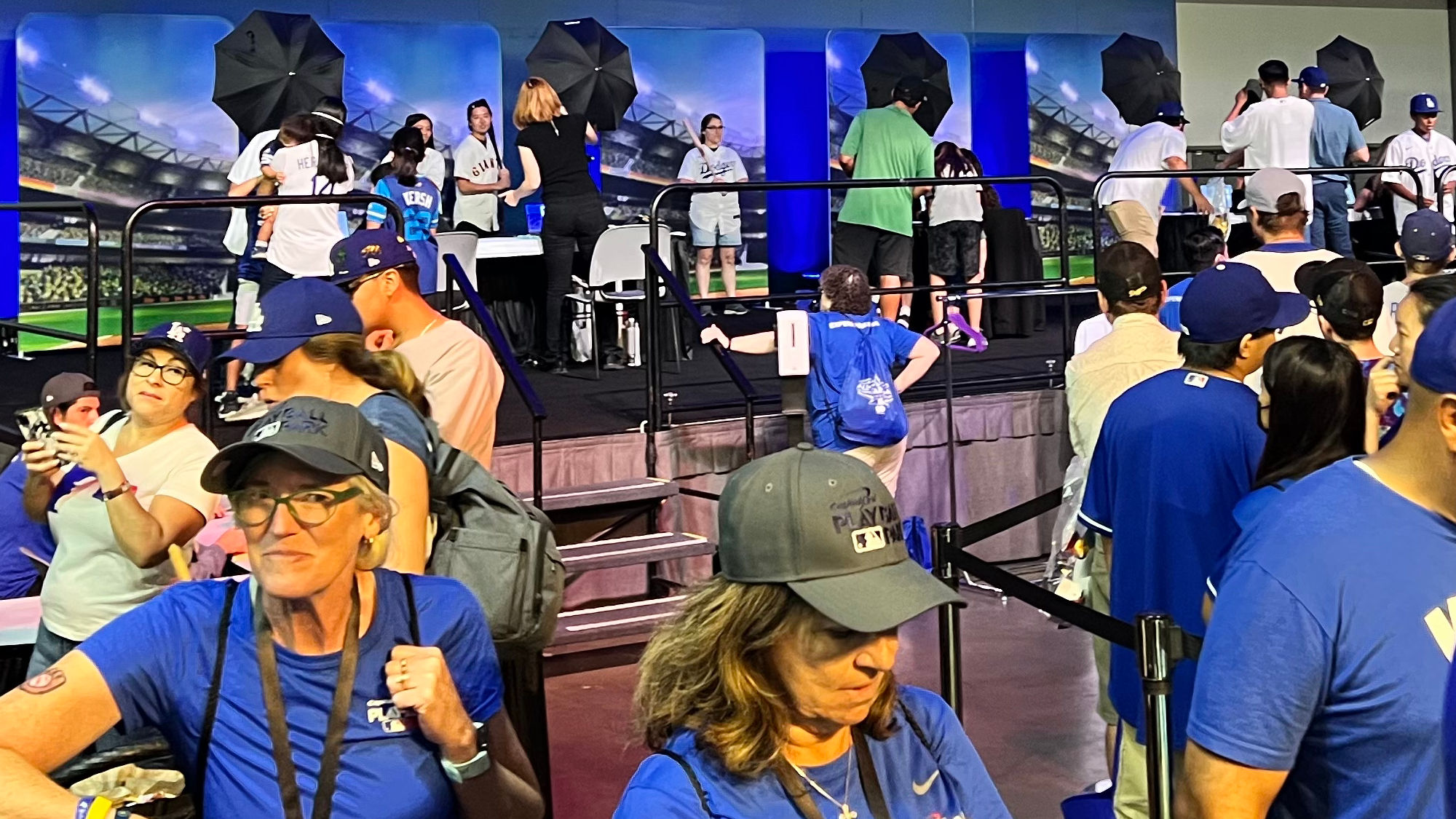

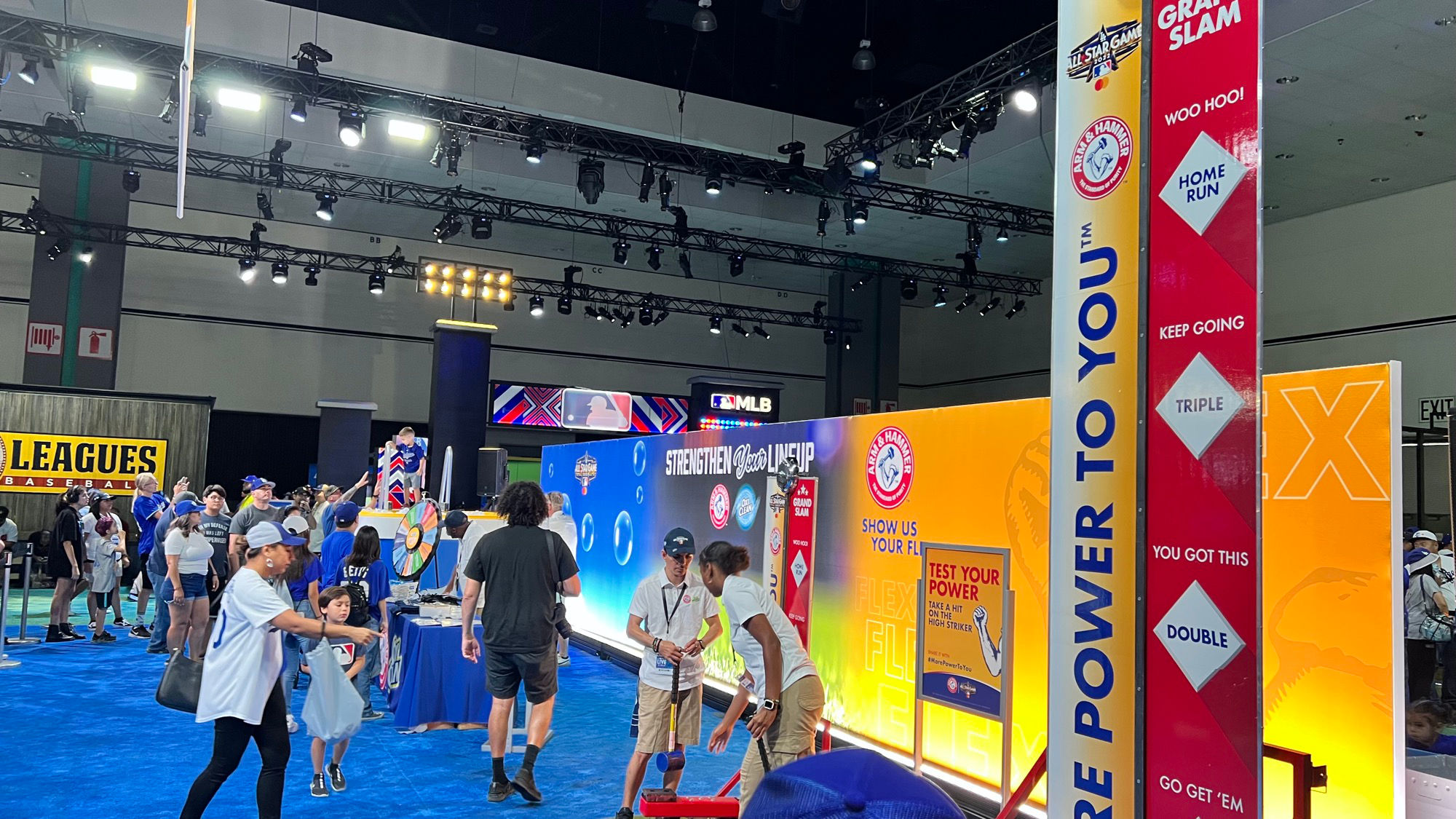
Strengthen your Lineup
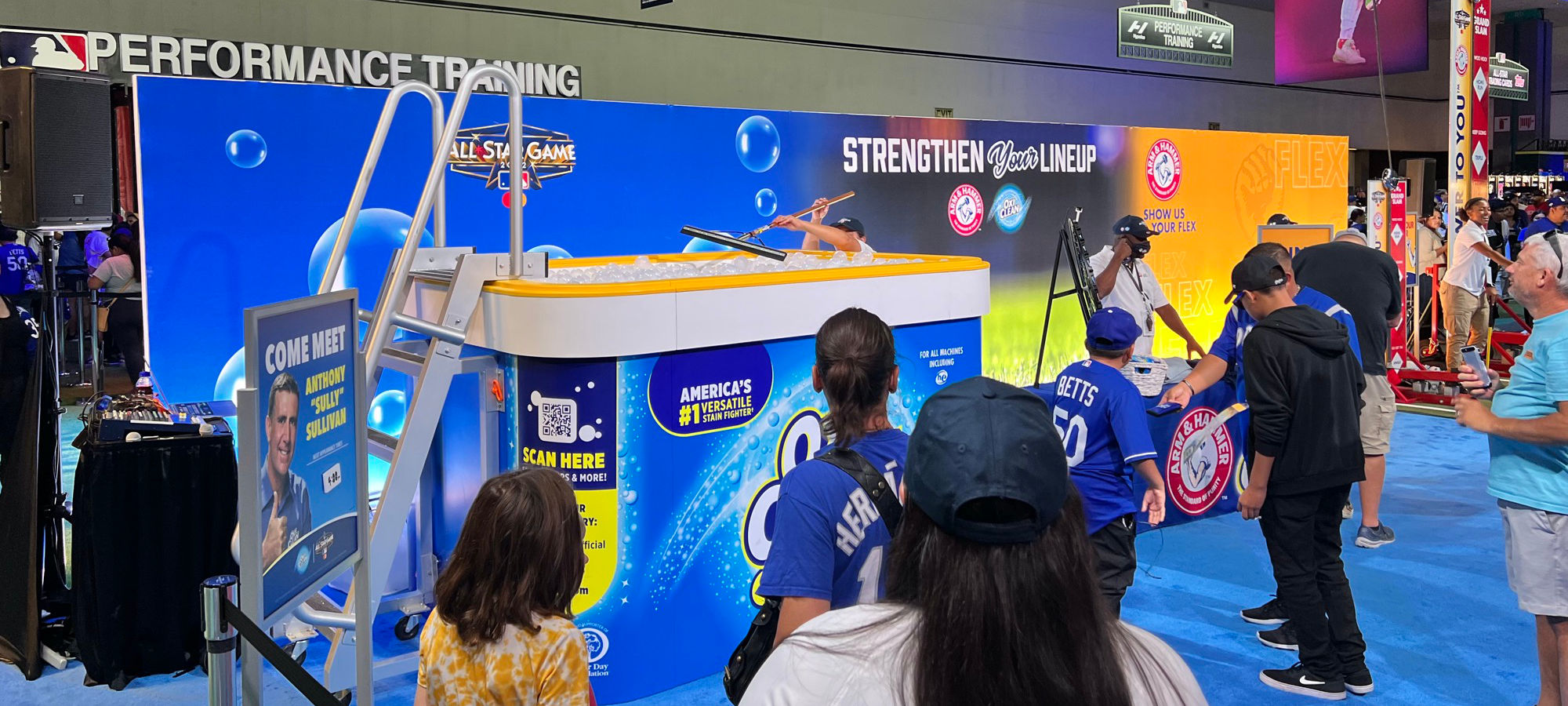
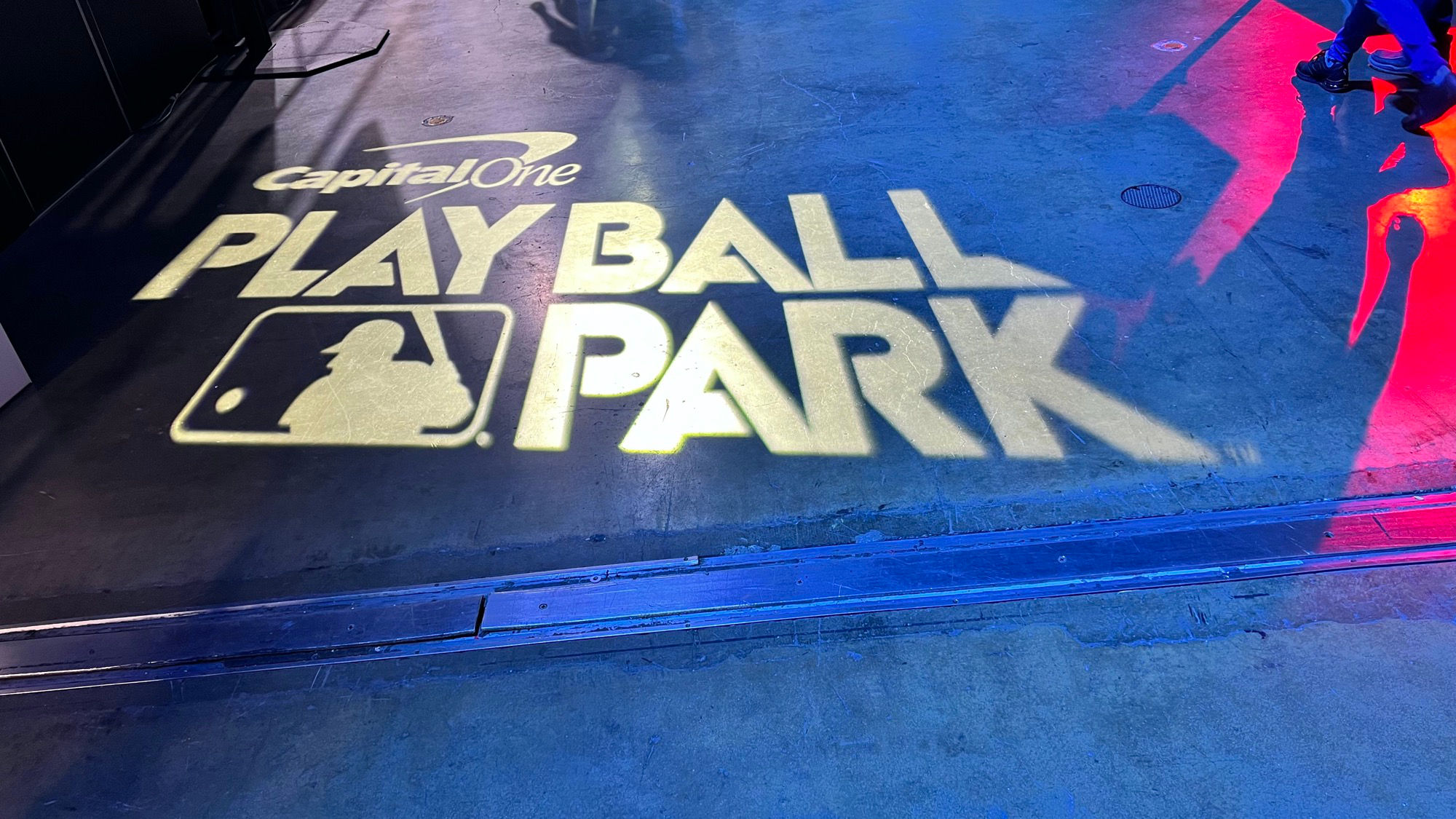
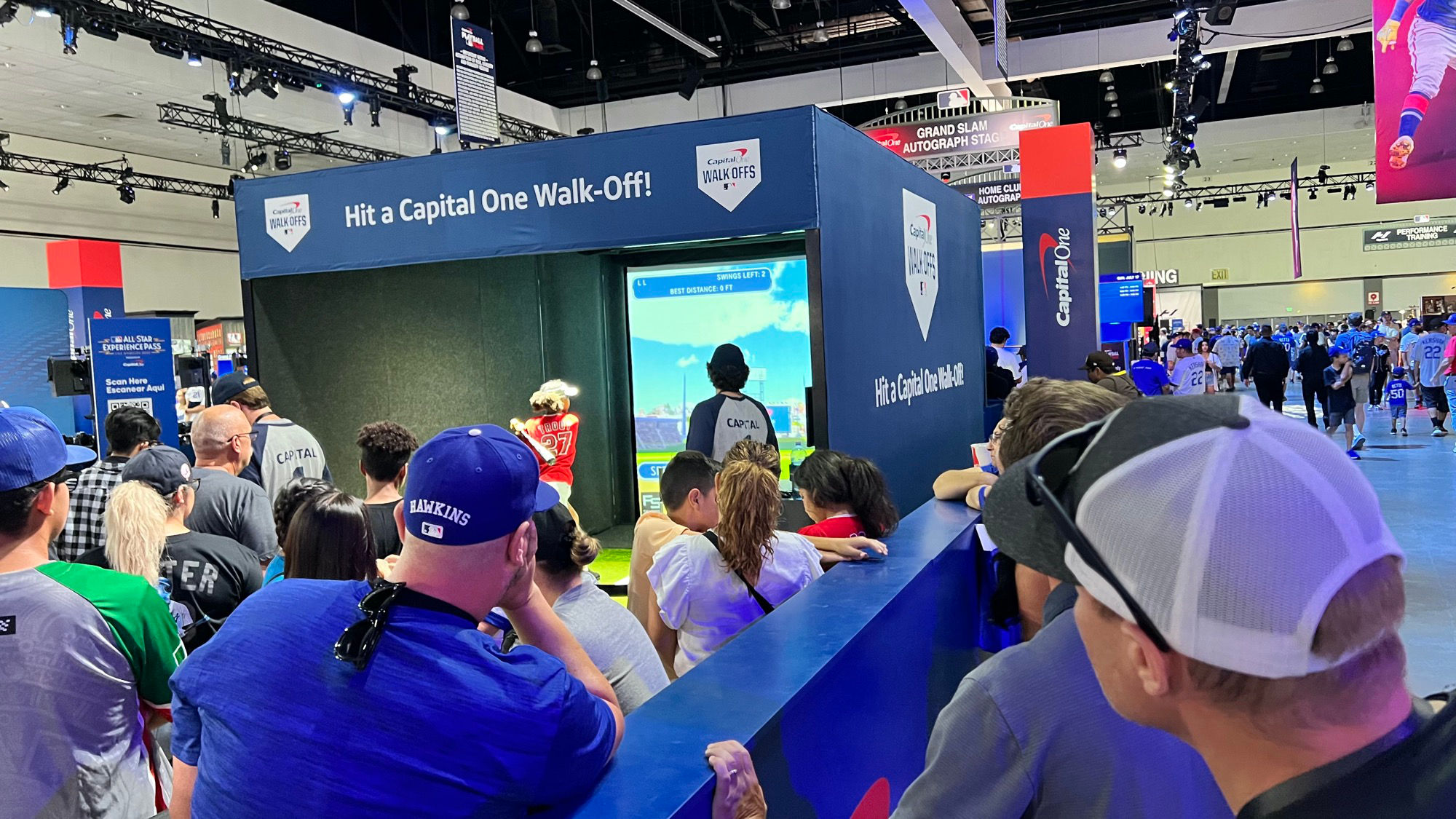

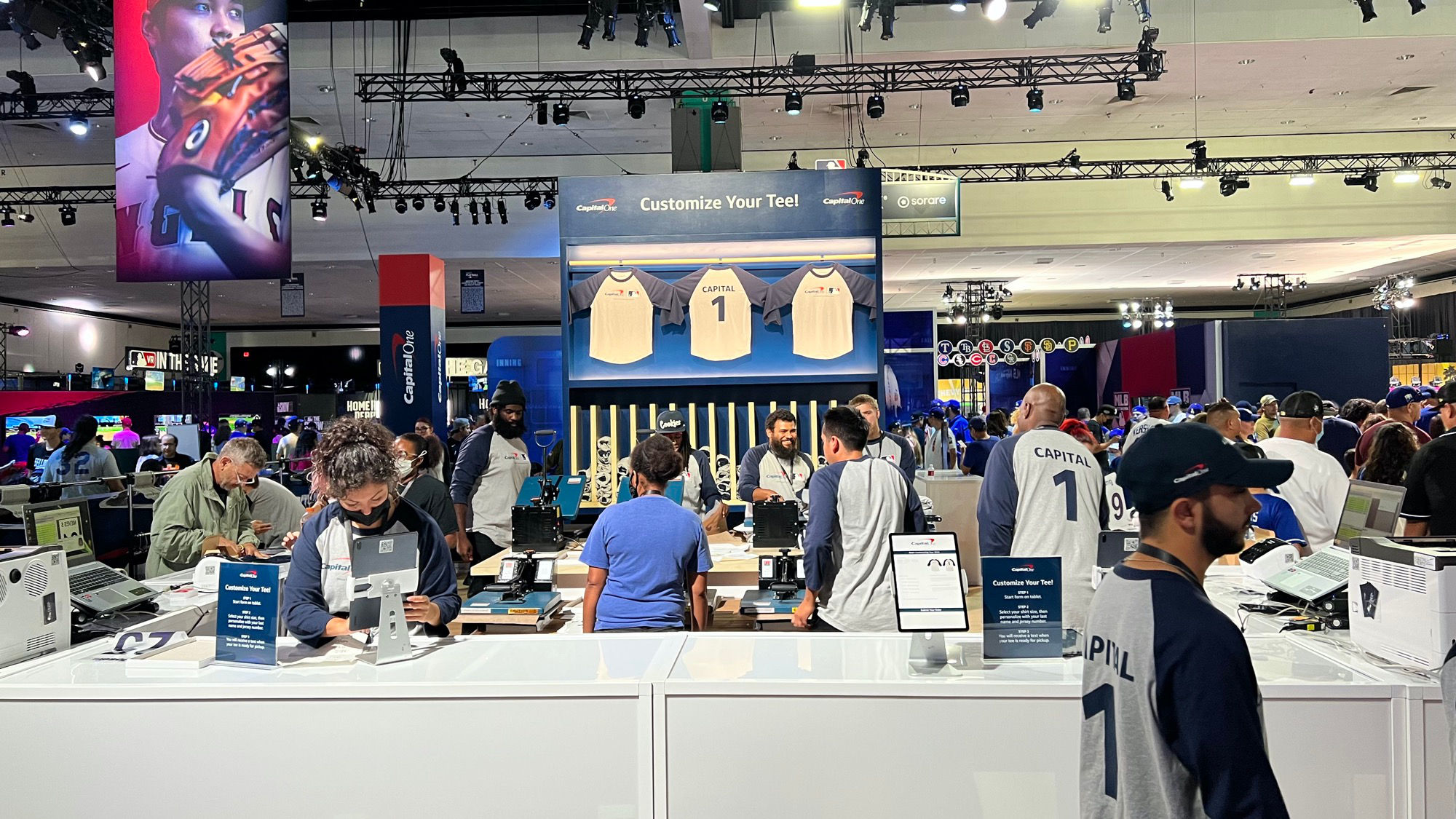
Customize Your Tee
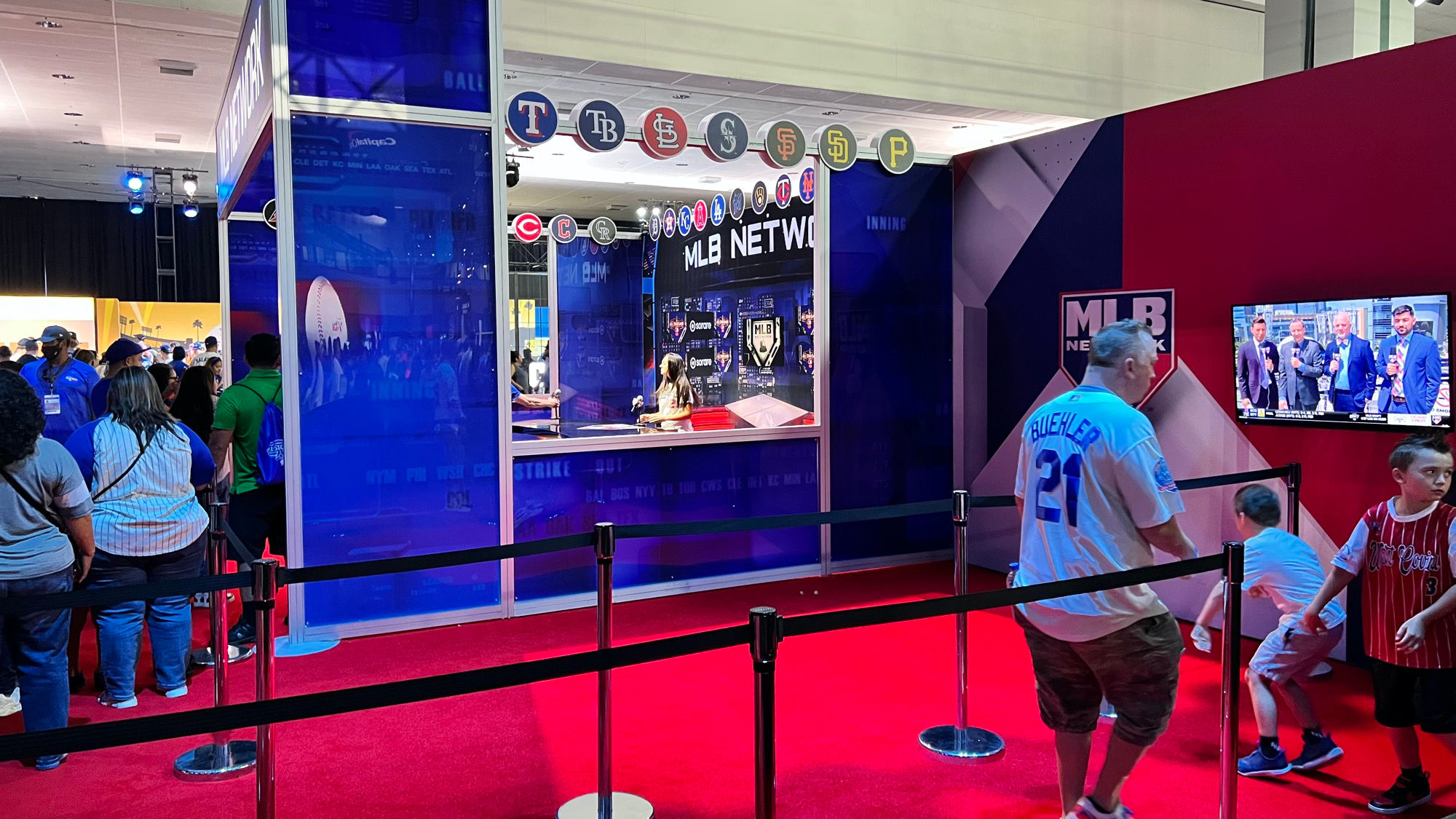
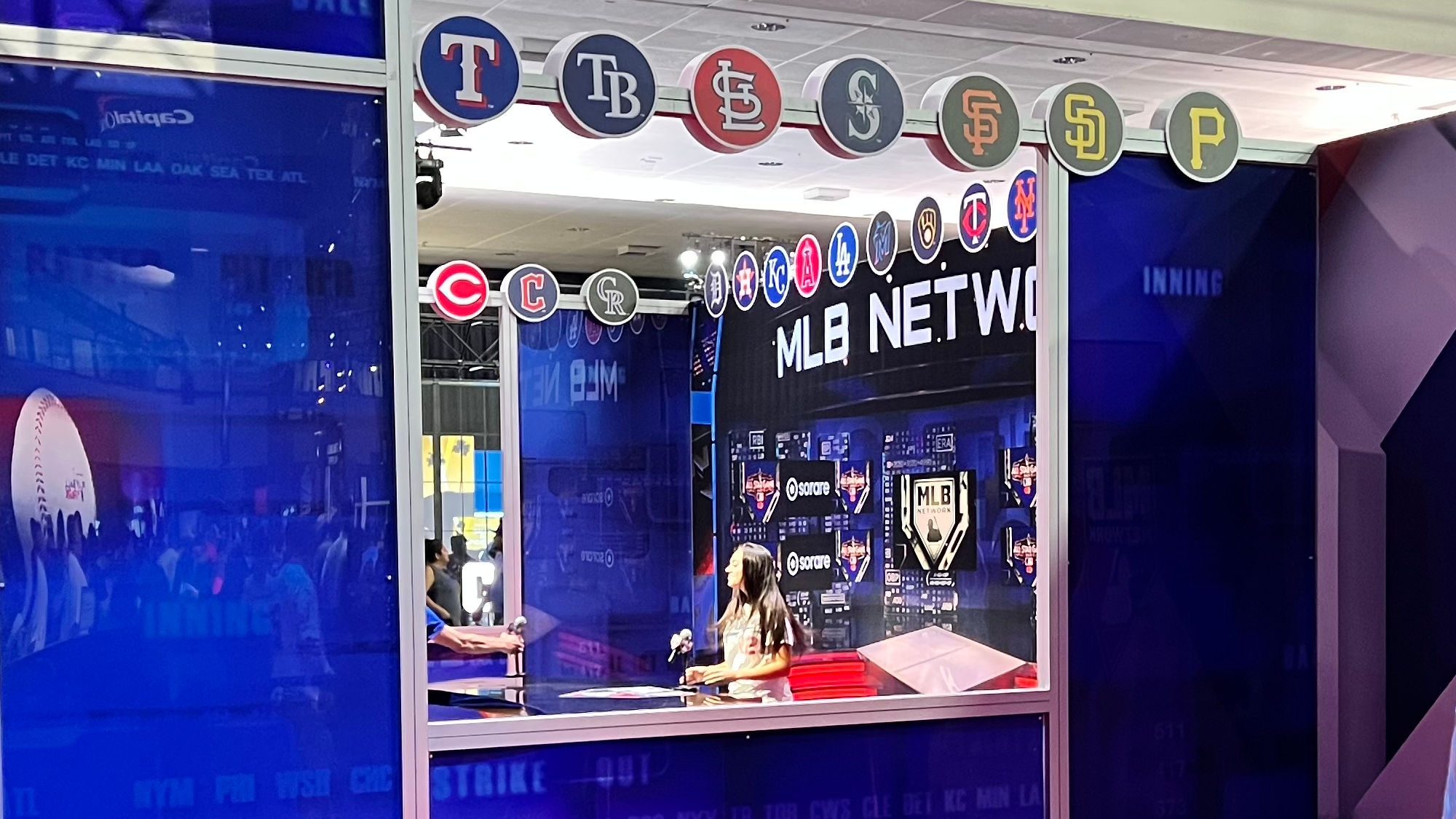
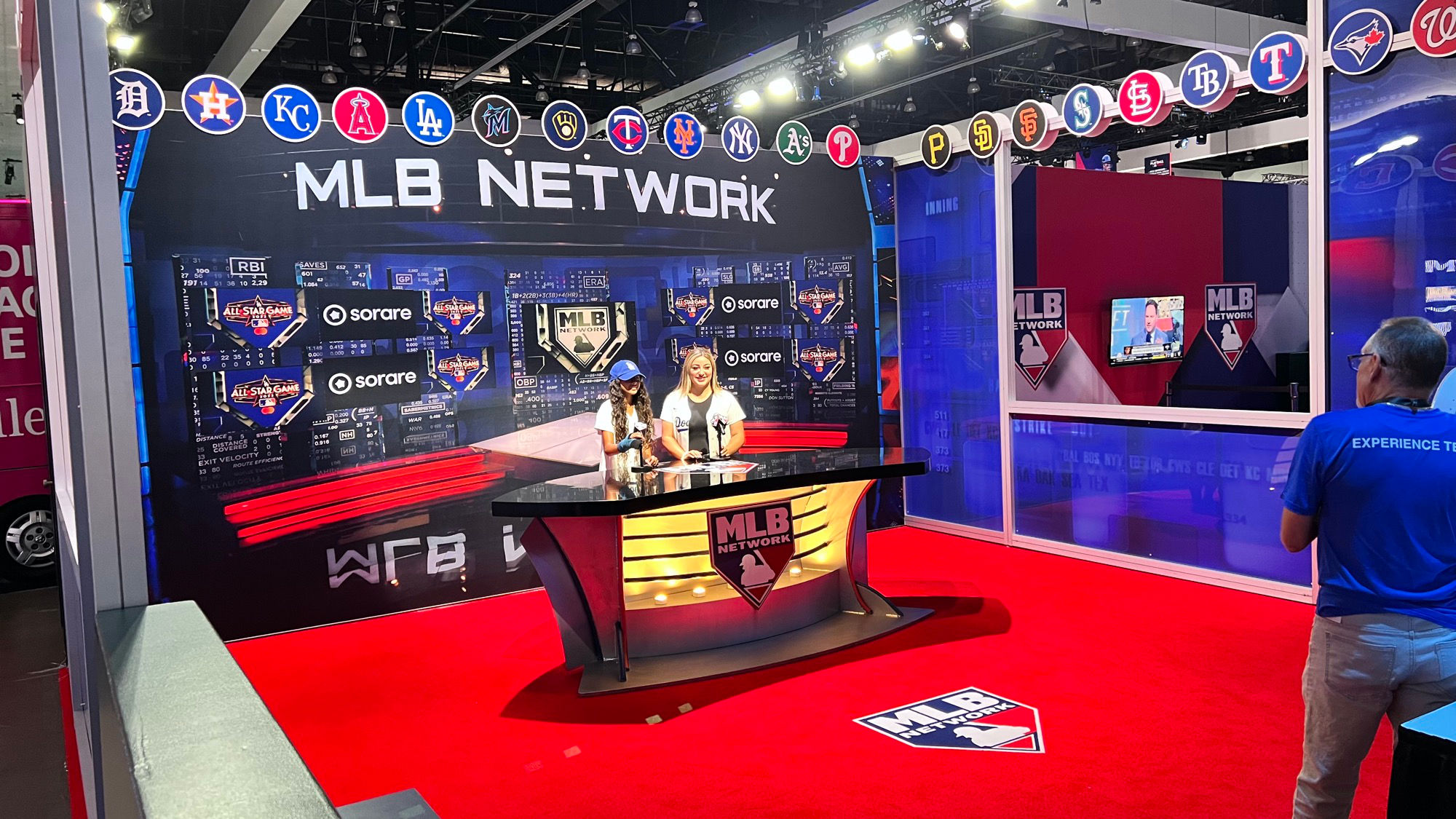

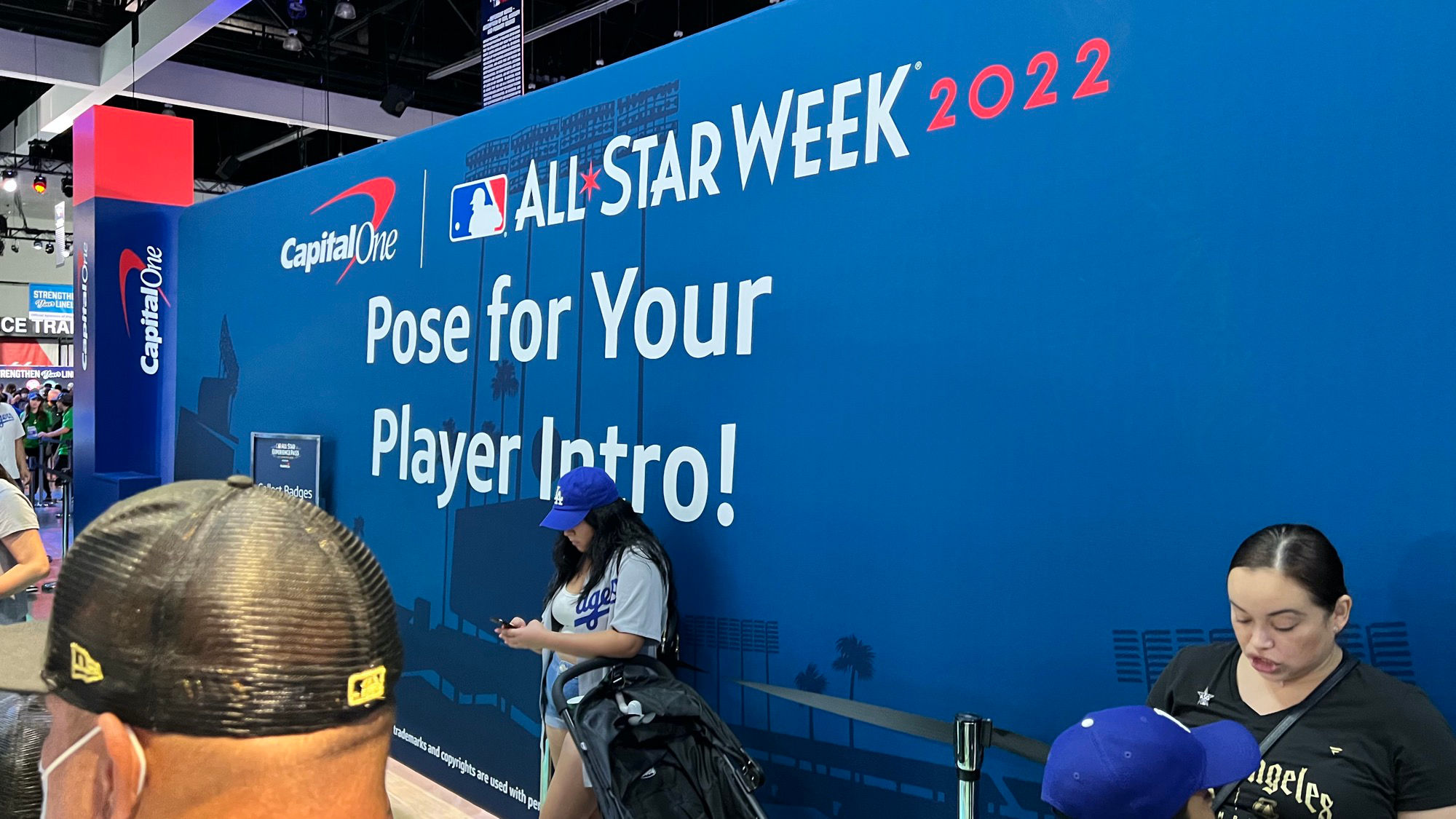
Pose for your Player Intro
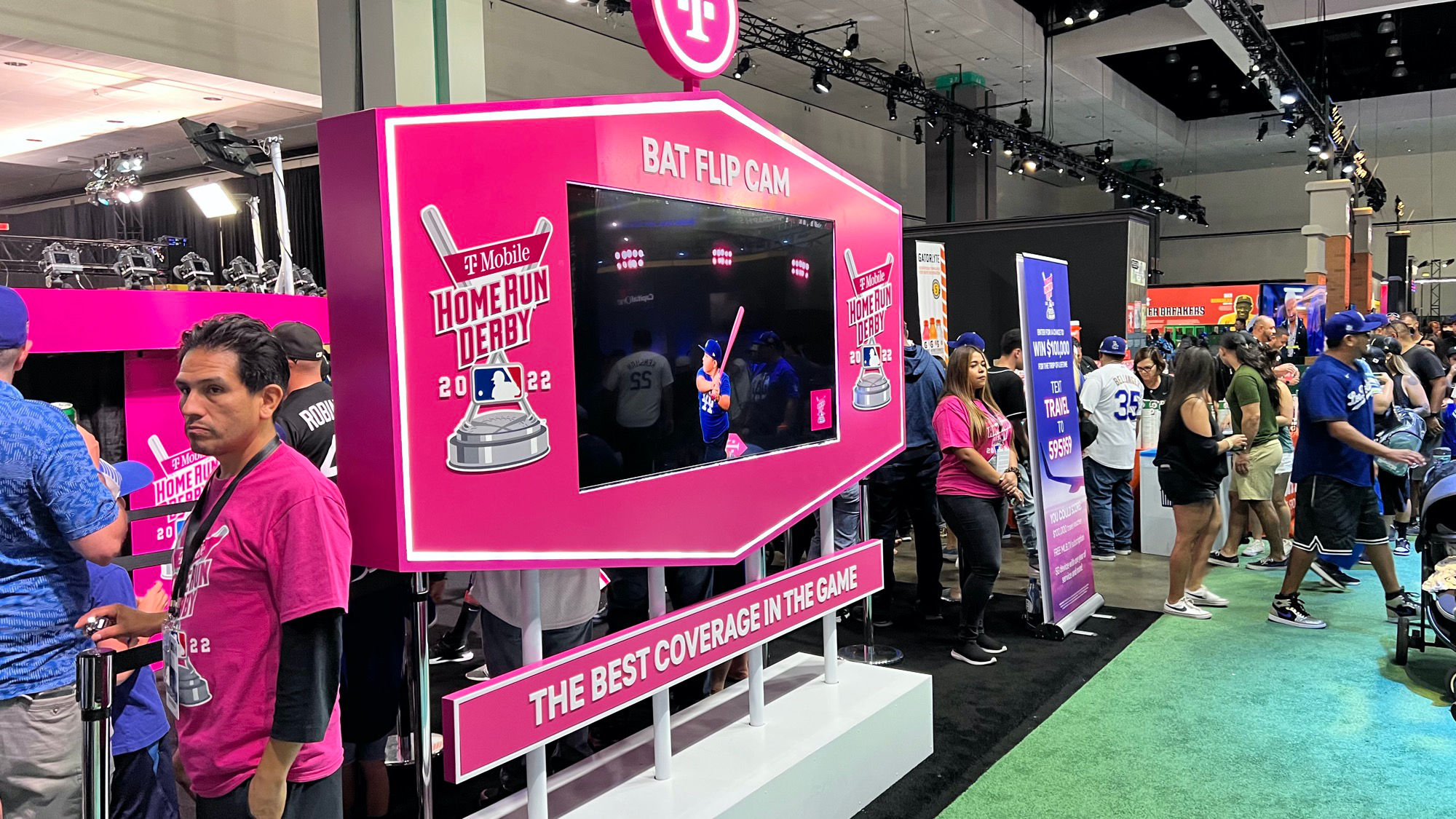
Bat Flip Cam
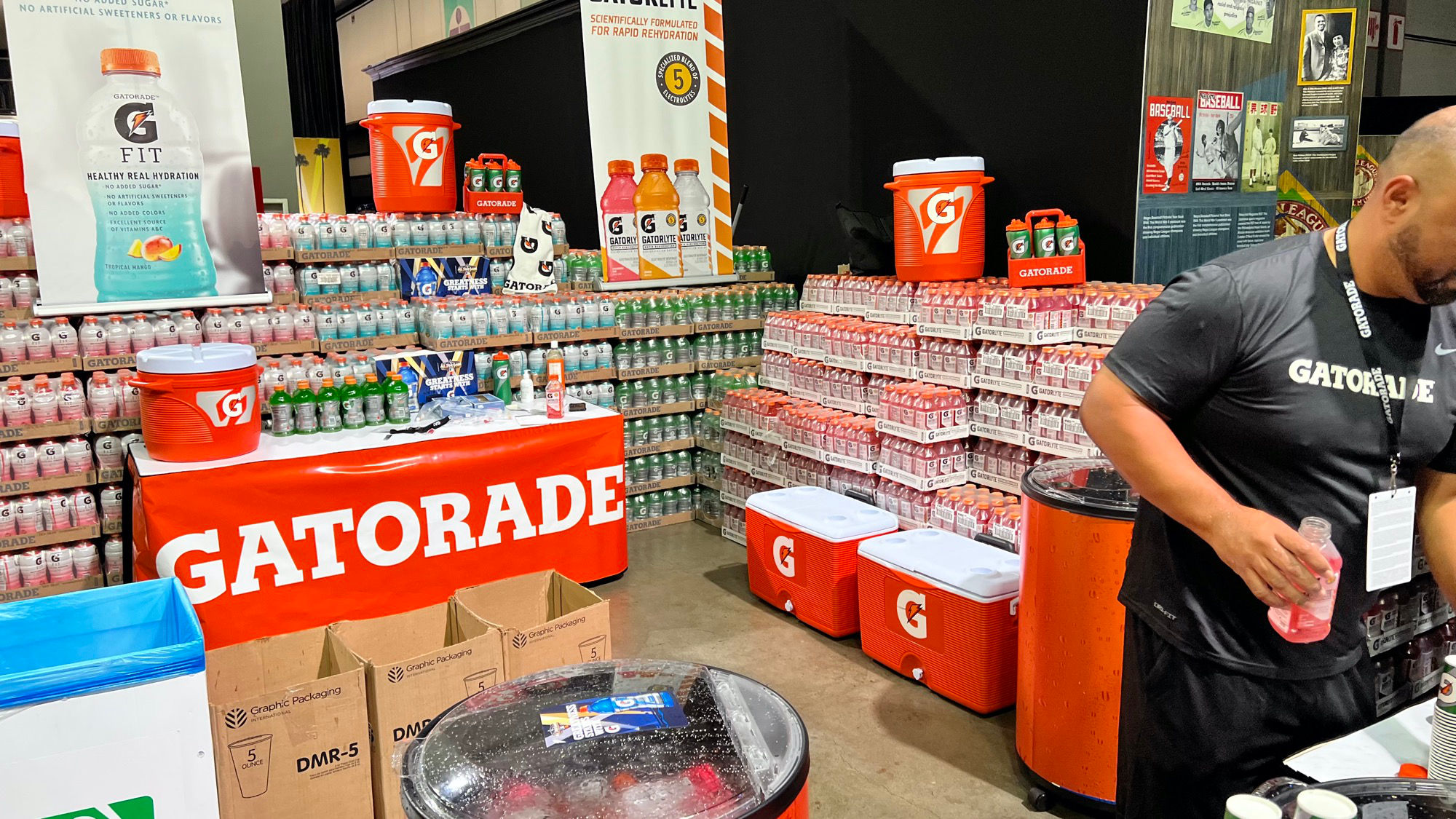
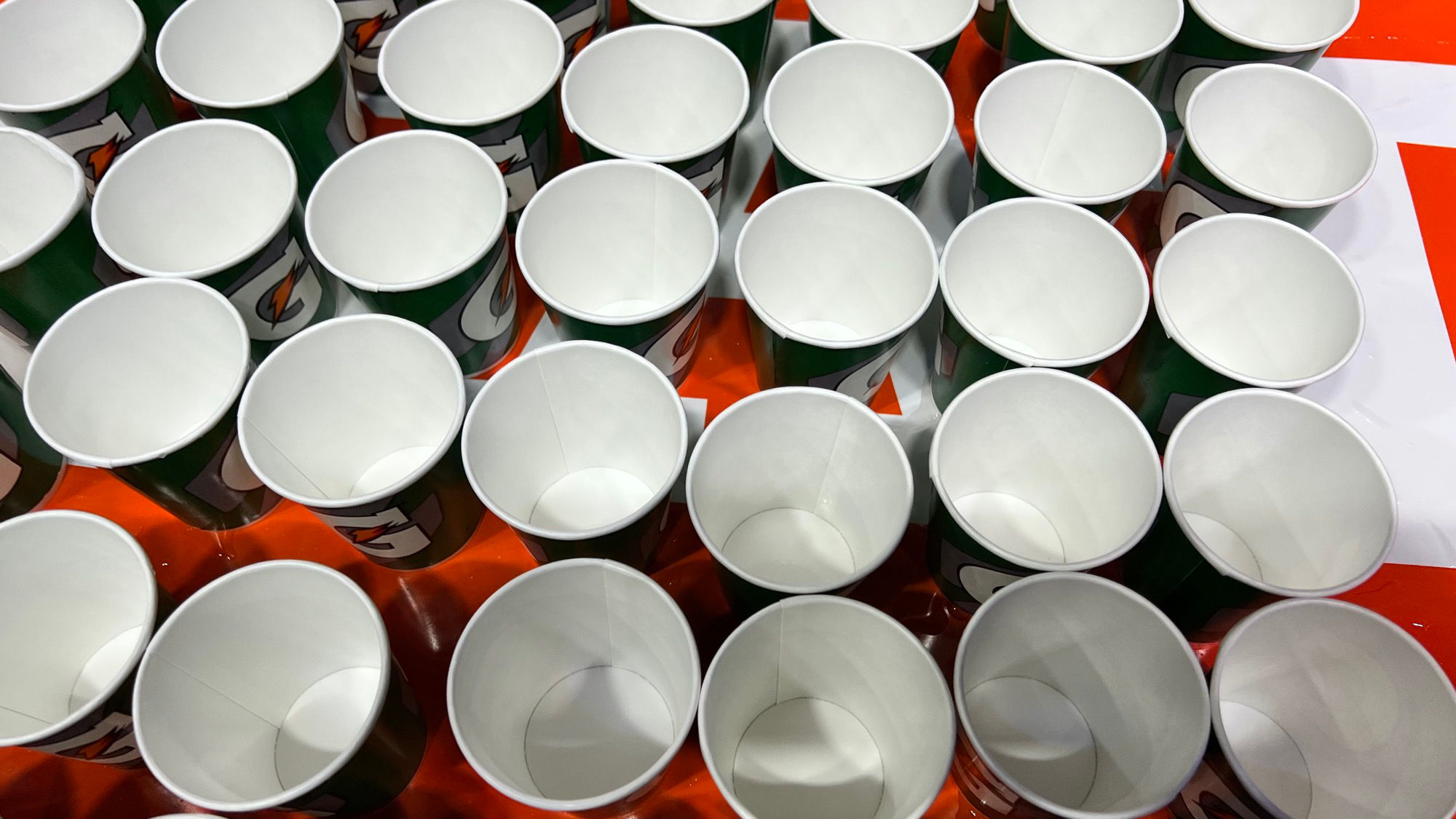
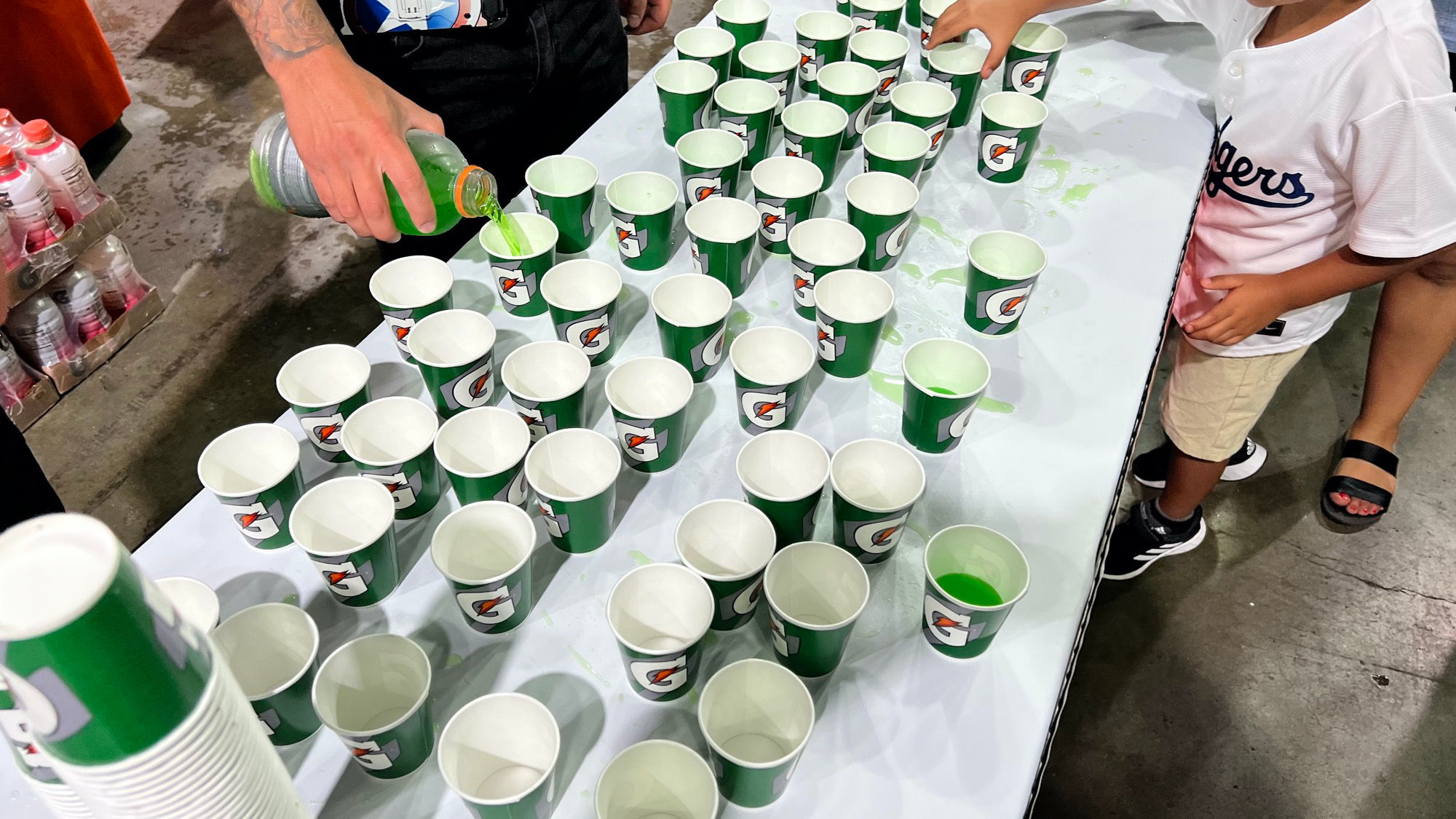
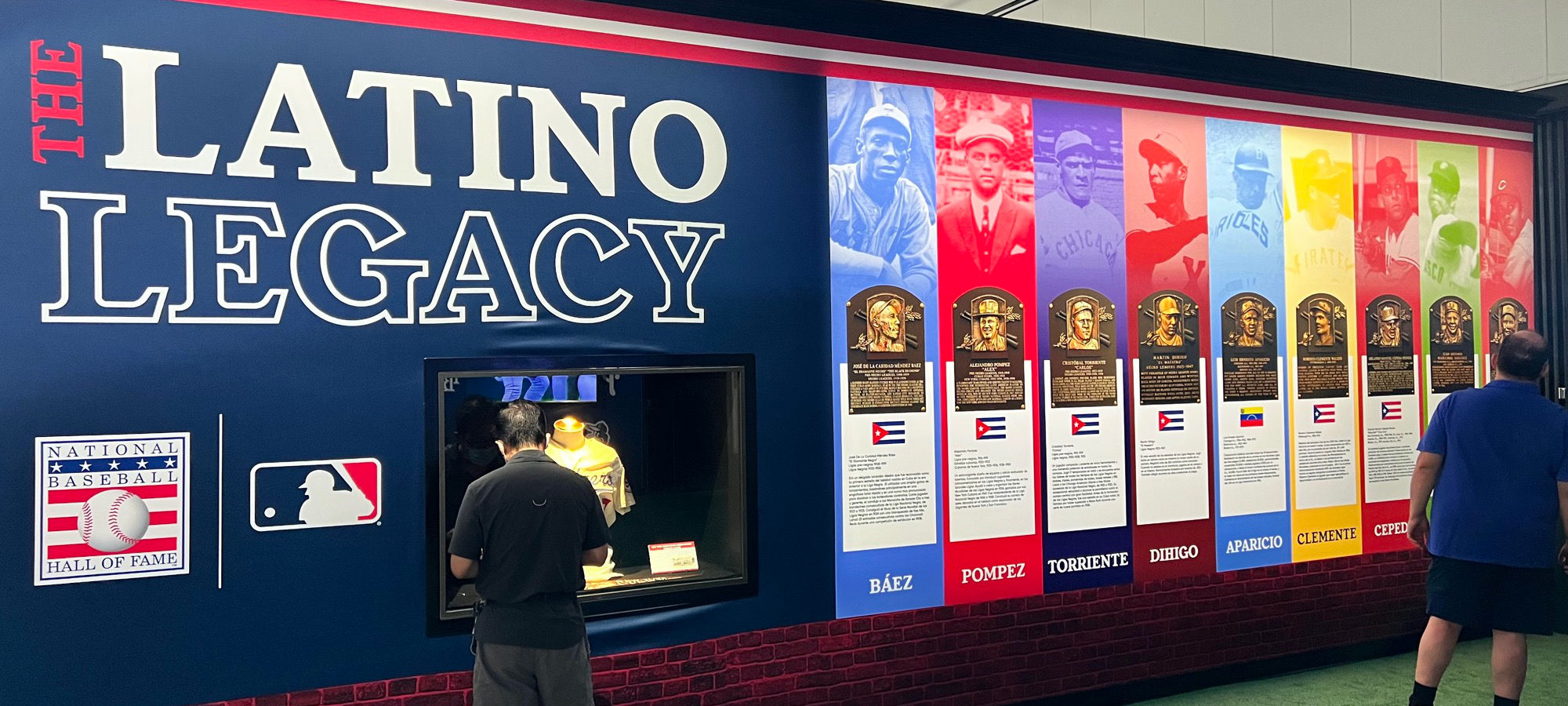
National Baseball Hall of Fame
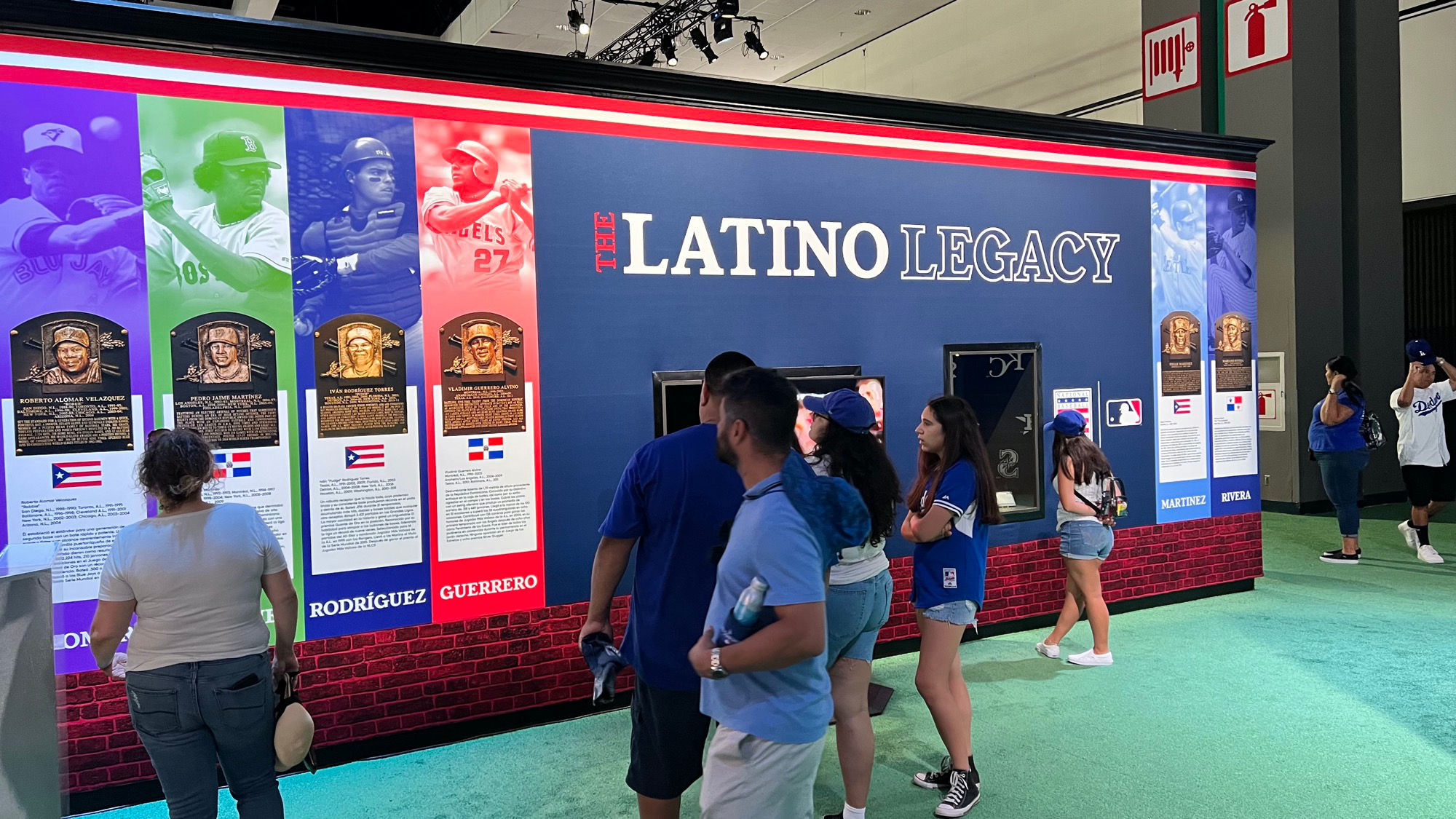

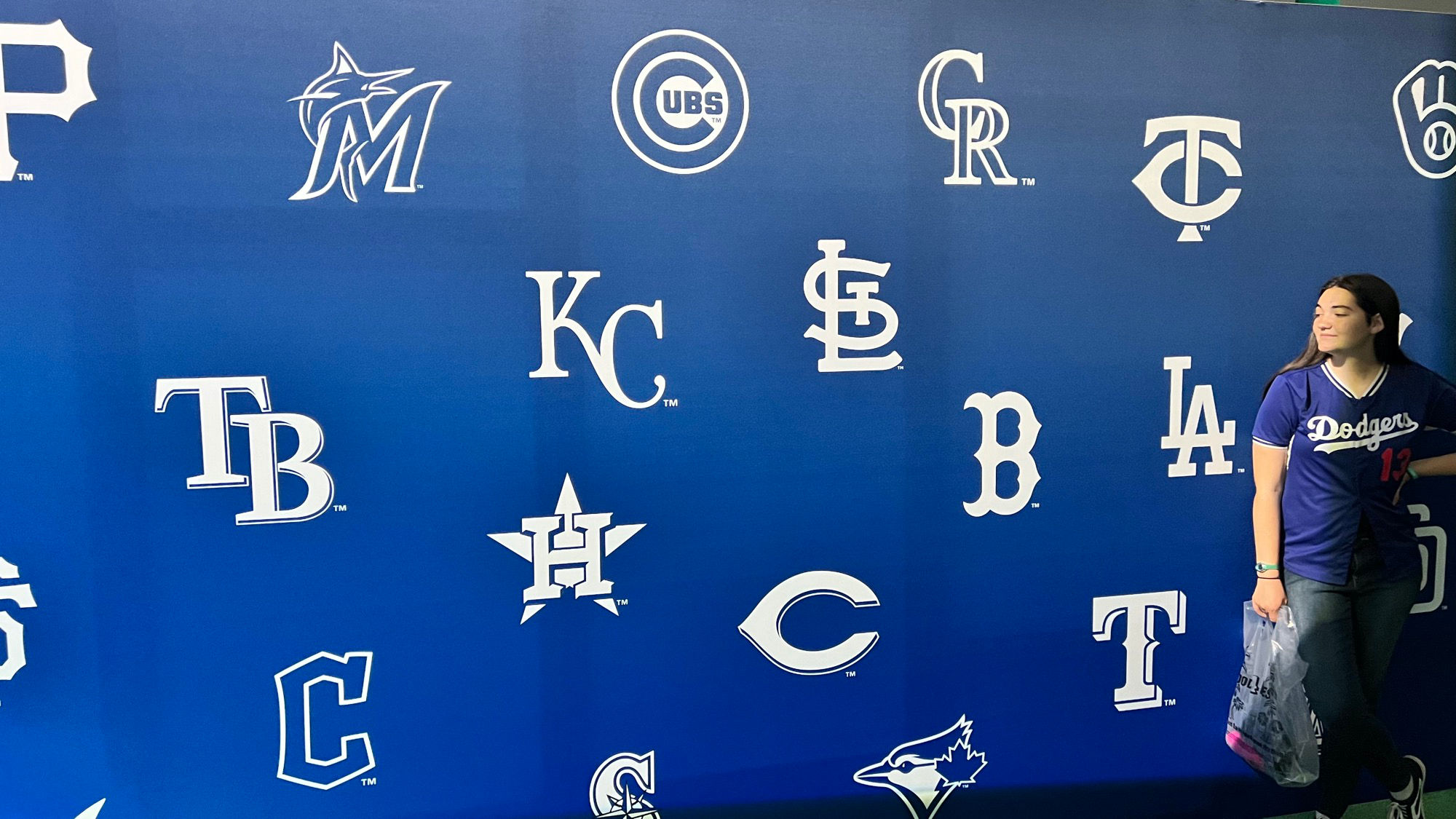
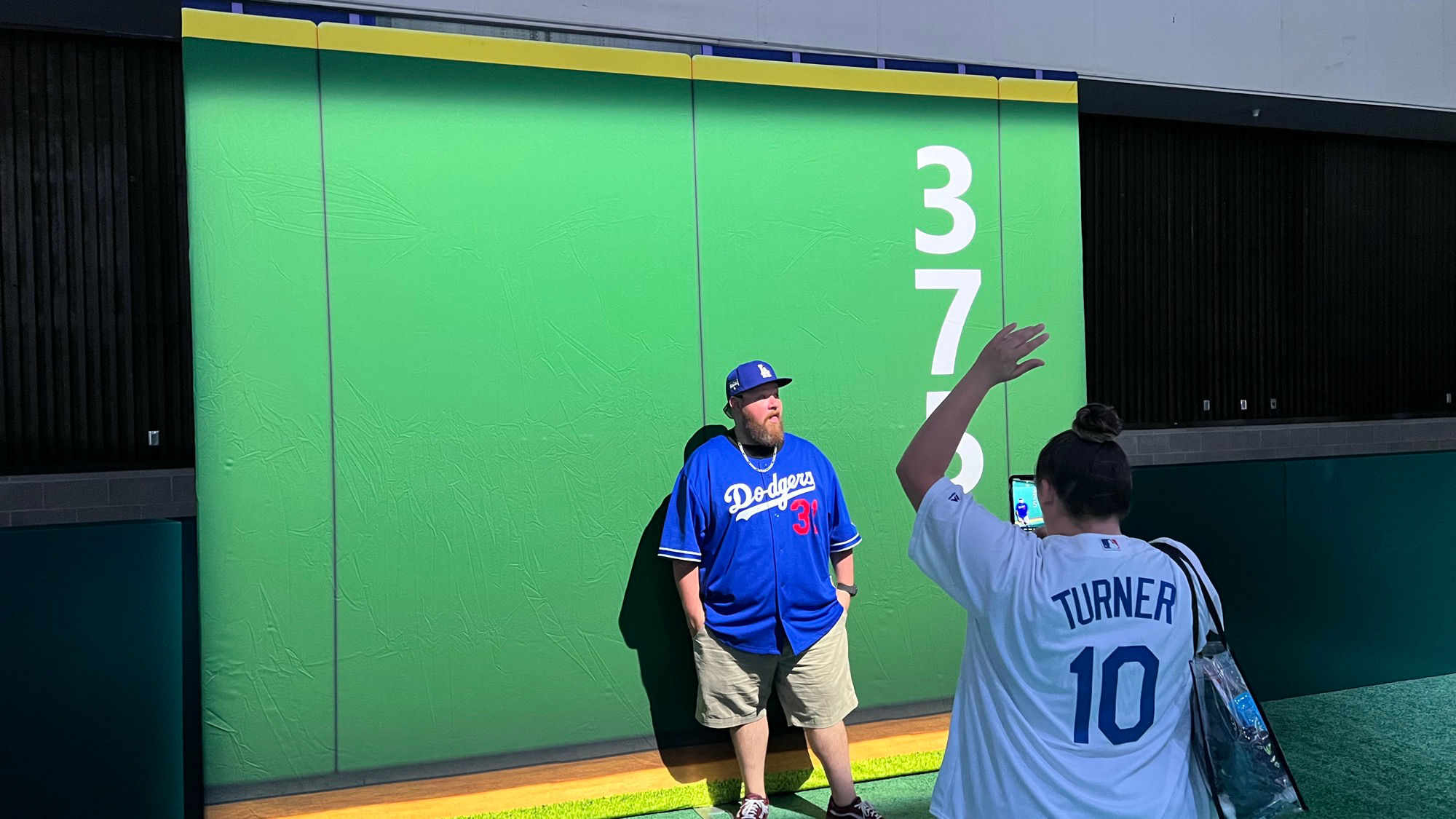
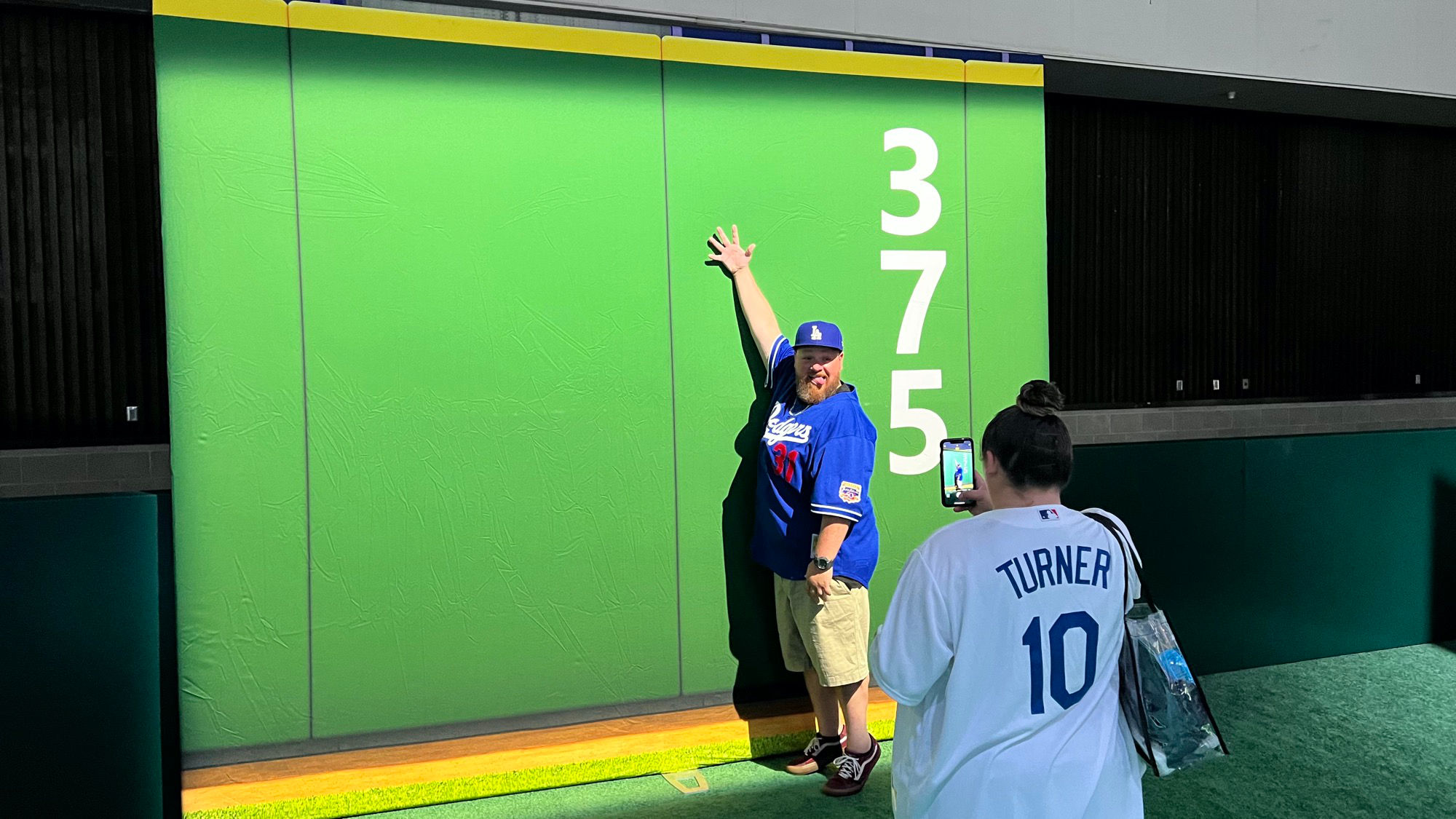
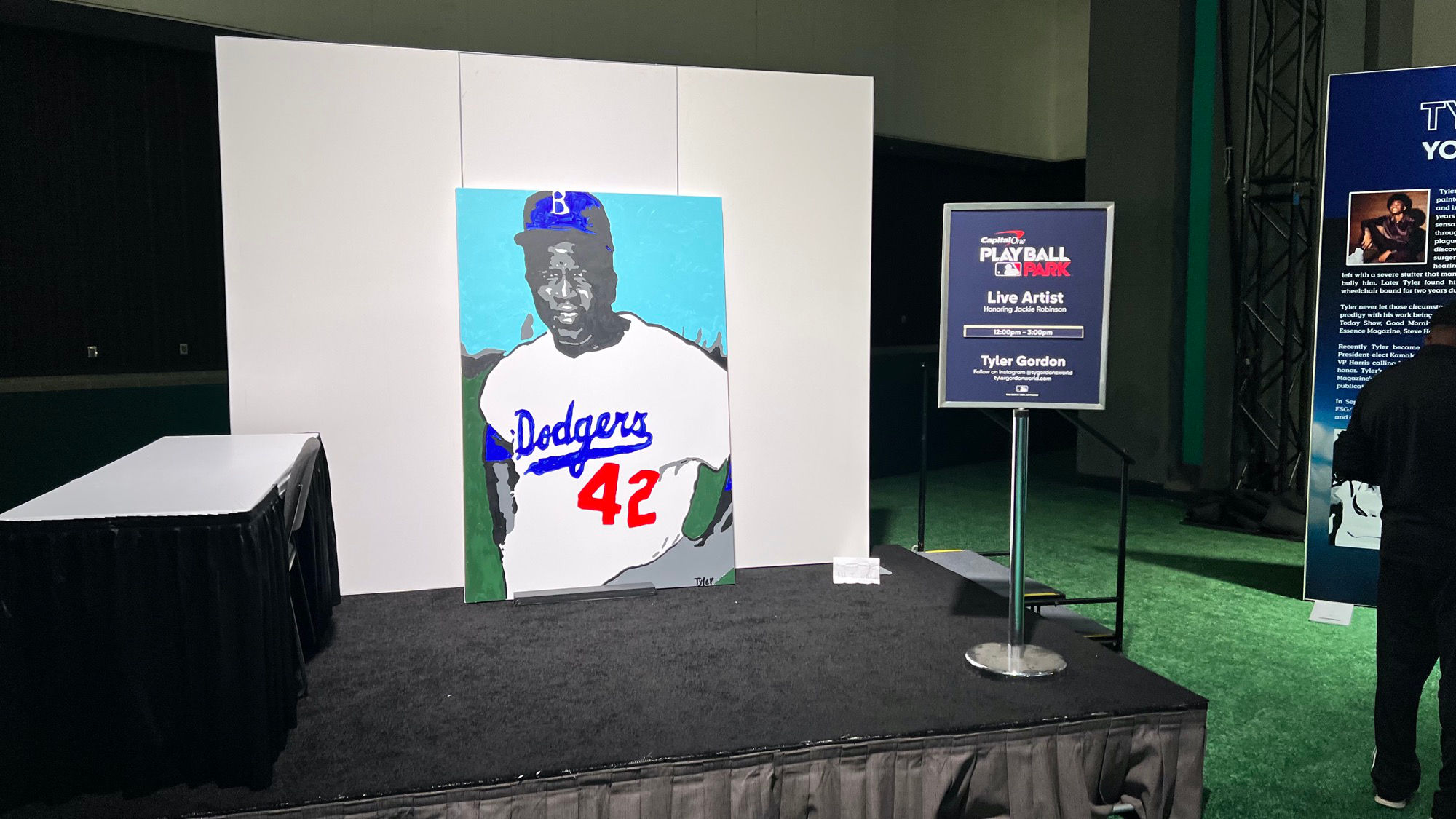
Jackie Robinson
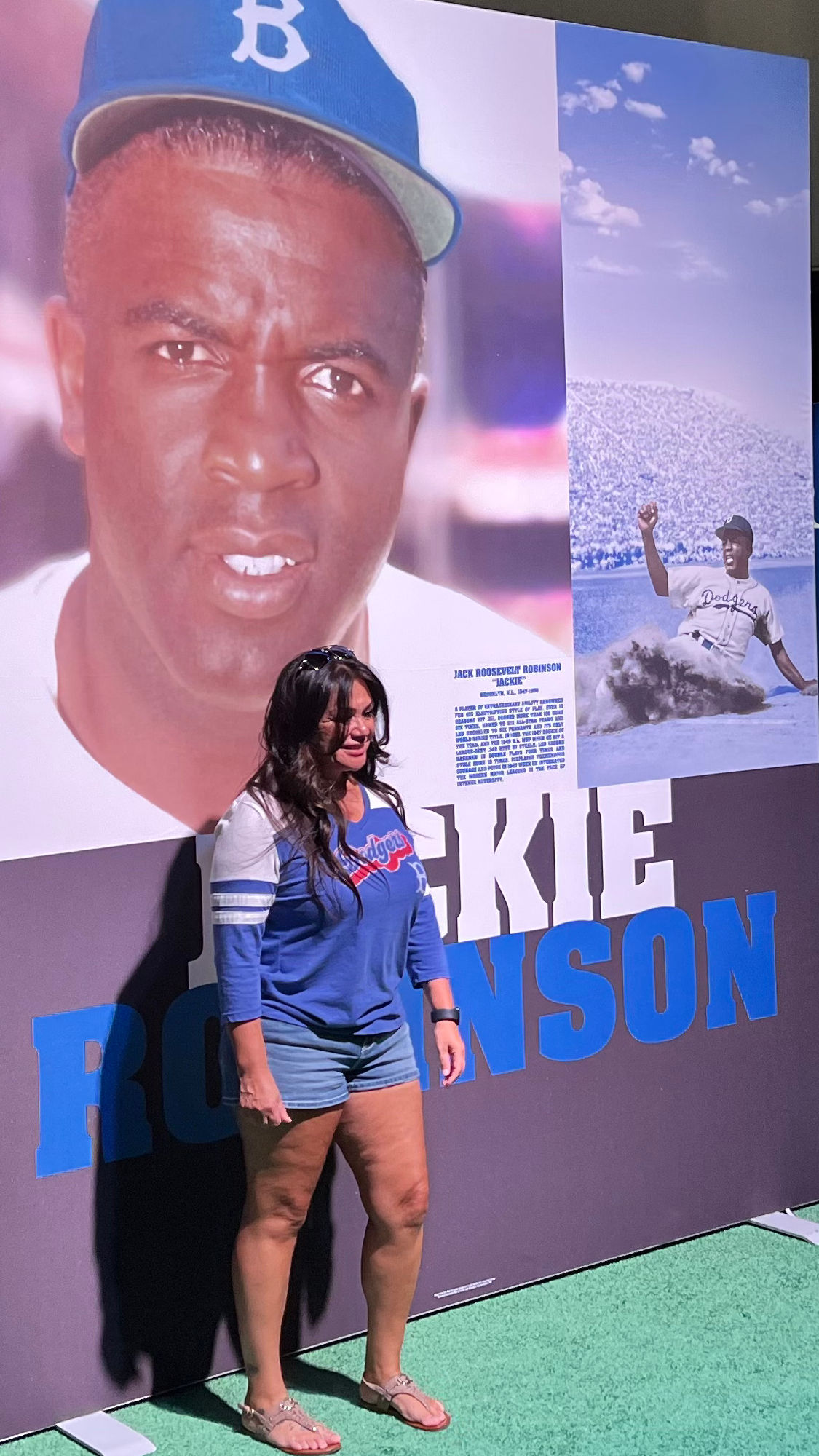
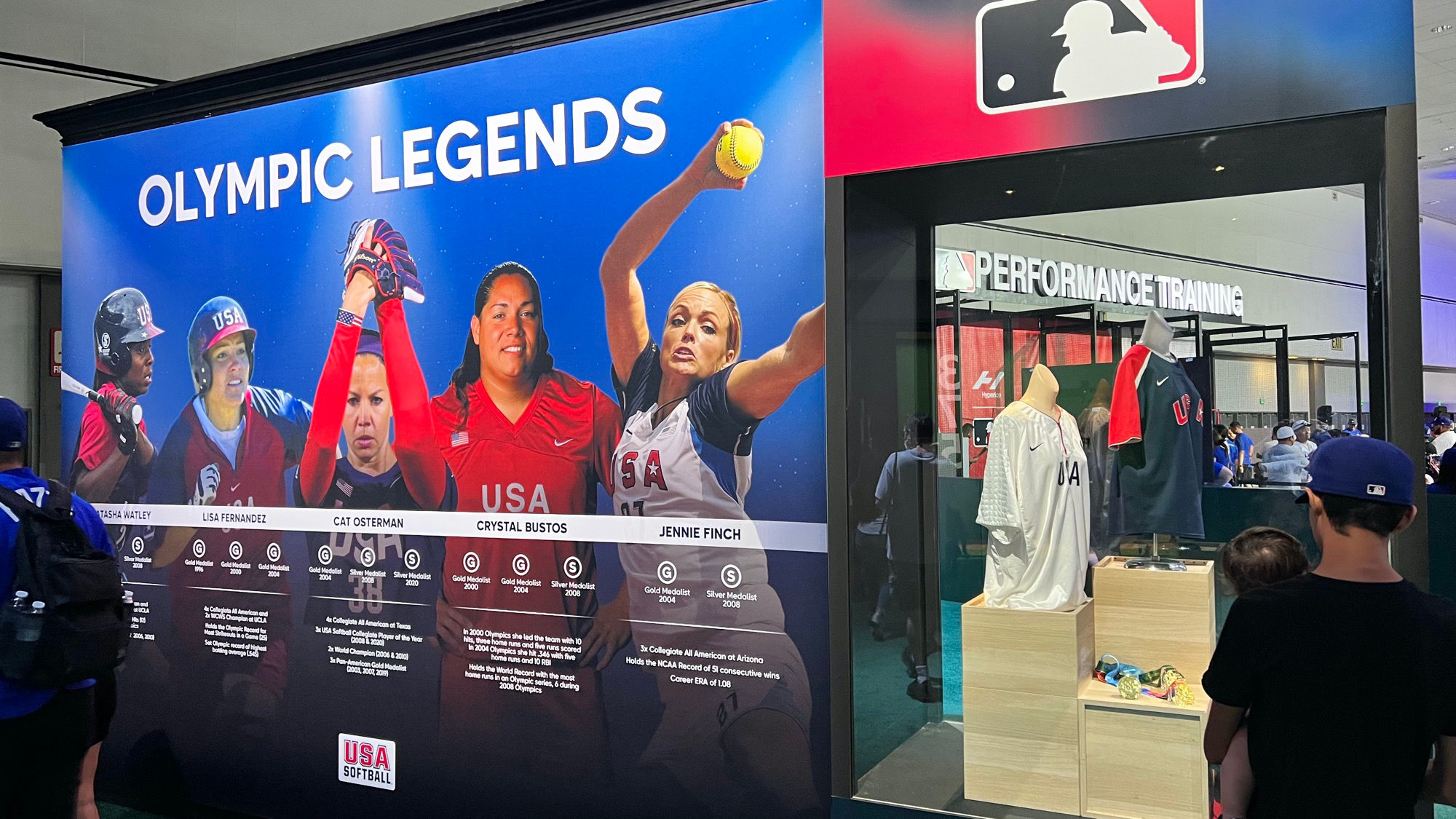
- Natasha Watley
- Lisa Fernandez
- Cat Osterman
- Crystal Bustos
- Jennie Finch
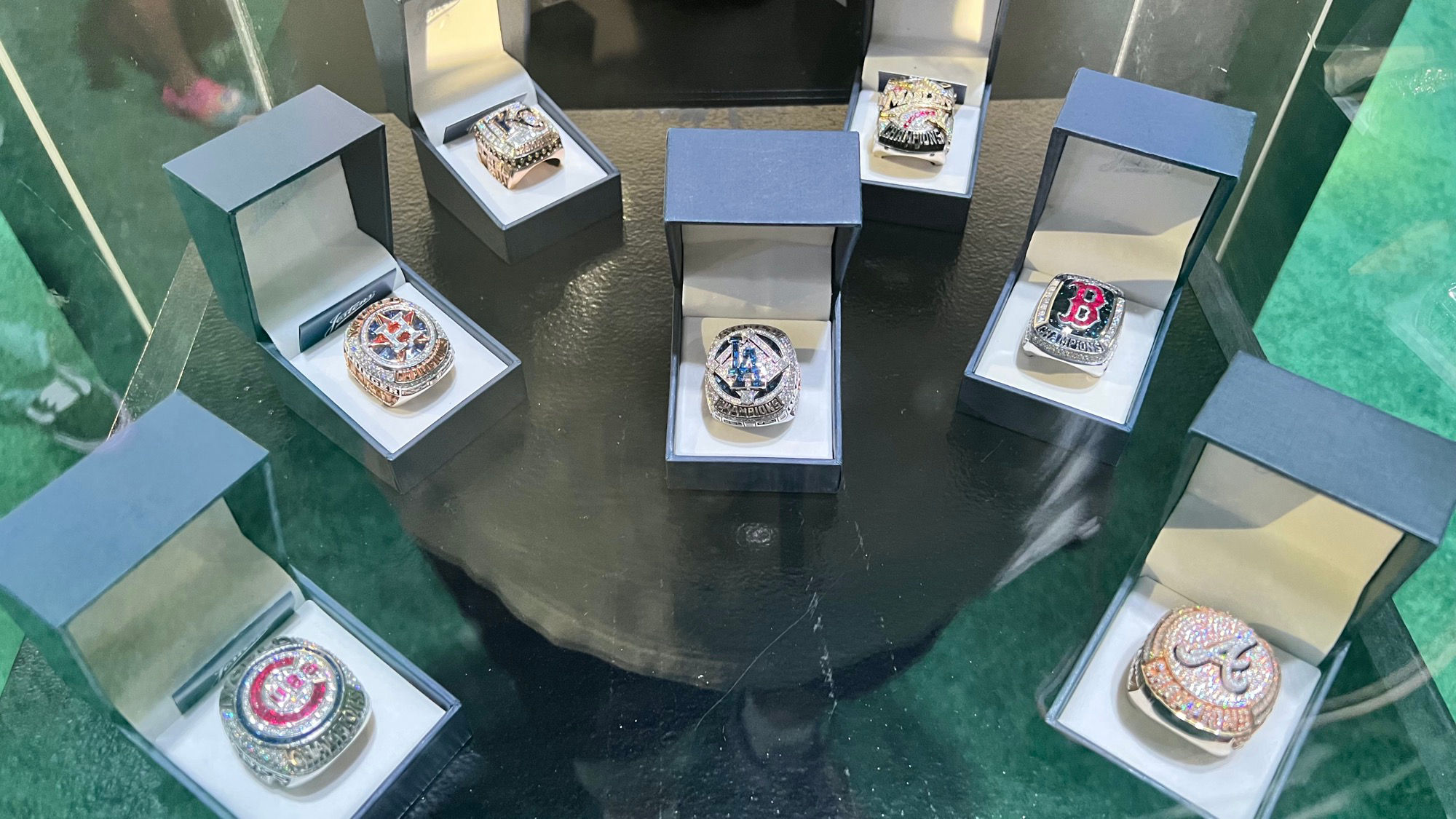
- Kansas City Royals
- Florida Marlins
- Los Angeles Dodgers
- Boston Red Sox
- Chicago Cubs
- Atlanta Braves
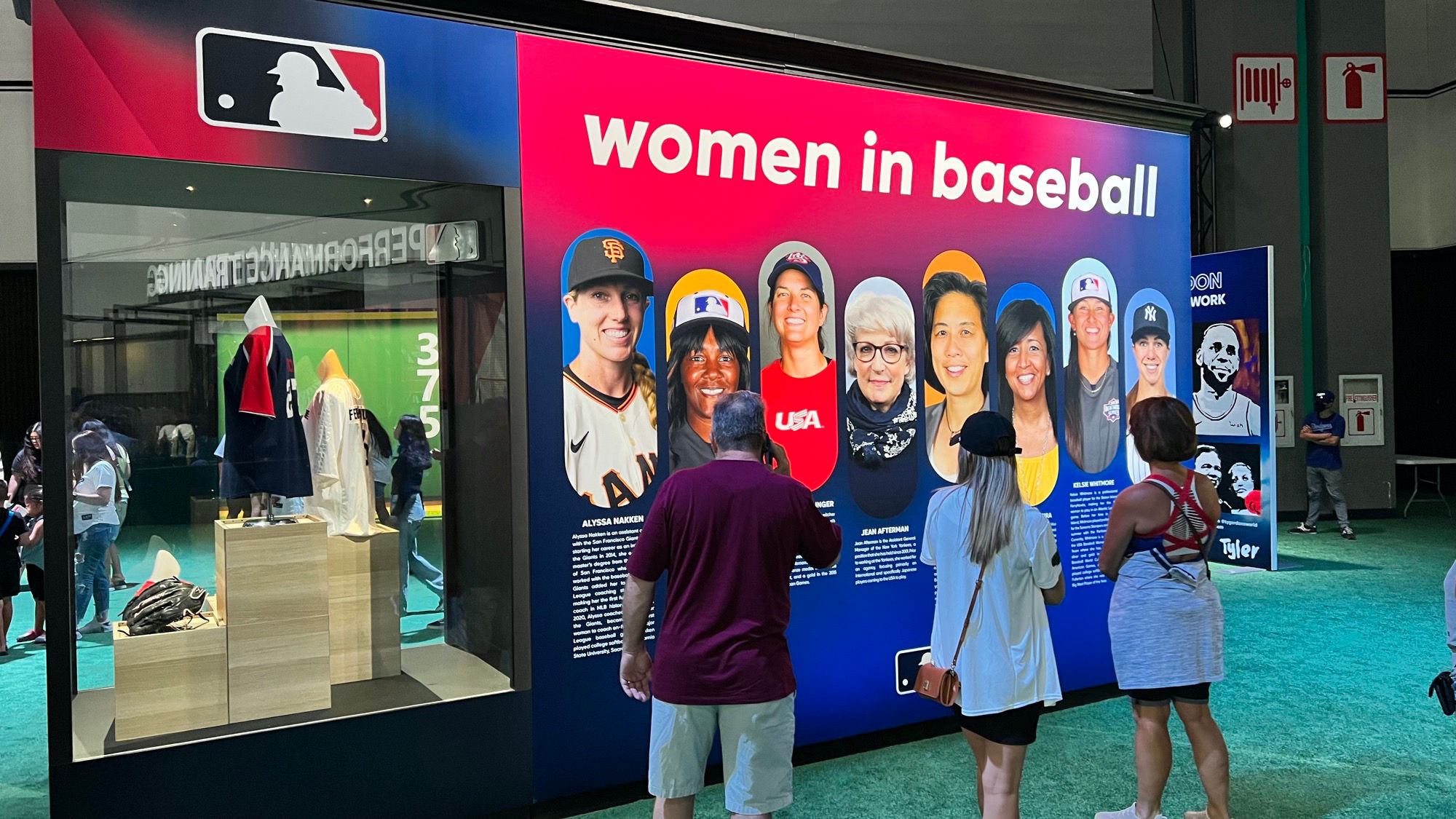
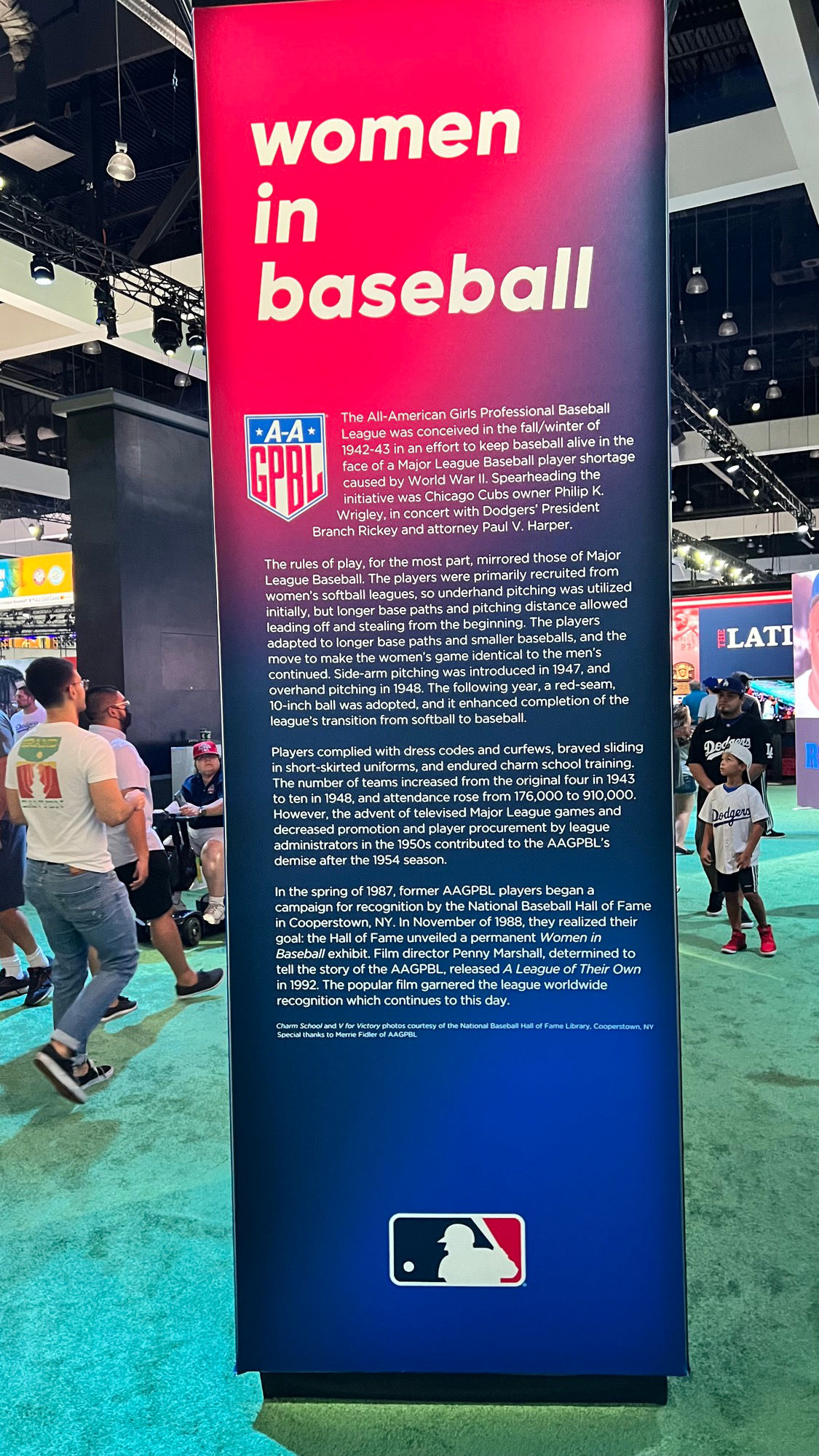
The All-American Girls Professional Baseball League was conceived in the fall/winter of 1942-43 in an effort to keep baseball alive in the face of a Major League Baseball player shortage caused by World War II. Spearheading the initiative was Chicago Cubs owner Philip K. Wrigley, in concert with Dodgers' President Branch Rickey and attorney Paul V. Harper.
The rules of play, for the most part, mirrored those of Major League Baseball. The players were primarily recruited from women's softball leagues, so underhand pitching was utilized initially, but longer base paths and pitching distance allowed leading off and stealing from the beginning. The players adapted to longer base paths and smaller baseballs, and the move to make the women's game identical to the men's continued. Side-arm pitching was introduced in 1947, and overhand pitching in 1948. The following year, a red-seam, 10-inch ball was adopted, and it enhanced completion of the league's transition from softball to baseball.
Players complied with dress codes and curfews, braved sliding in short-skirted uniforms, and endured charm school training. The number of teams increased from the original four in 1943 to ten in 1948, and attendance rose from 176,000 to 910,000. However, the advent of televised Major League games and decreased promotion and player procurement by league administrators in the 1950s contributed to the AAGPBL's demise after the 1954 season.
In the spring of 1987, former AAGPBL players began a campaign for recognition by the National Baseball Hall of Fame in Cooperstown, NY. In November of 1988, they realized their goal: the Hall of Fame unveiled a permanent Women in Baseball exhibit. Film director Penny Marshall, determined to tell the story of the AAGPBL, released A League of Their Own in 1992. The popular film garnered the league worldwide recognition which continues to this day.


For more than three decades, MLB has been staging events outside of the continental United States and Canada. We have visited Australia, China, Cuba, Dominican Republic, Japan, Mexico, Puerto Rico, Taiwan, Venezuela and most recently London in 2019 - the first time MLB has played regular season games in Europe.
Building on this success overseas, MLB is now seeking to stage more events in more markets in the years ahead.

The World Baseball Classic is the premier international baseball tournament featuring the game's best players competing for their home countries and territories. The World Baseball Classic event is sanctioned by the World Baseball Softball Confederation as the sports official National Team World Championship.
More than 3.5 million fans from all over the world have attended the tournament since the inaugural event in 2006. The most recent edition held in 2017 set new records as over 1,000,000 people attended the games and broadcast viewership records were set in multiple countries.
The high-spirited atmosphere in each ballpark reflects the intense passion and national pride of baseball fans from all over the world and the World Baseball Classic looks forward to continuing to provide memorable experiences to these fans for many years to come.
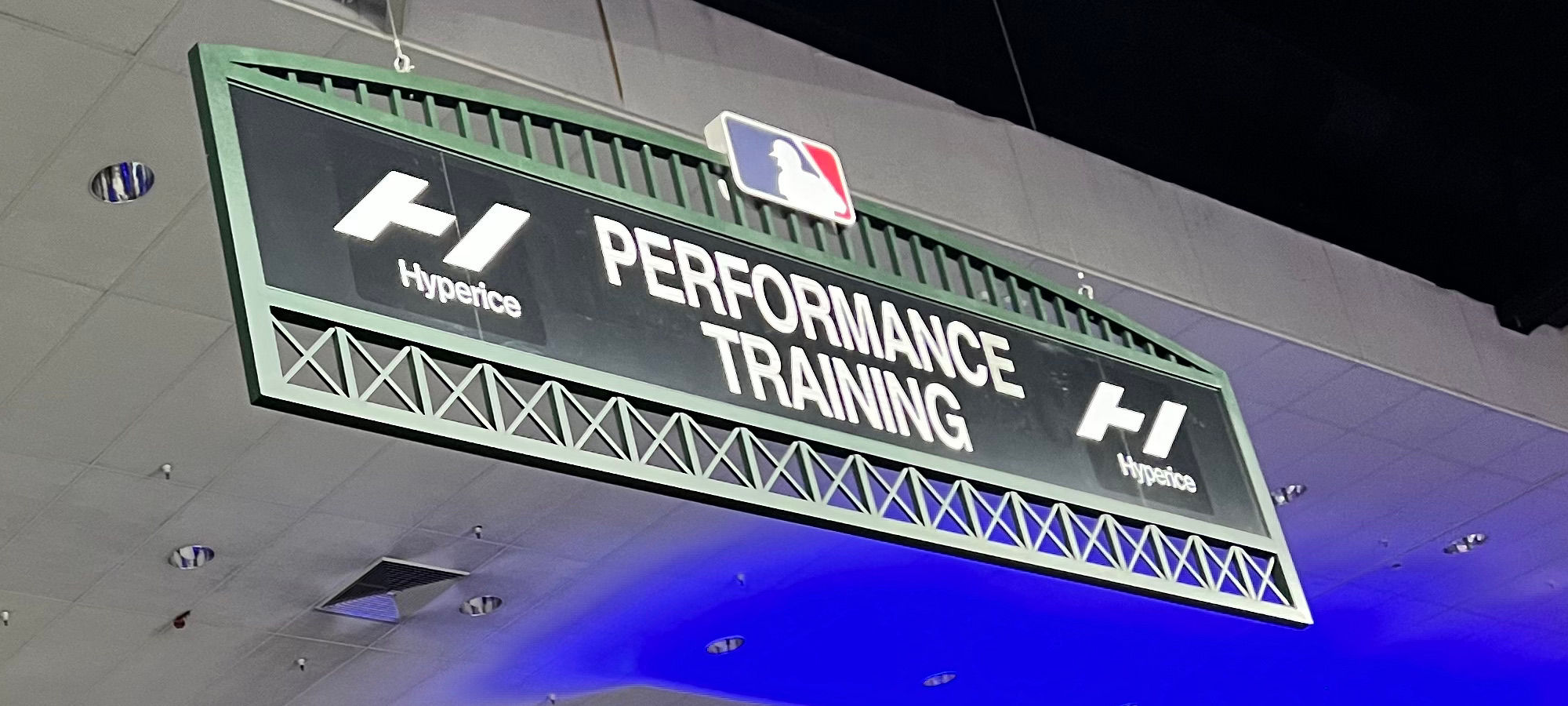
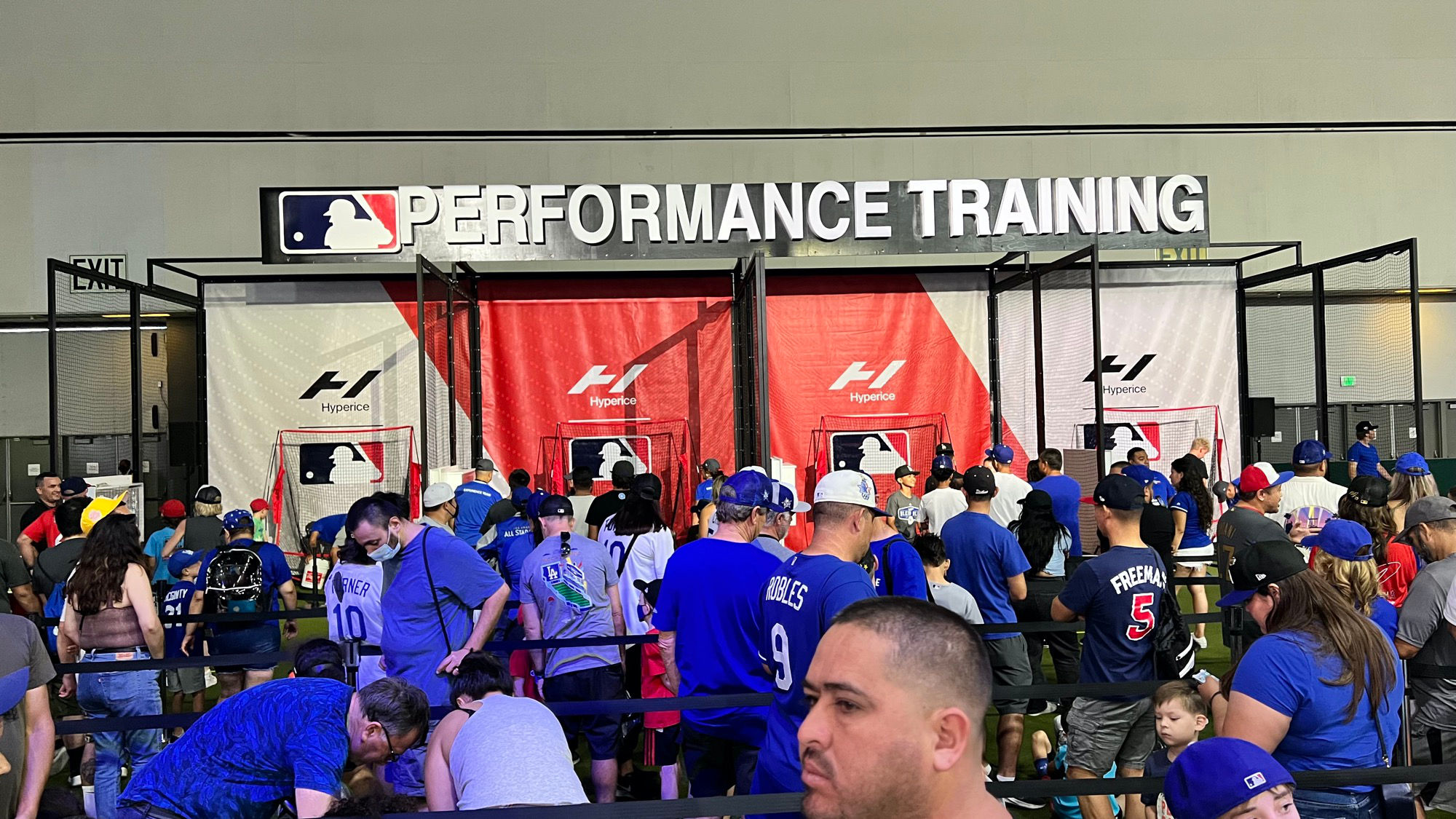
Performance Training


Performance Training

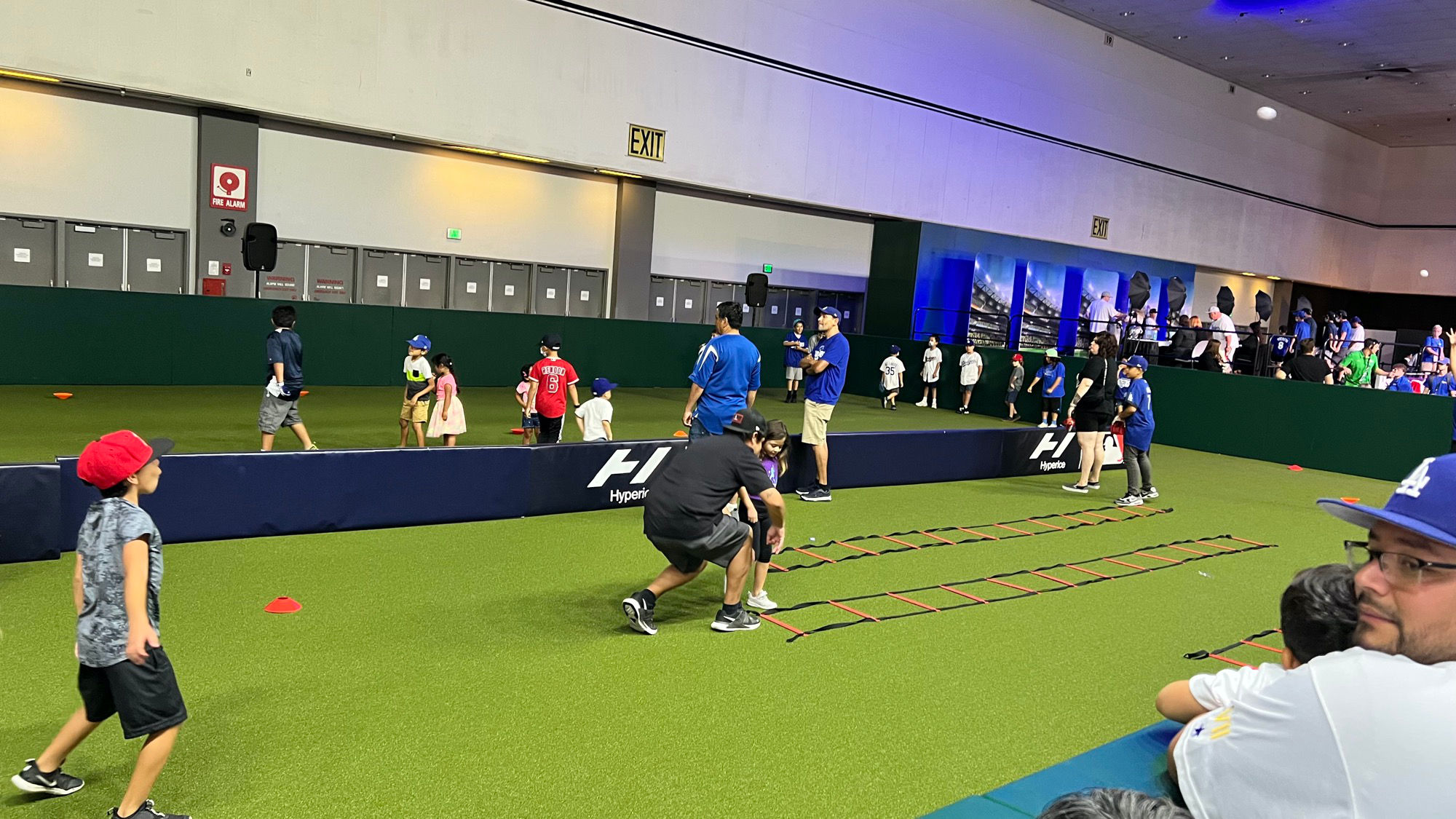
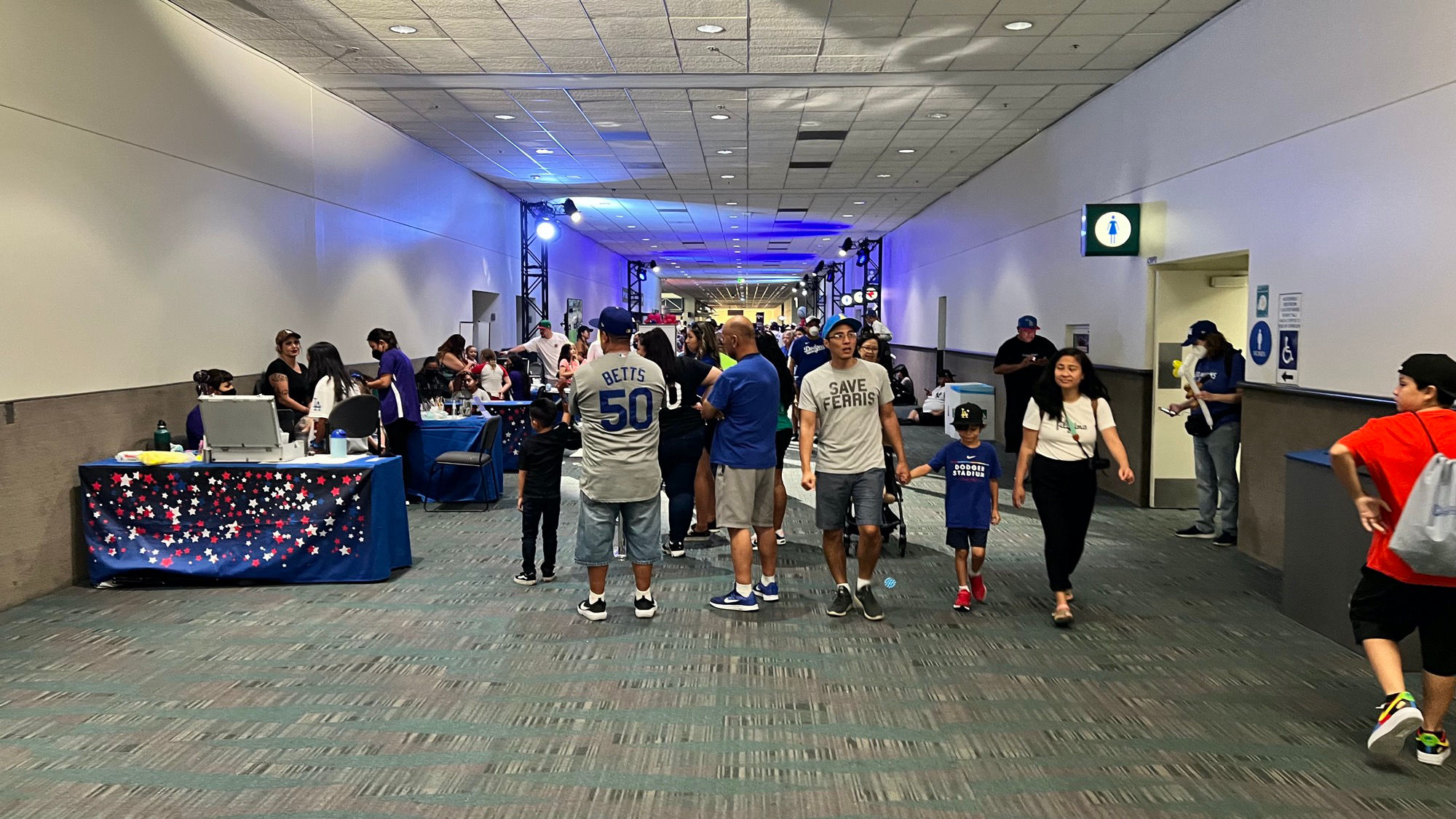

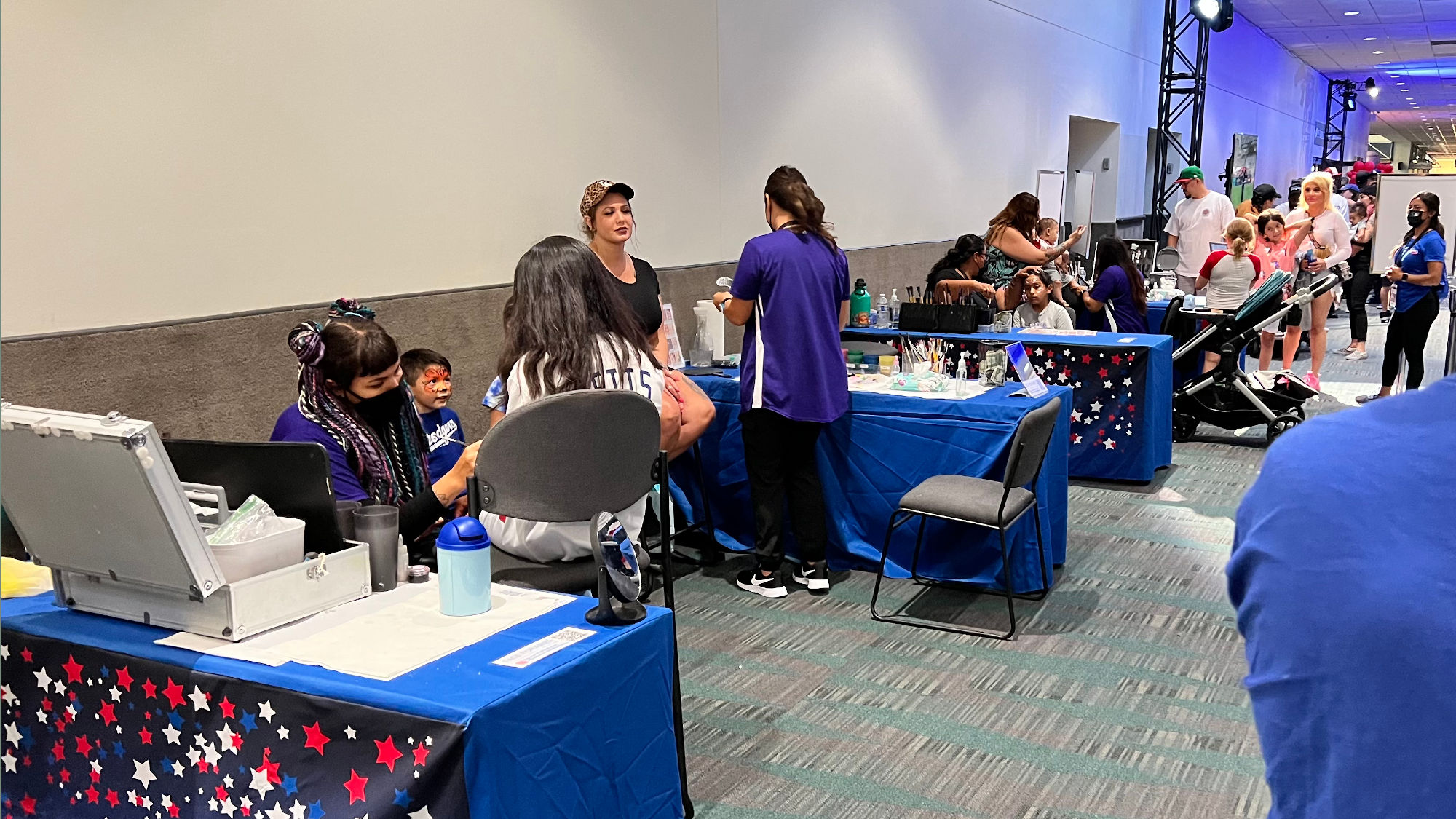
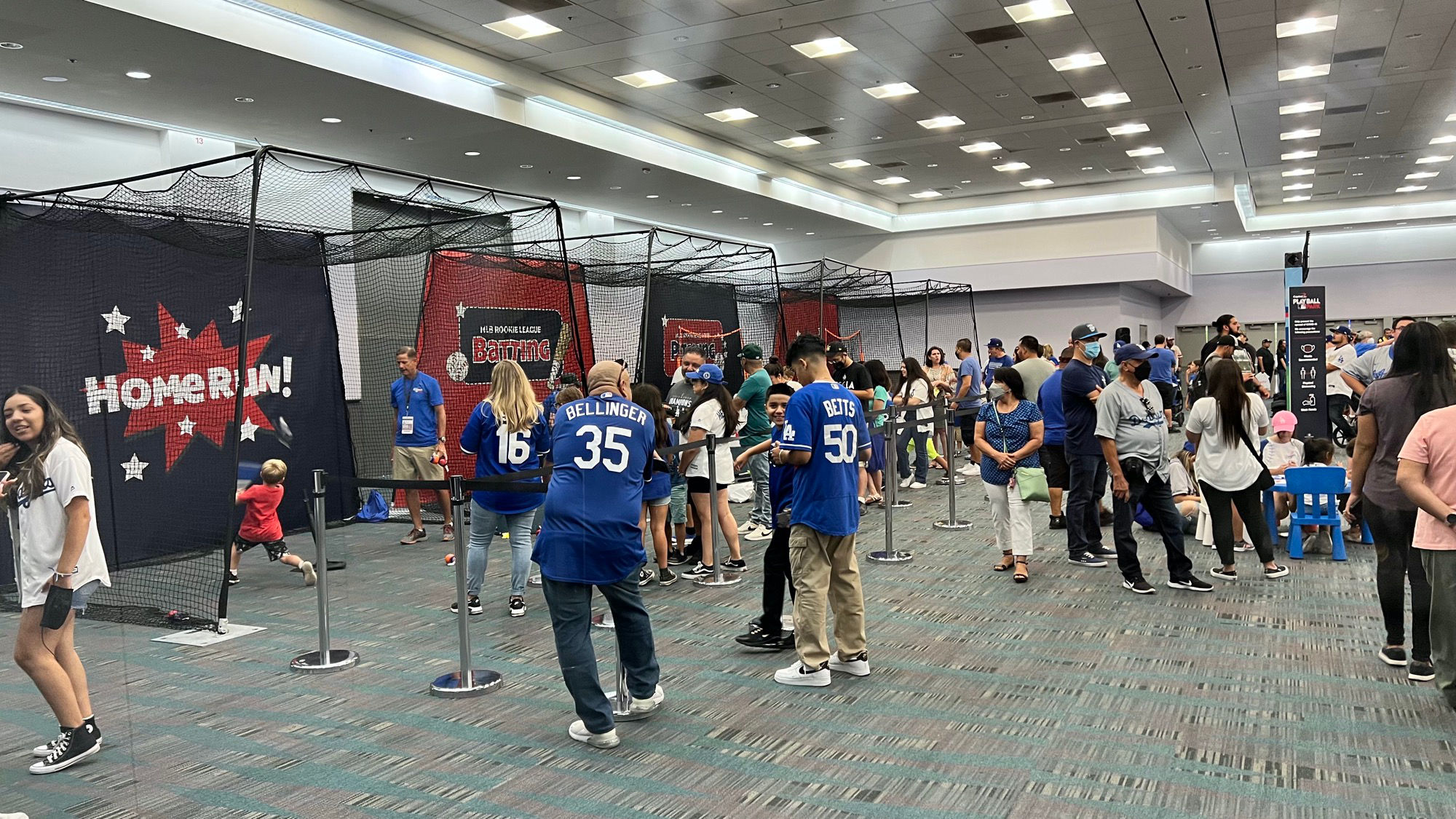
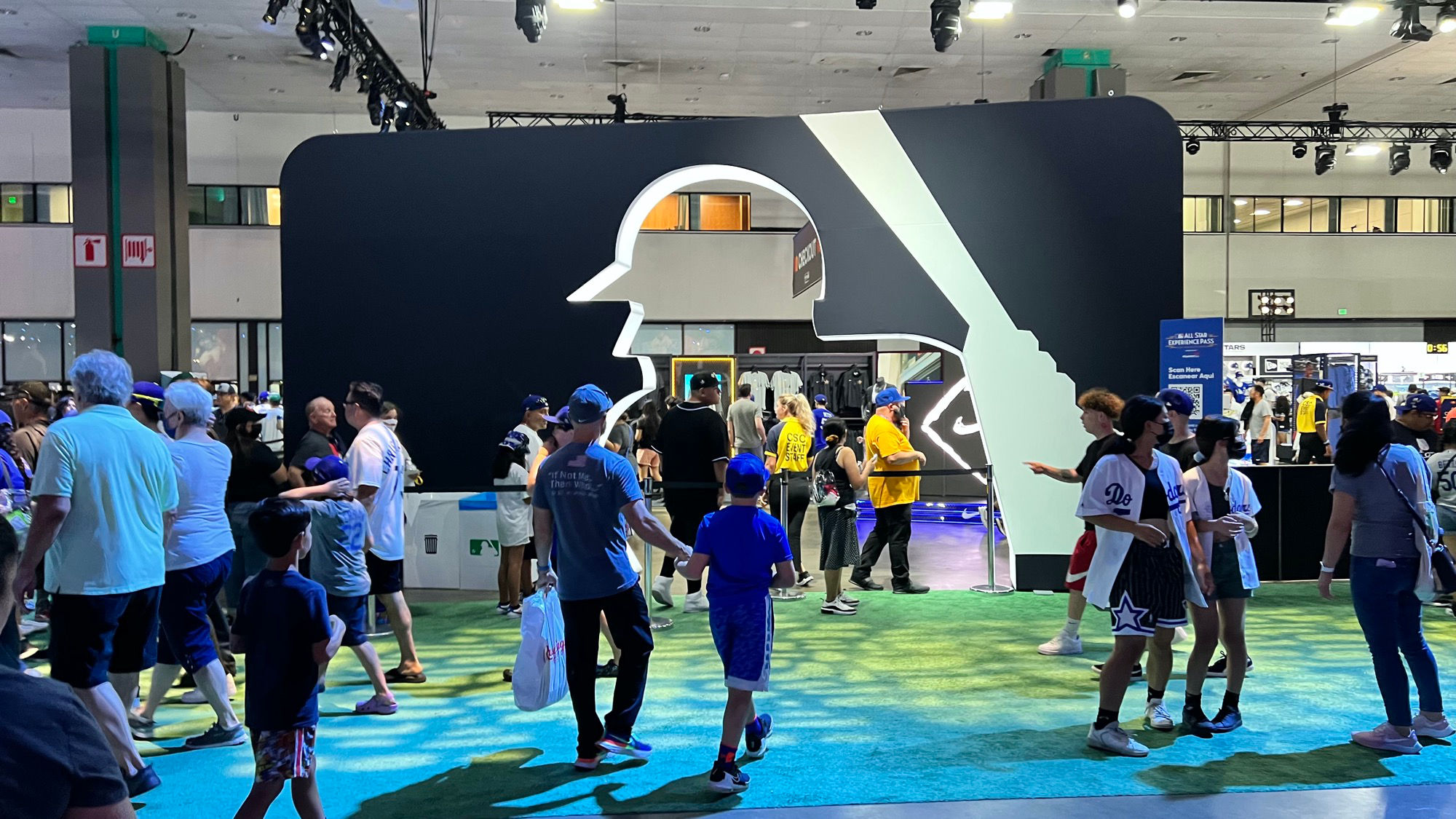

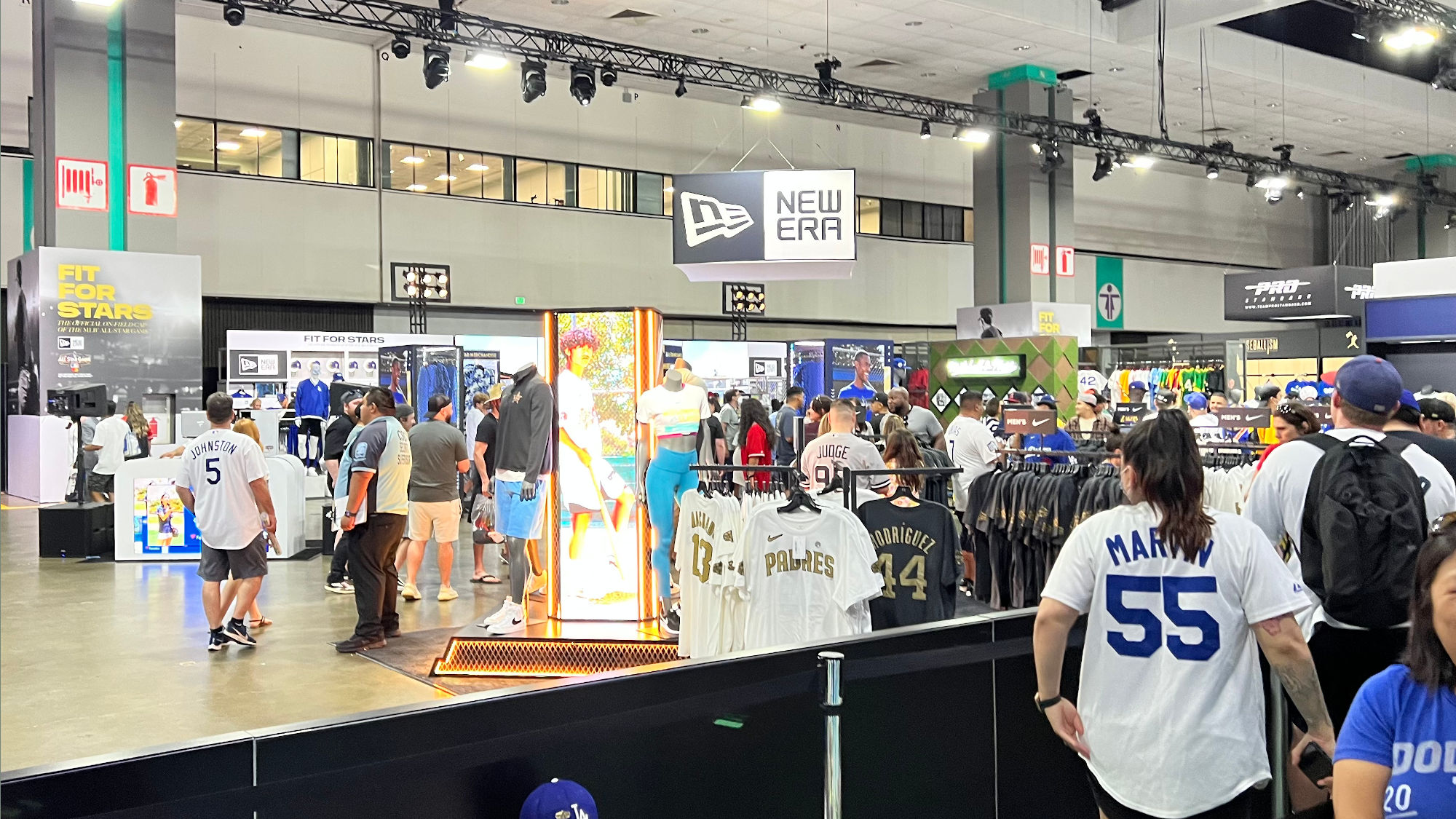
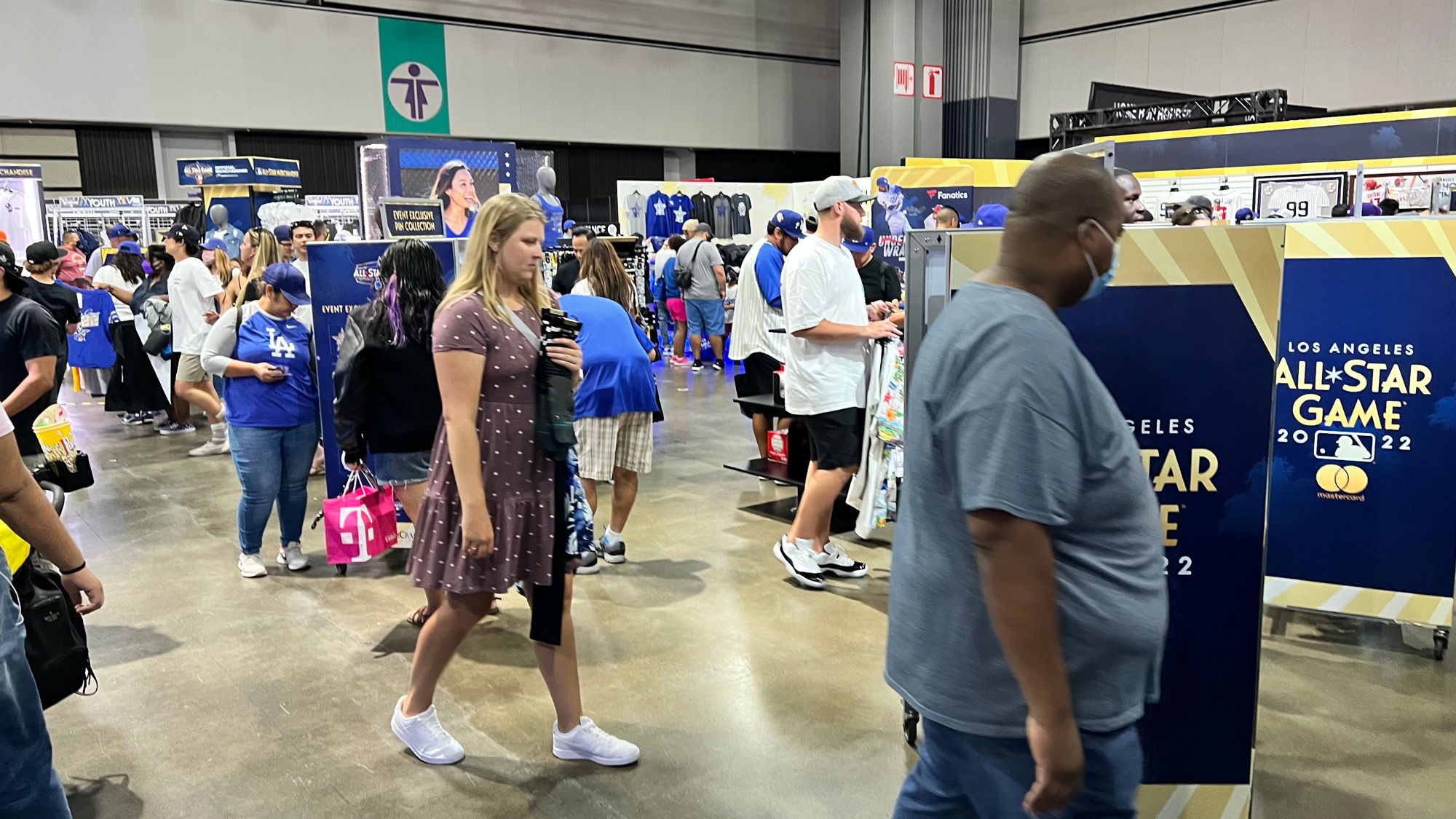

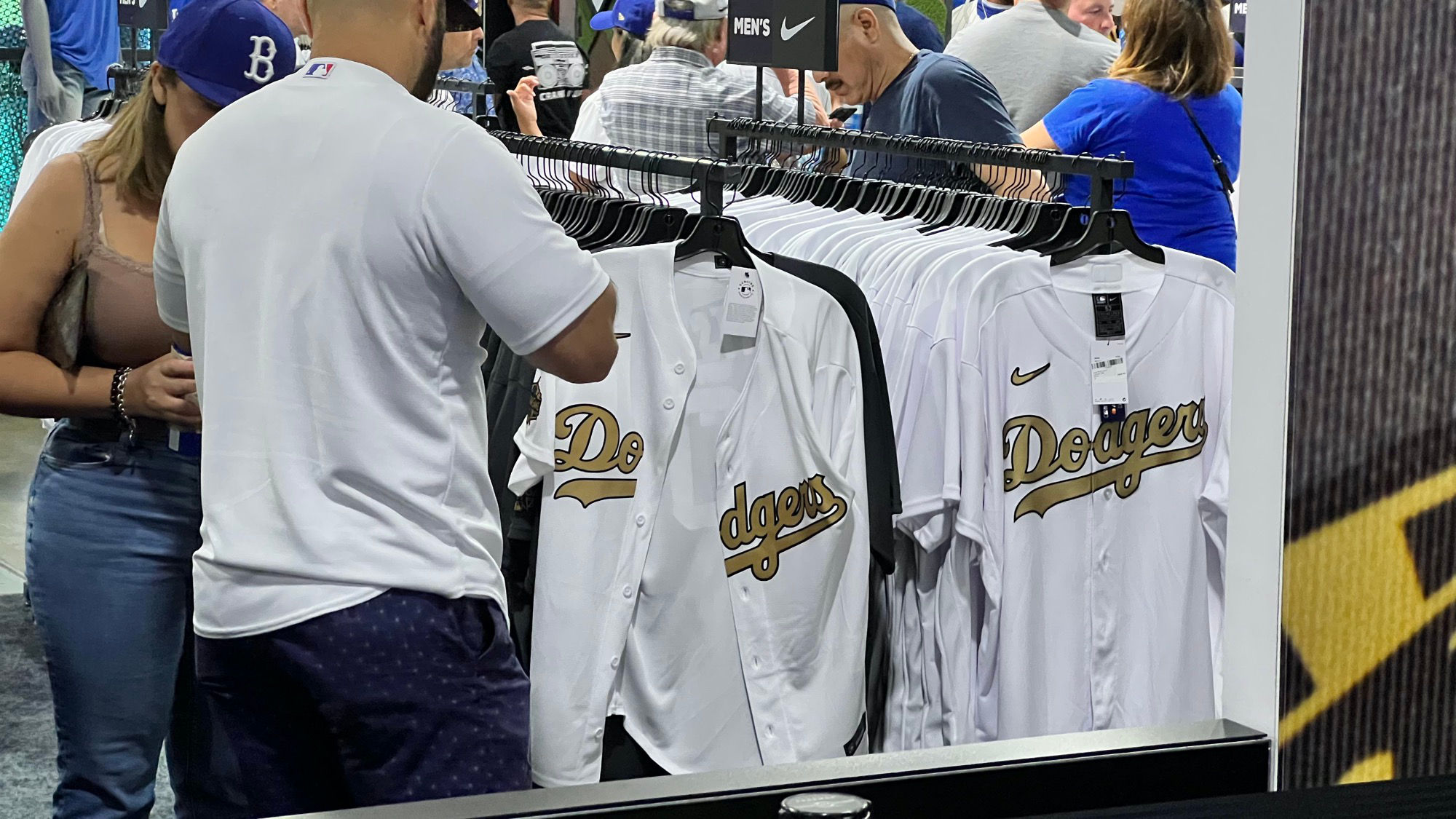
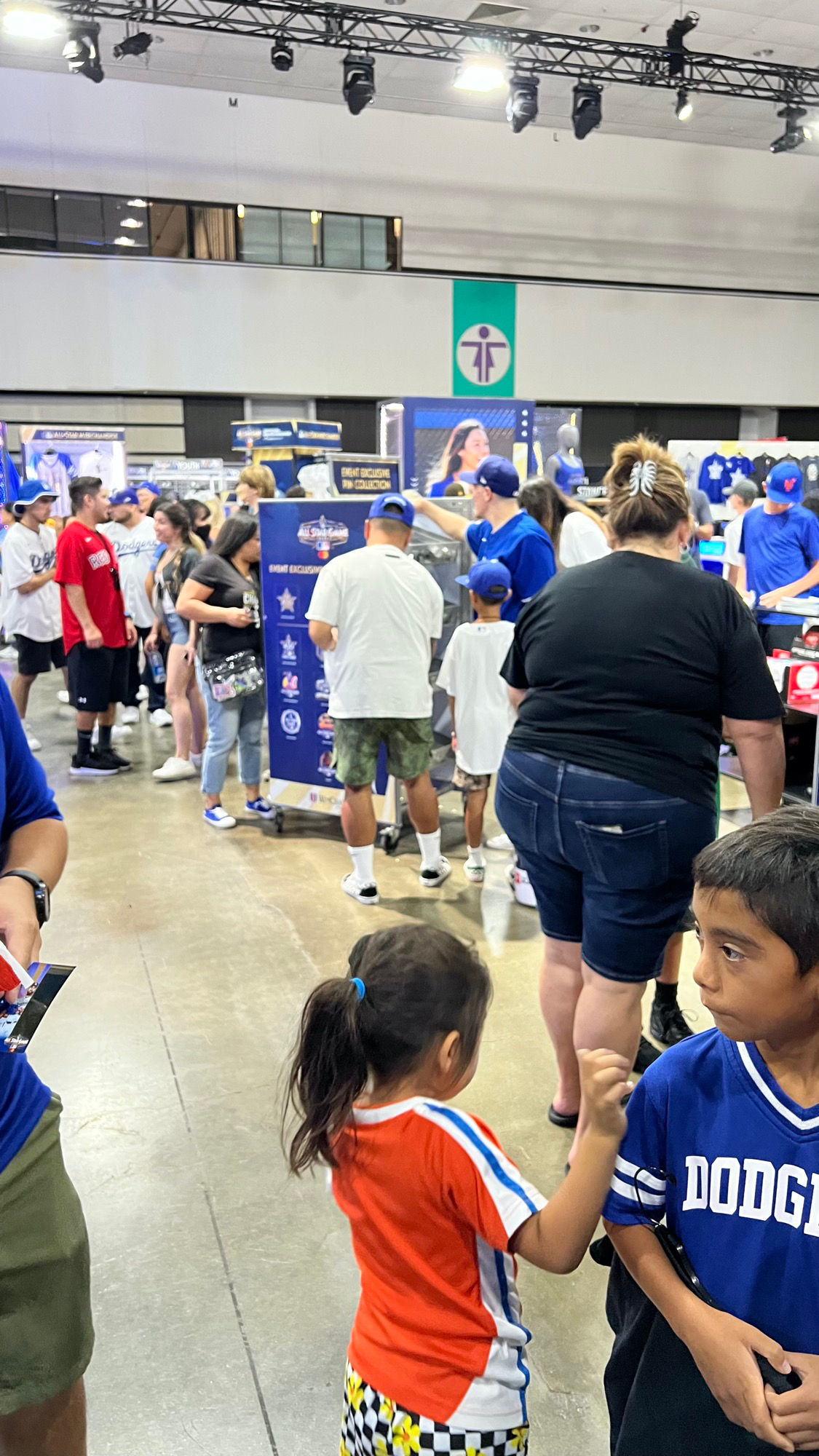
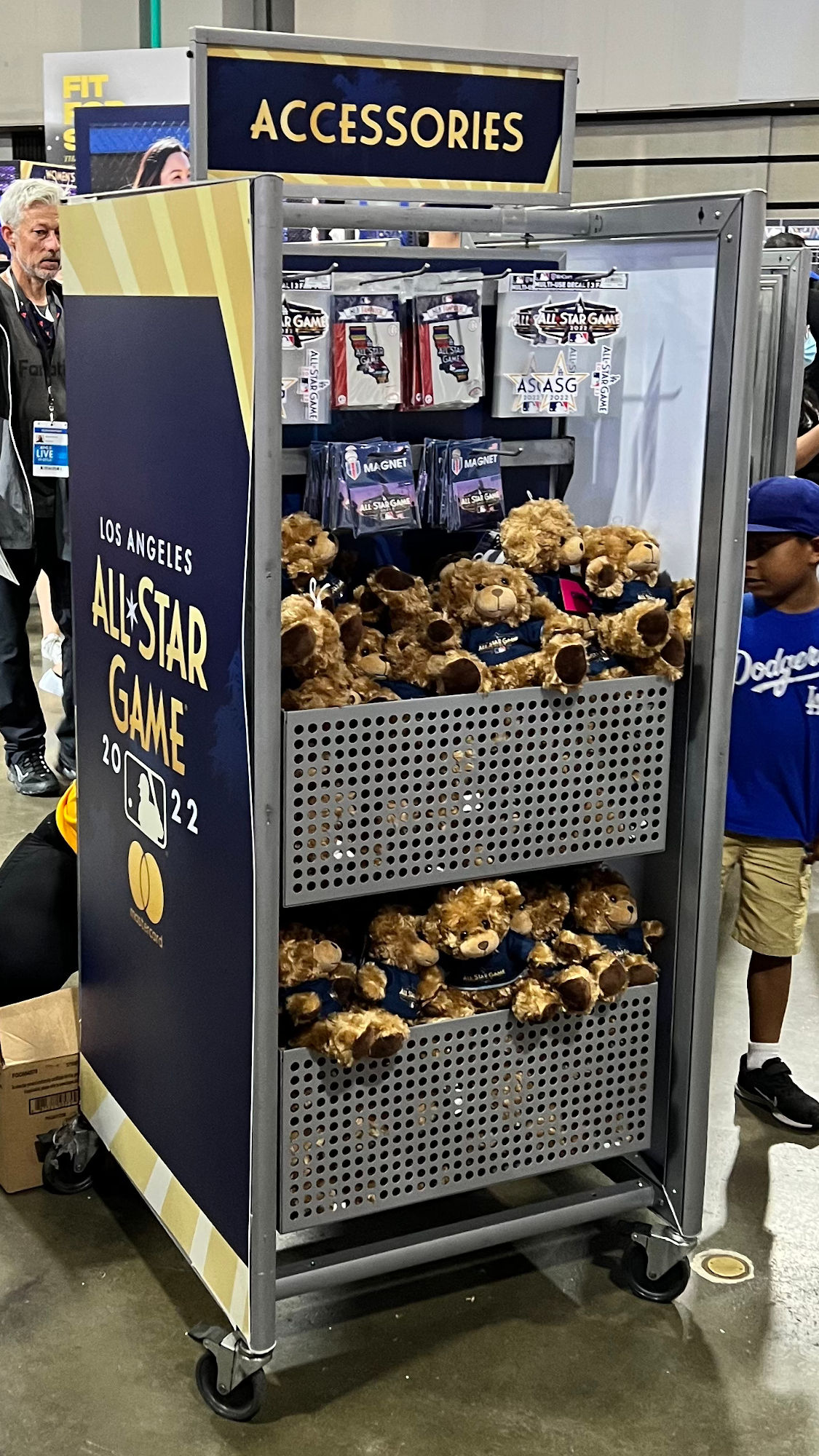
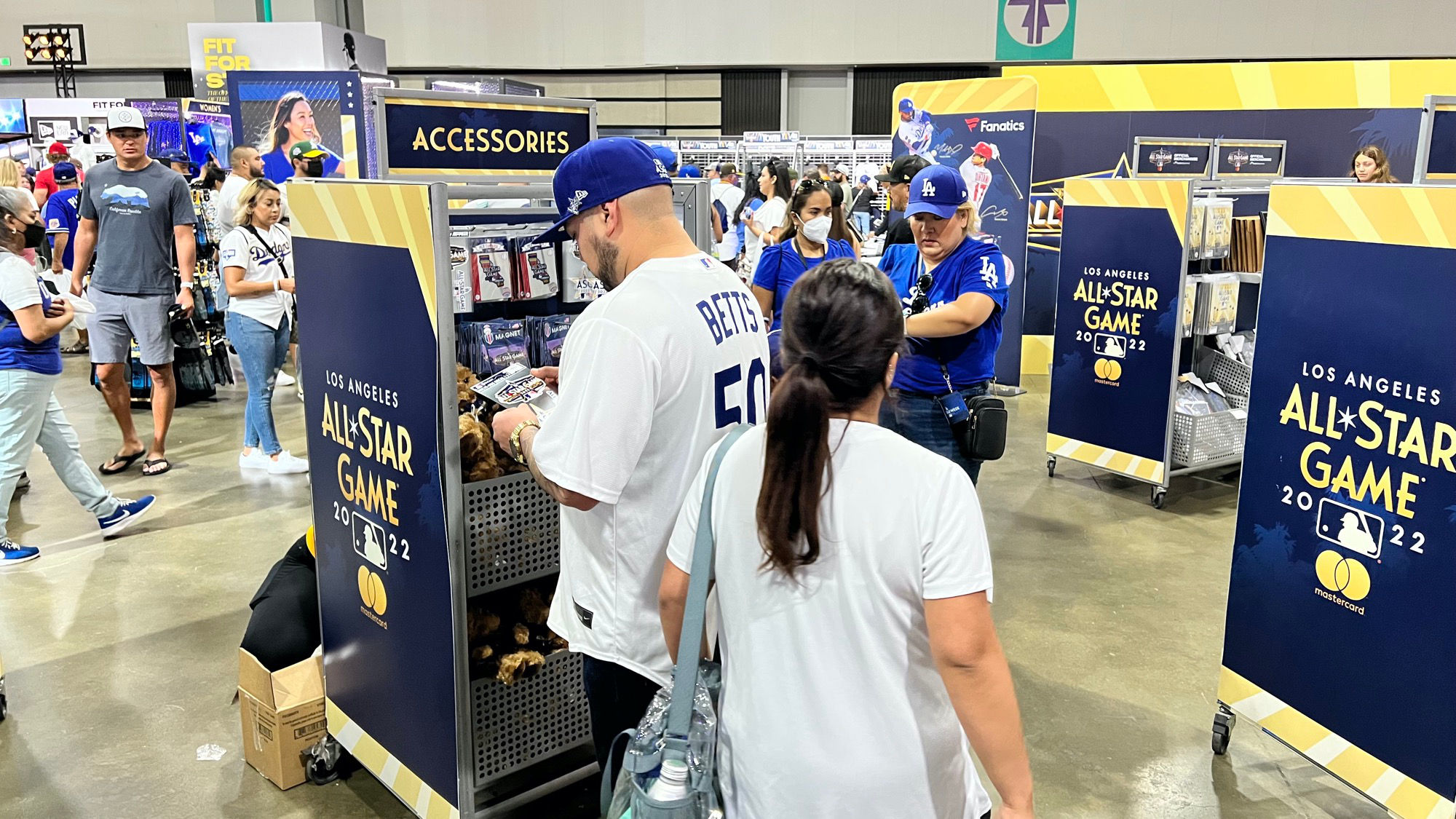

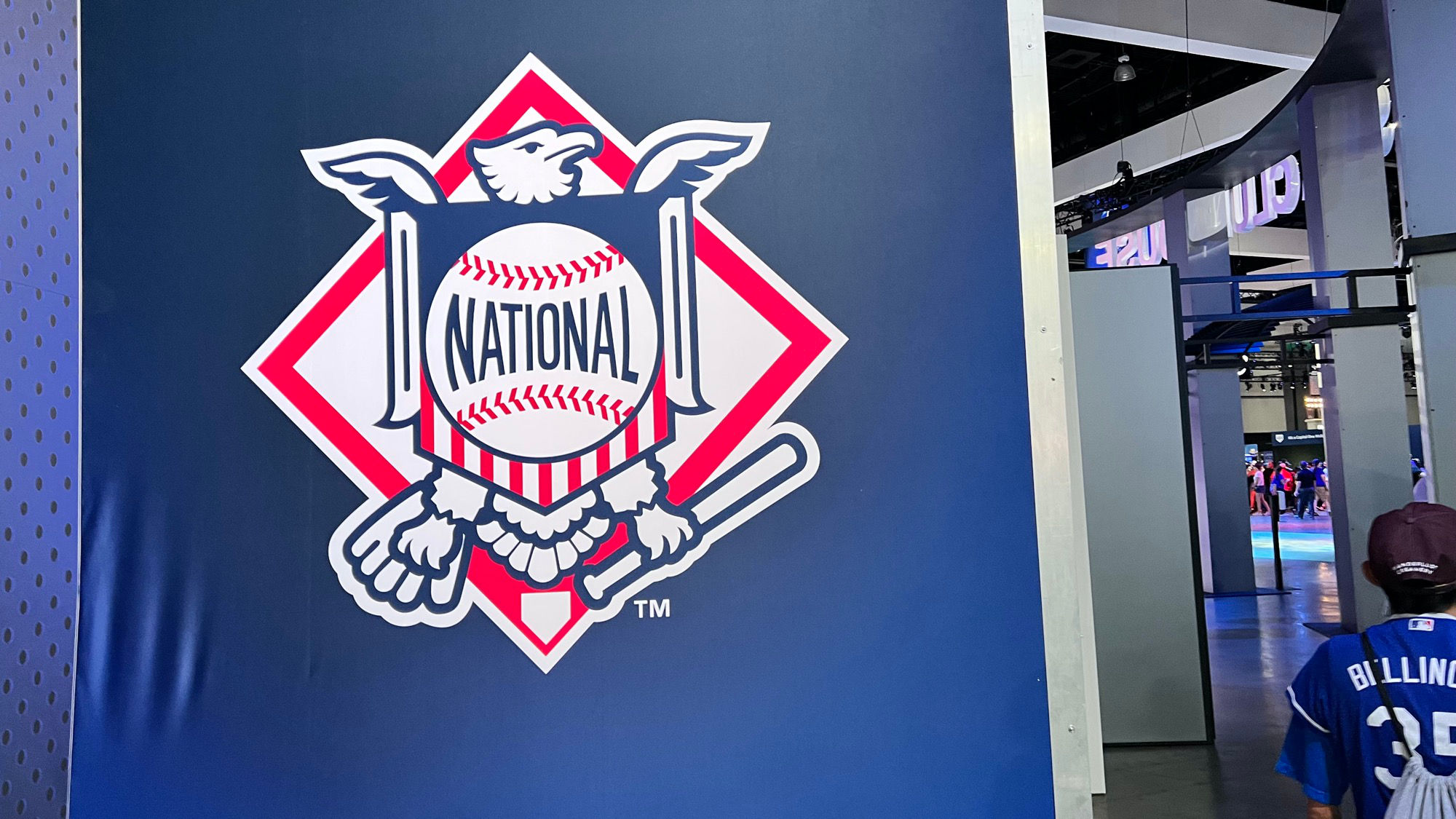
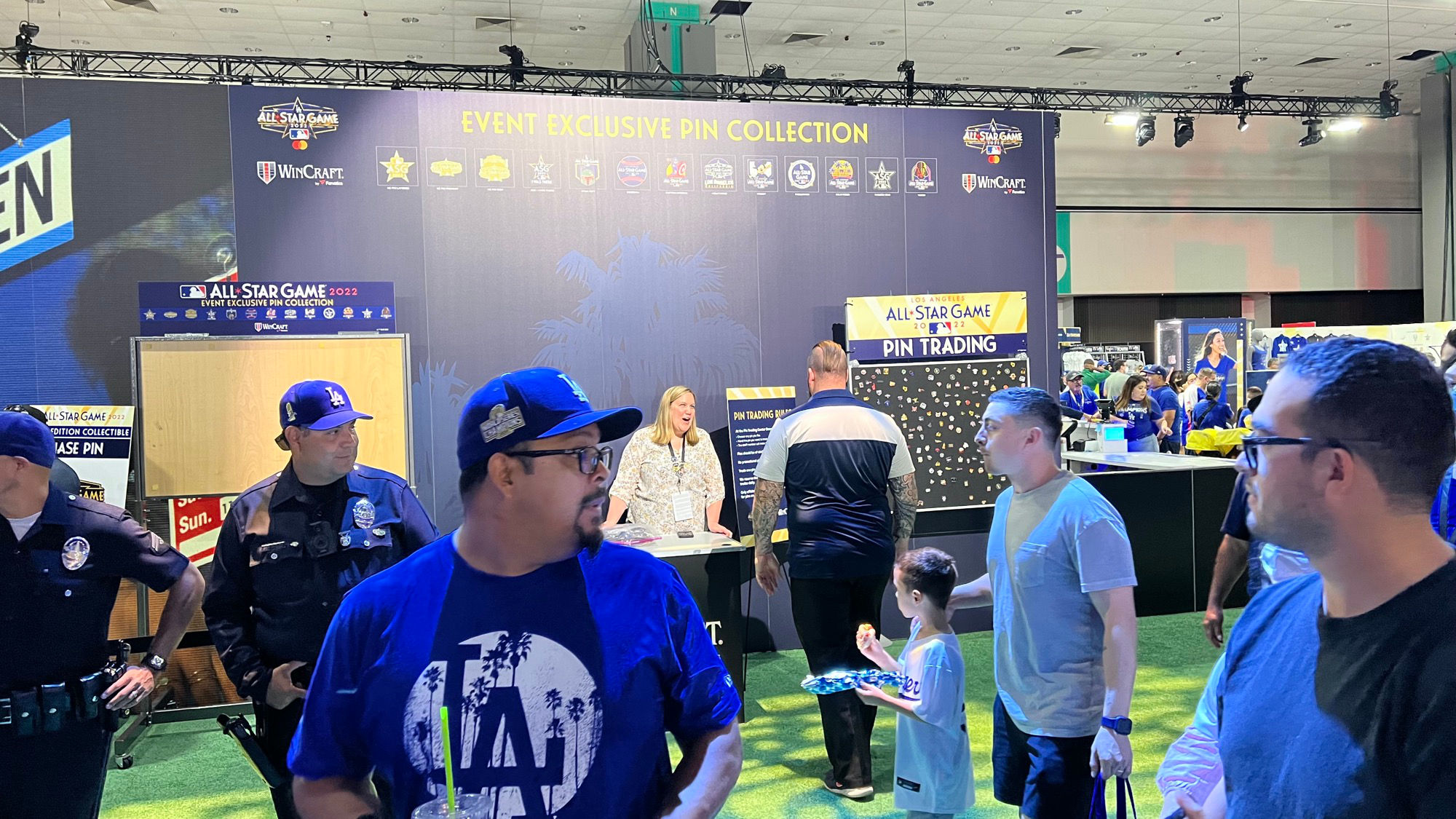
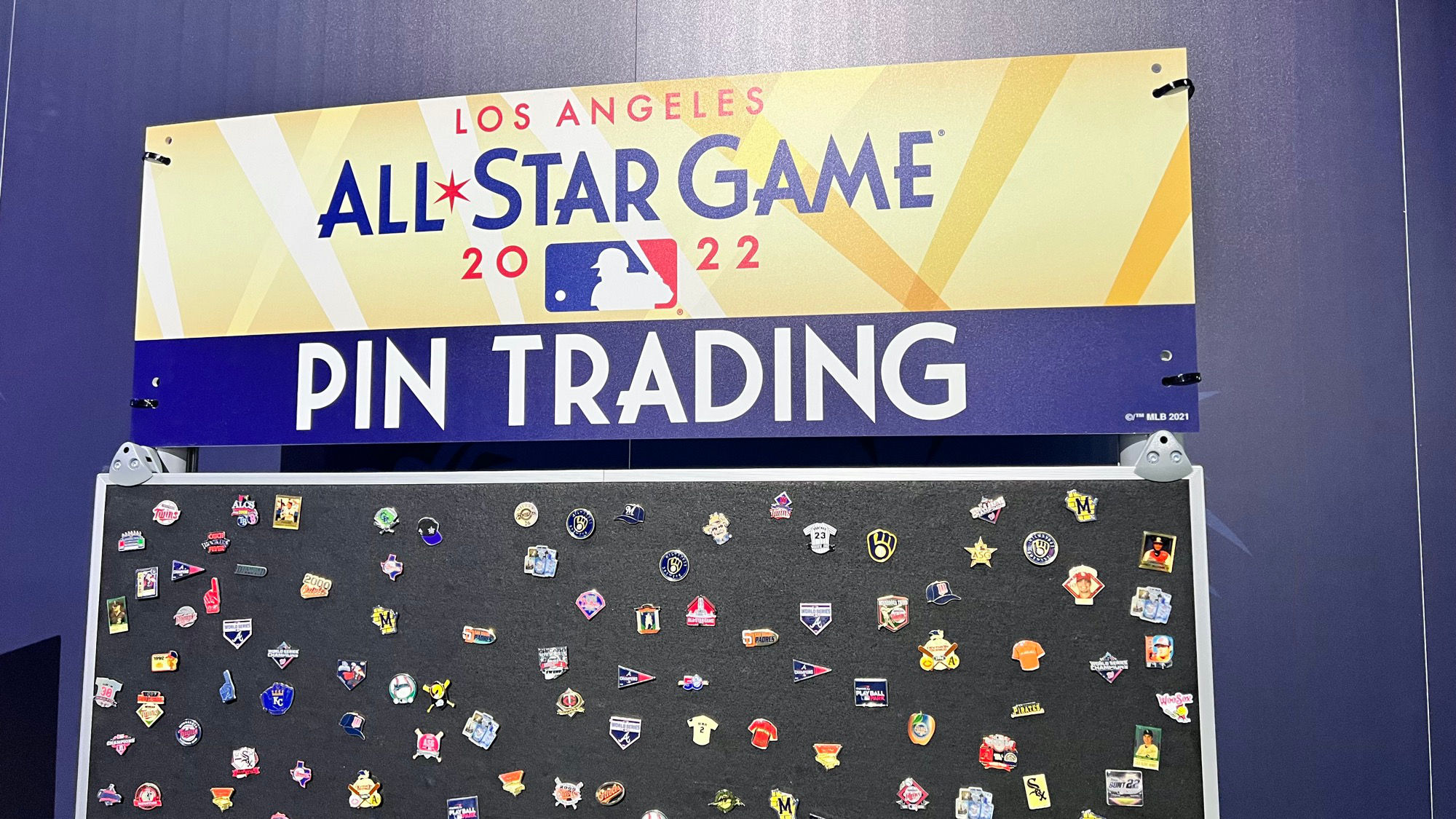
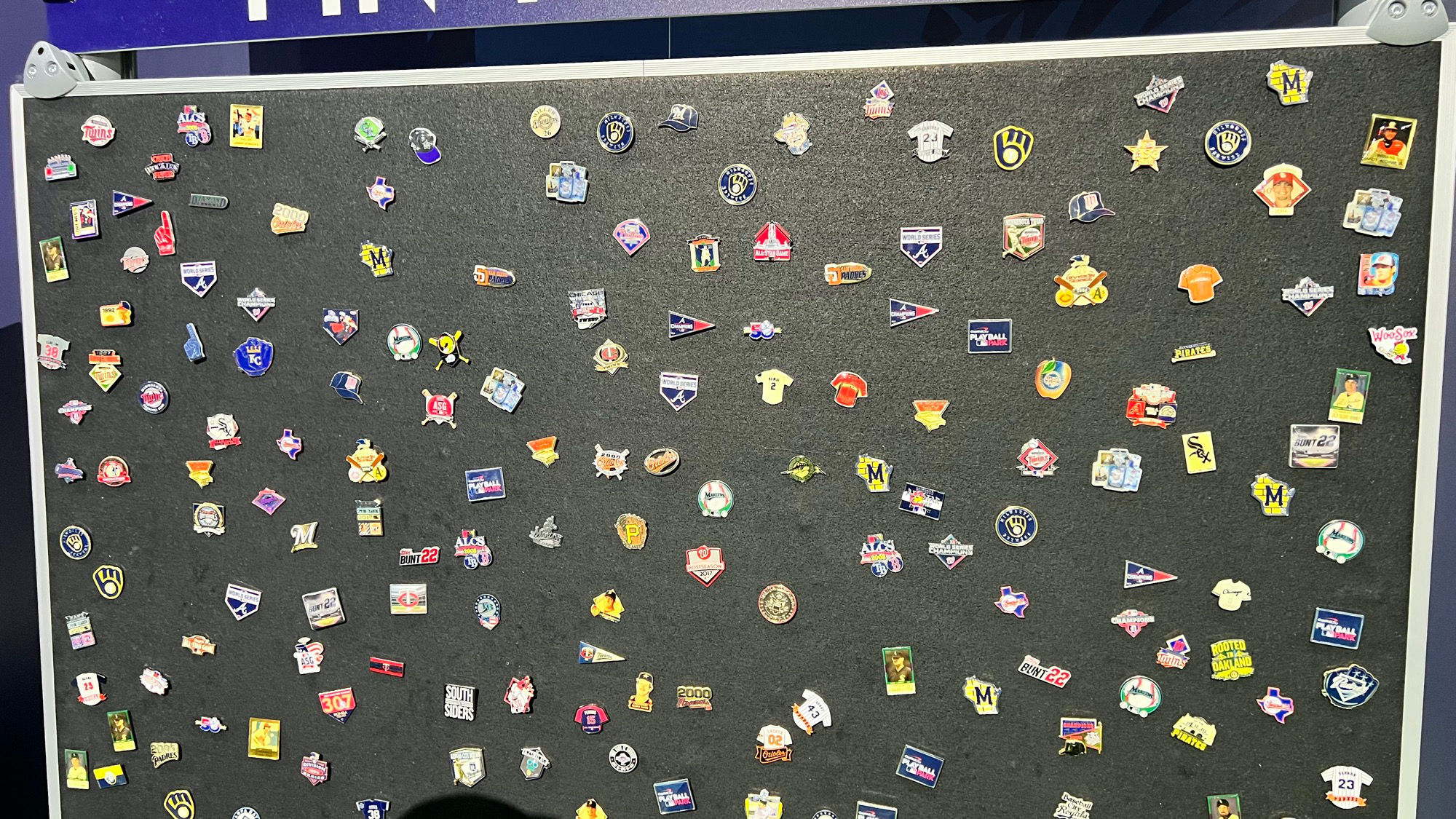
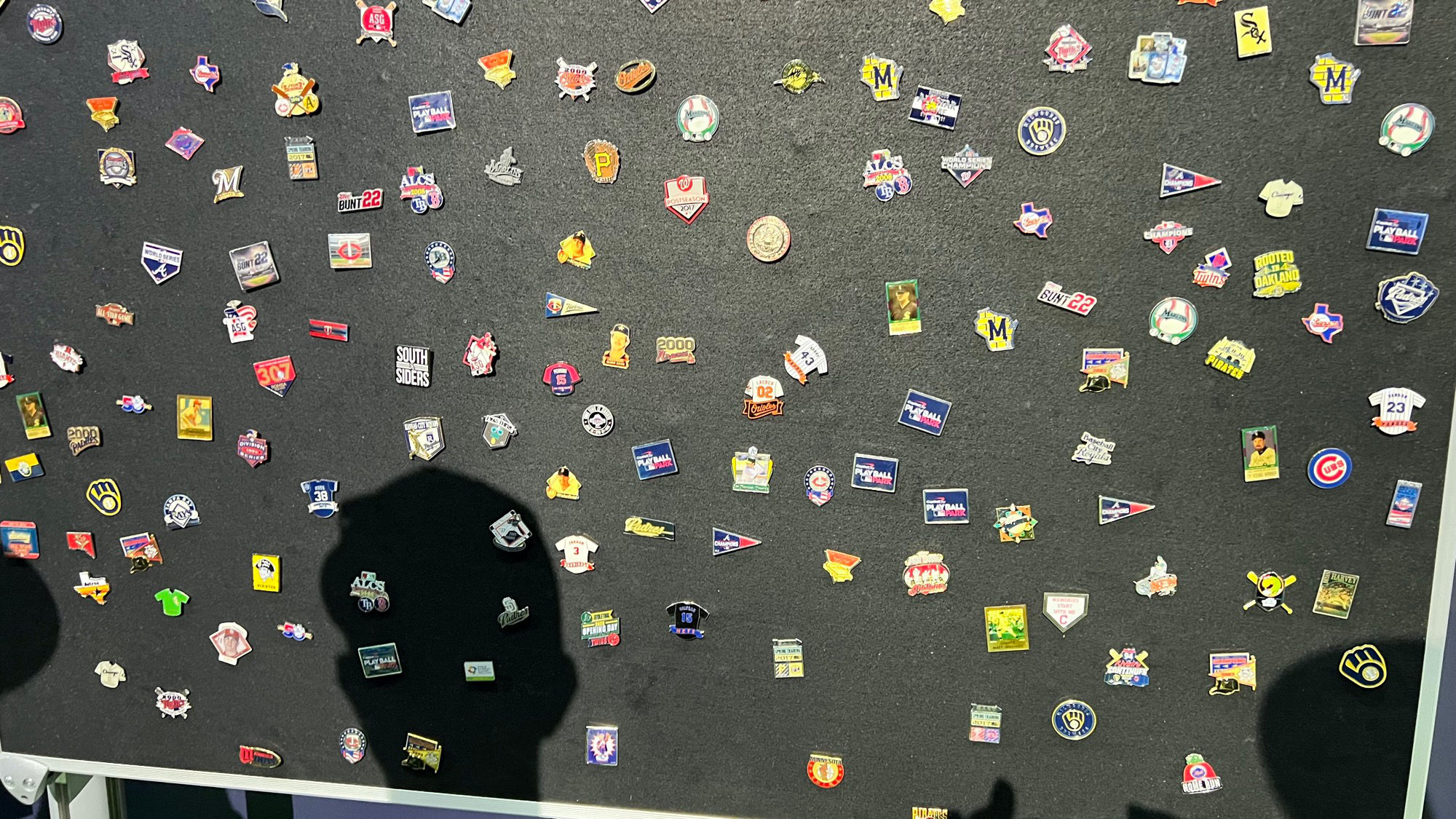
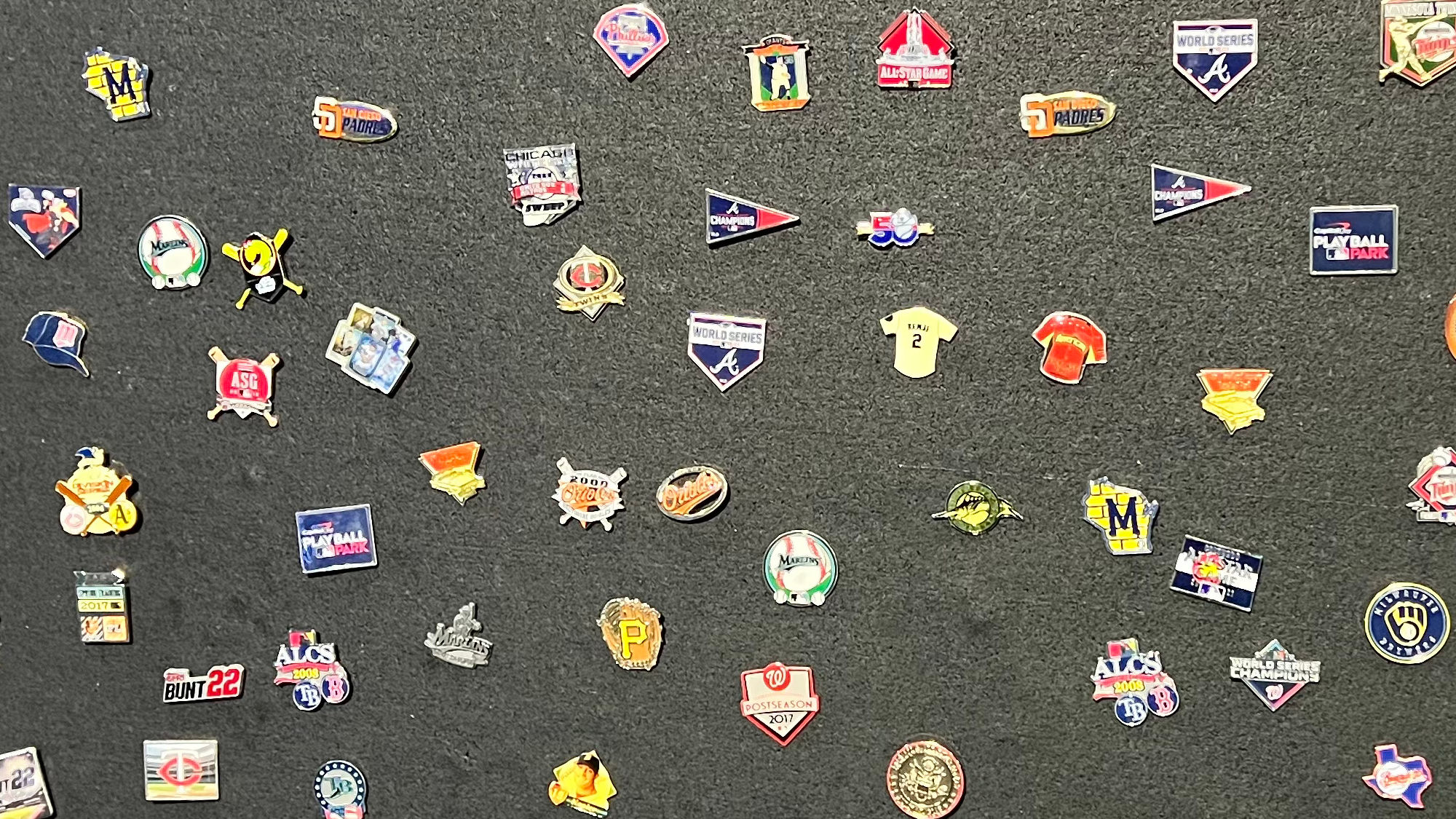
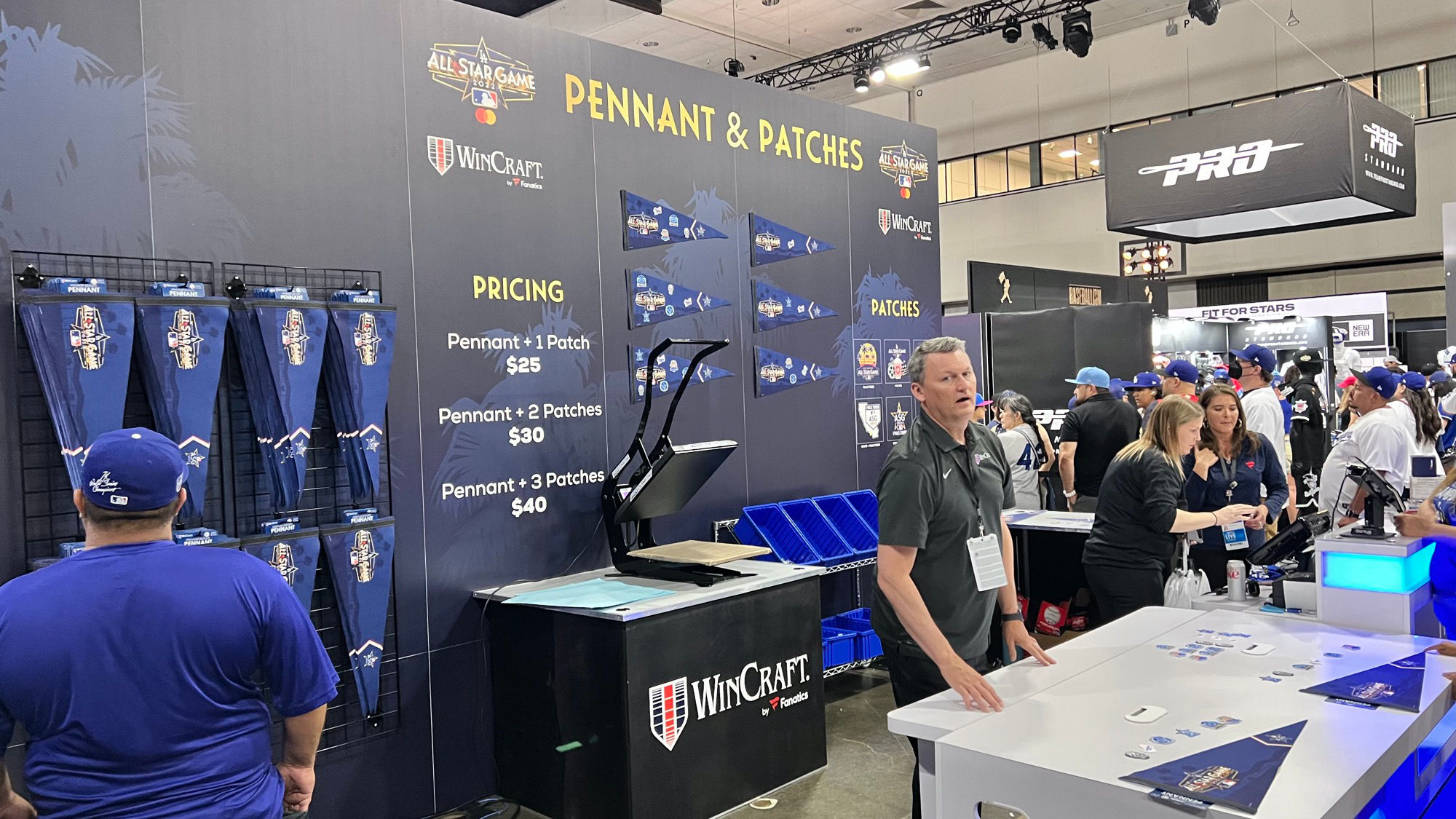


Selfie Wall
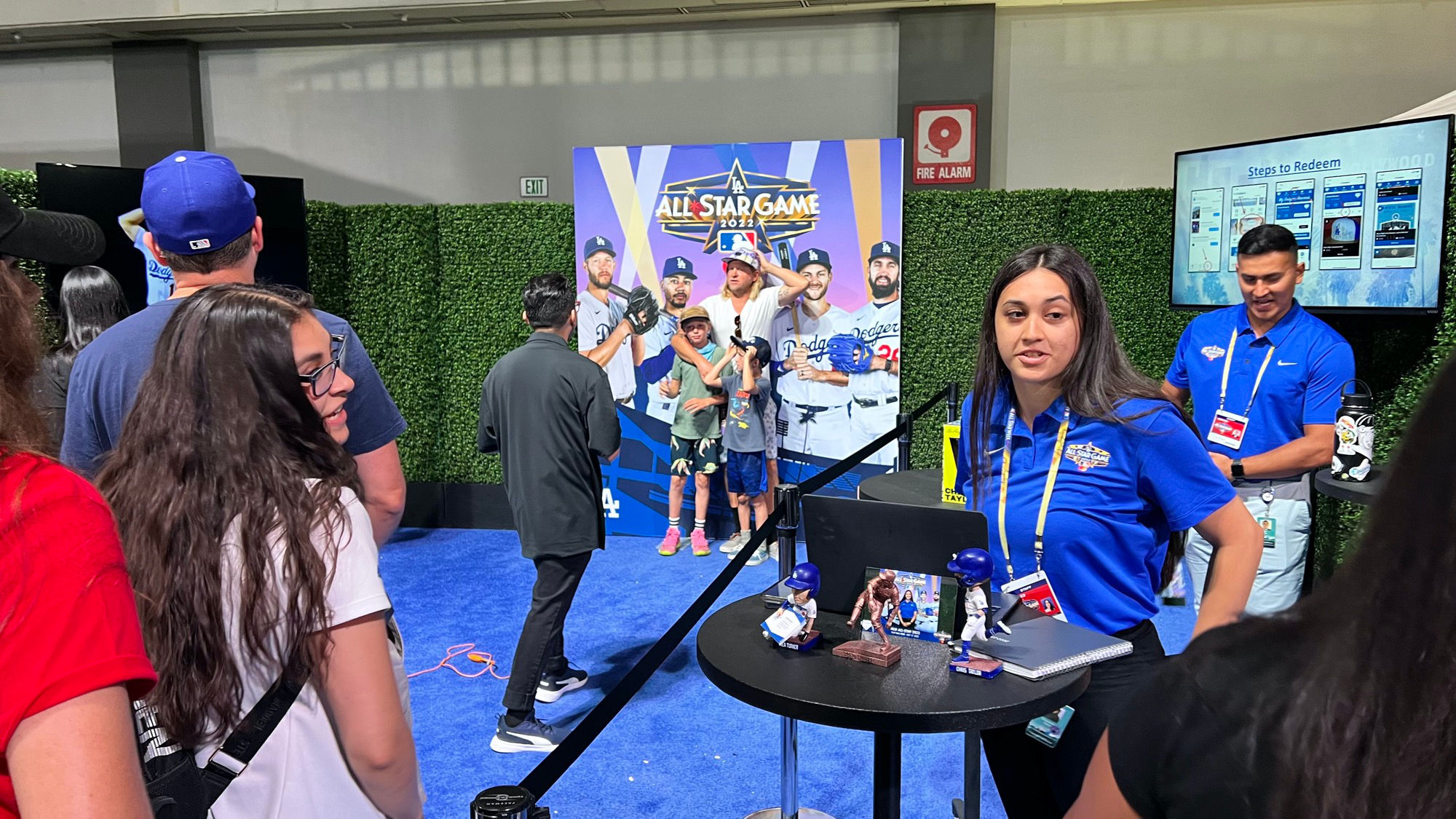
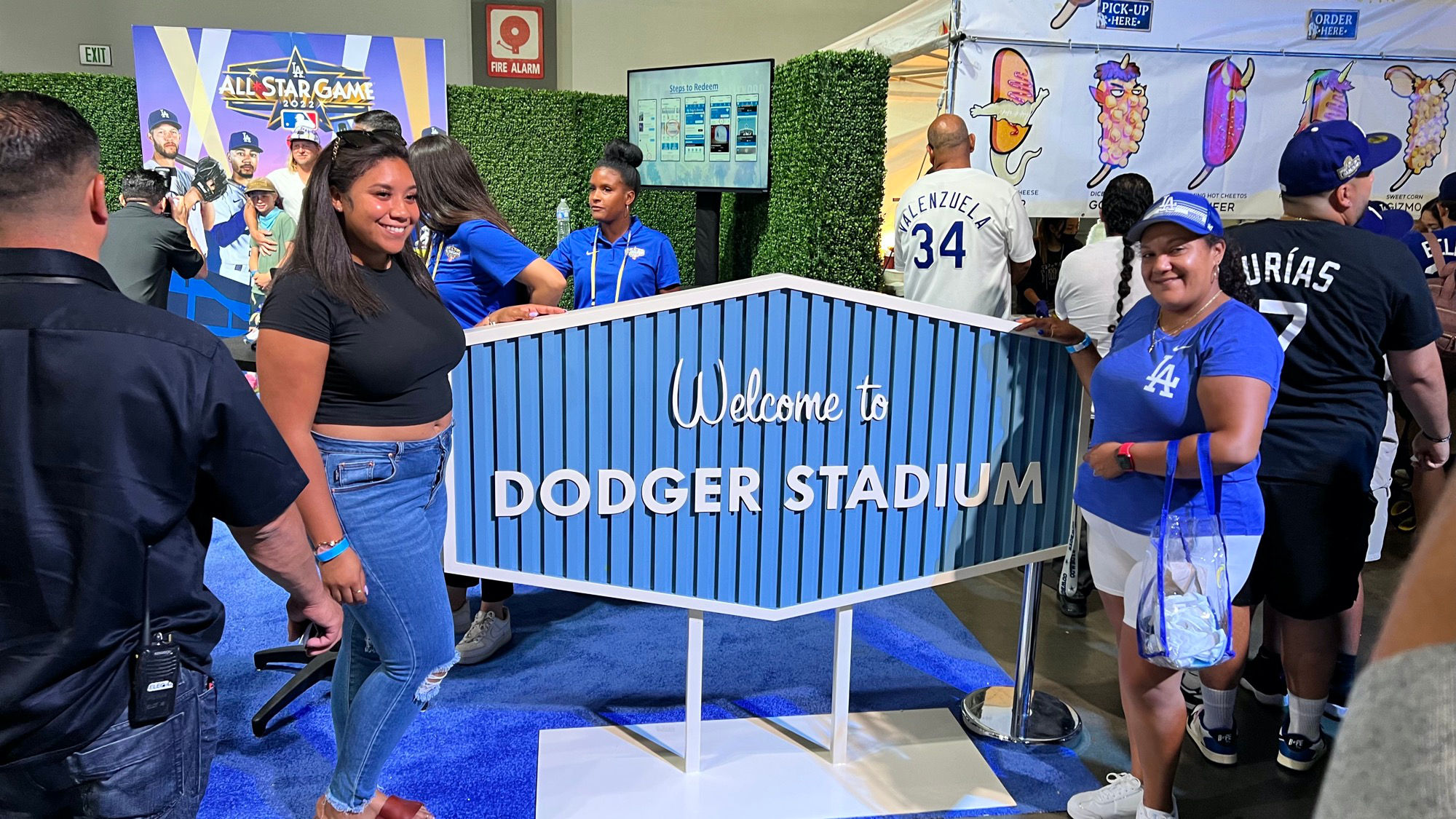
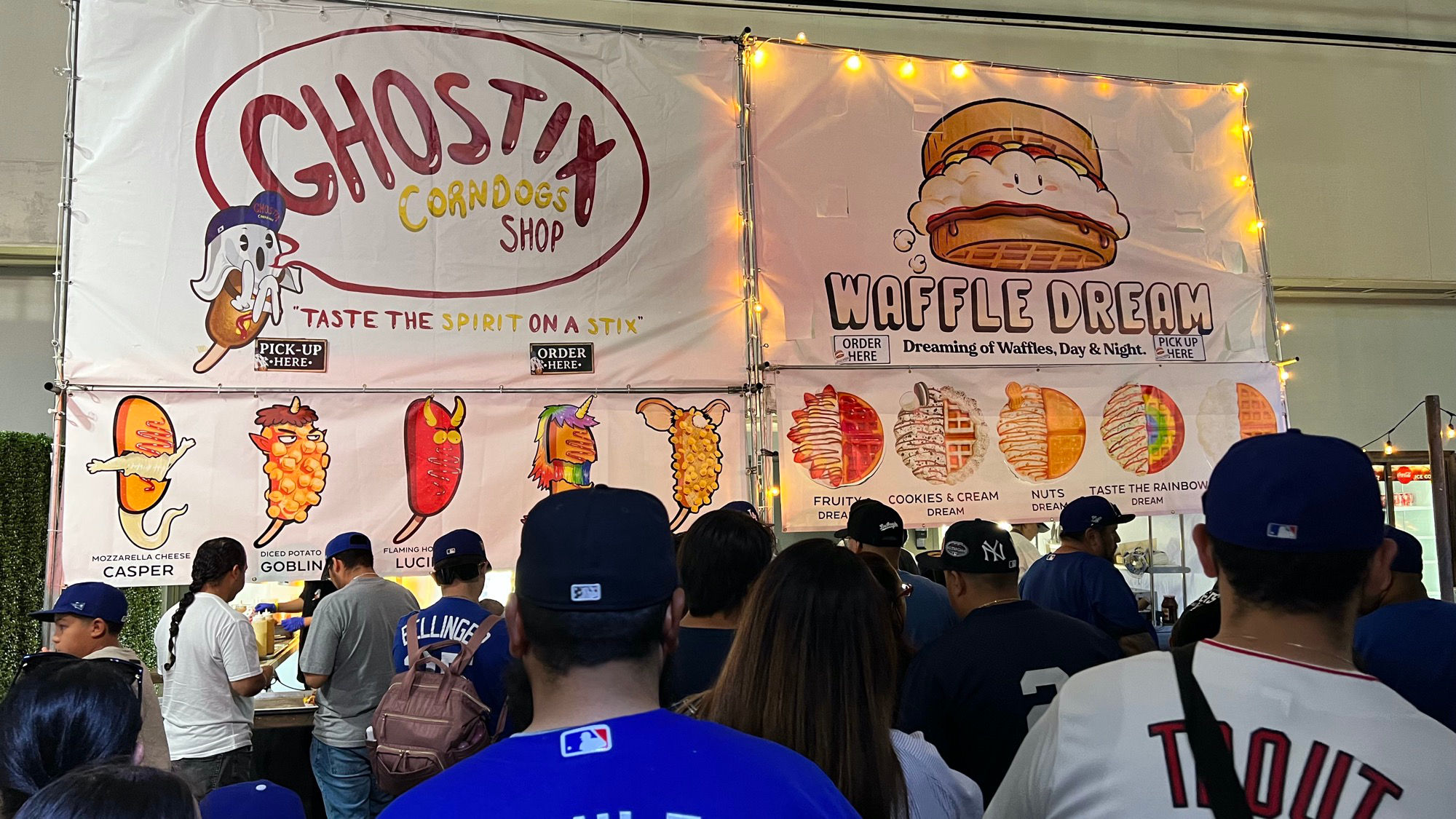
- Corndog Shop
Taste the Spirit on a Stix - Waffle Dream
Dreaming of Waffles Day & Night
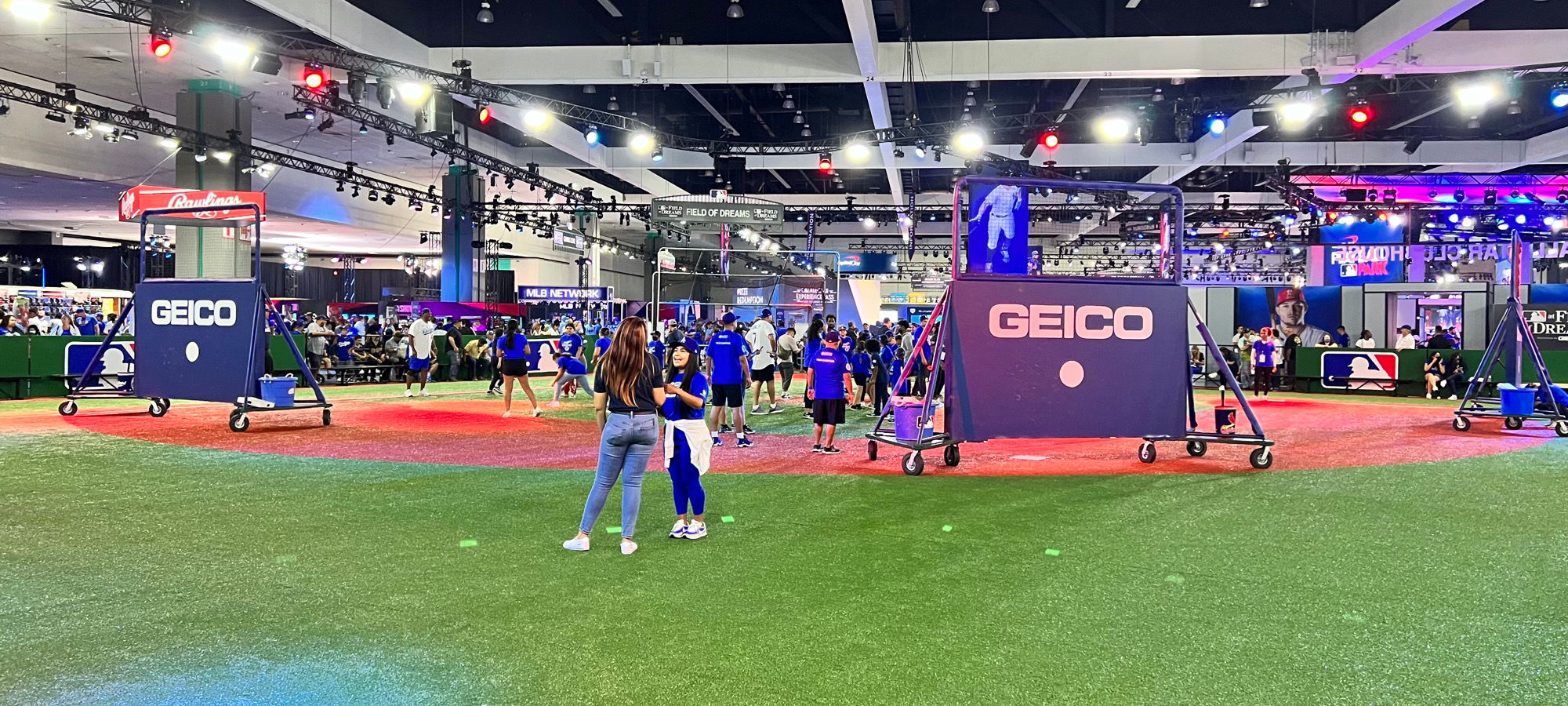
Field of Dreams
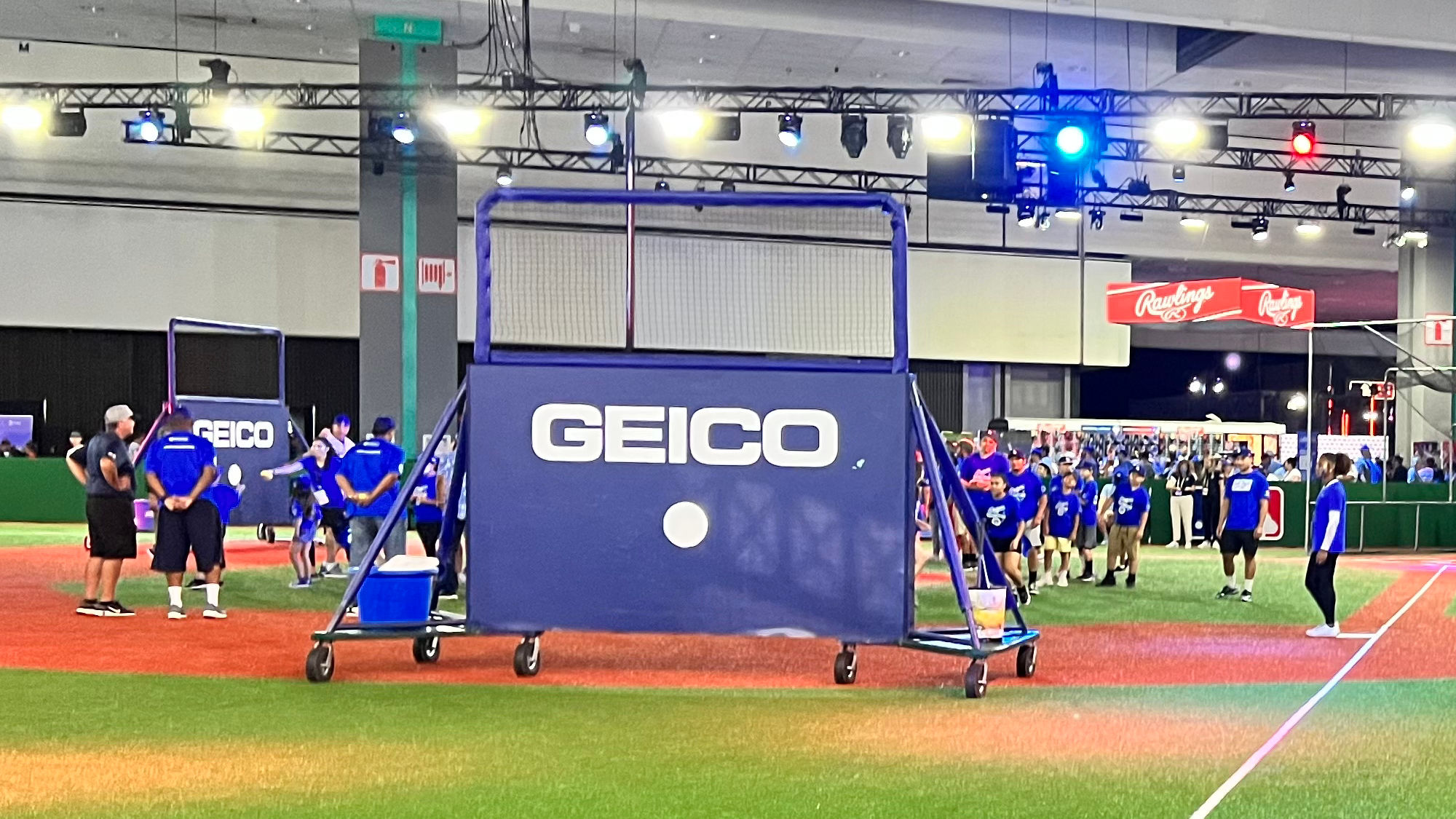
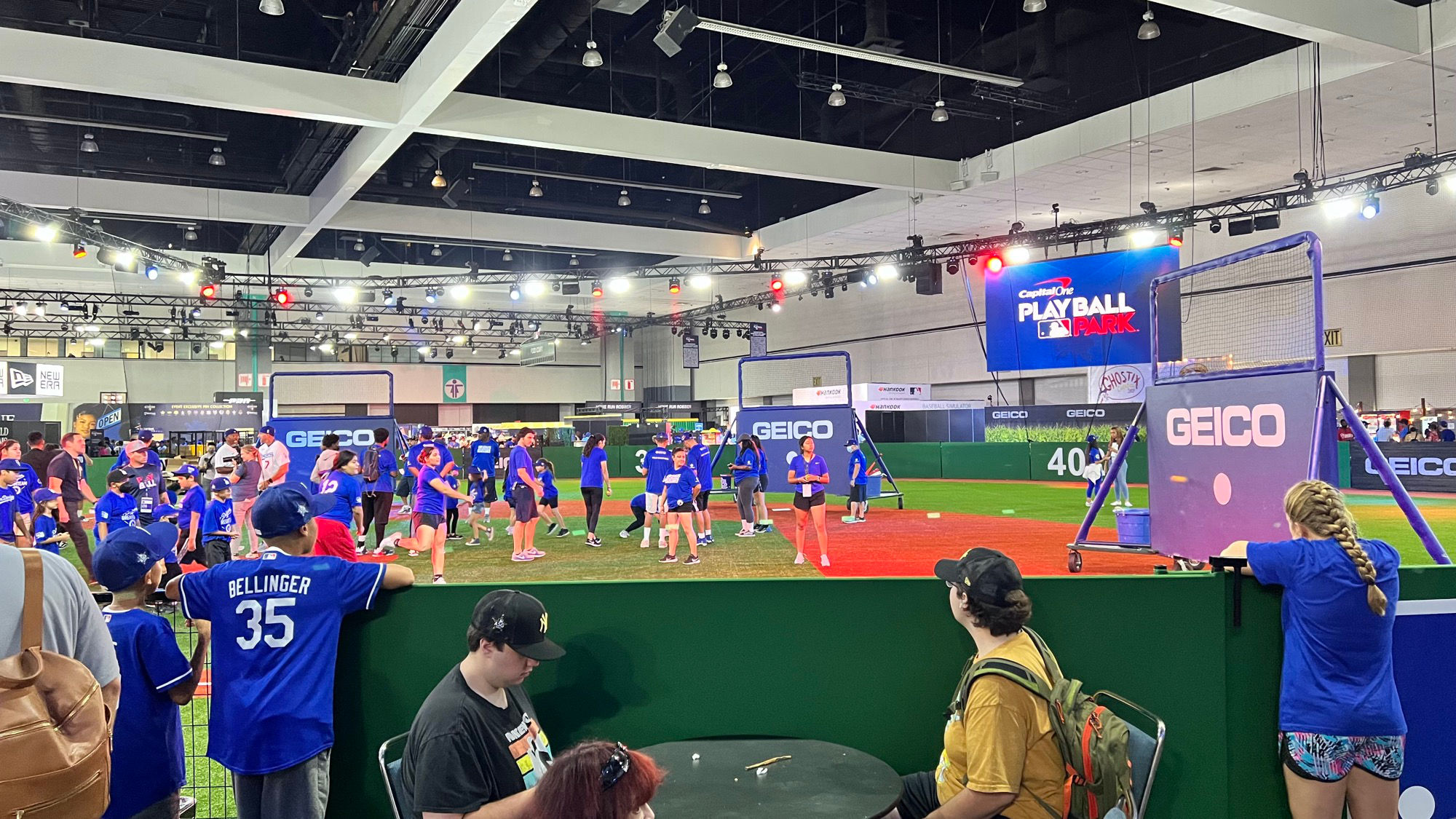

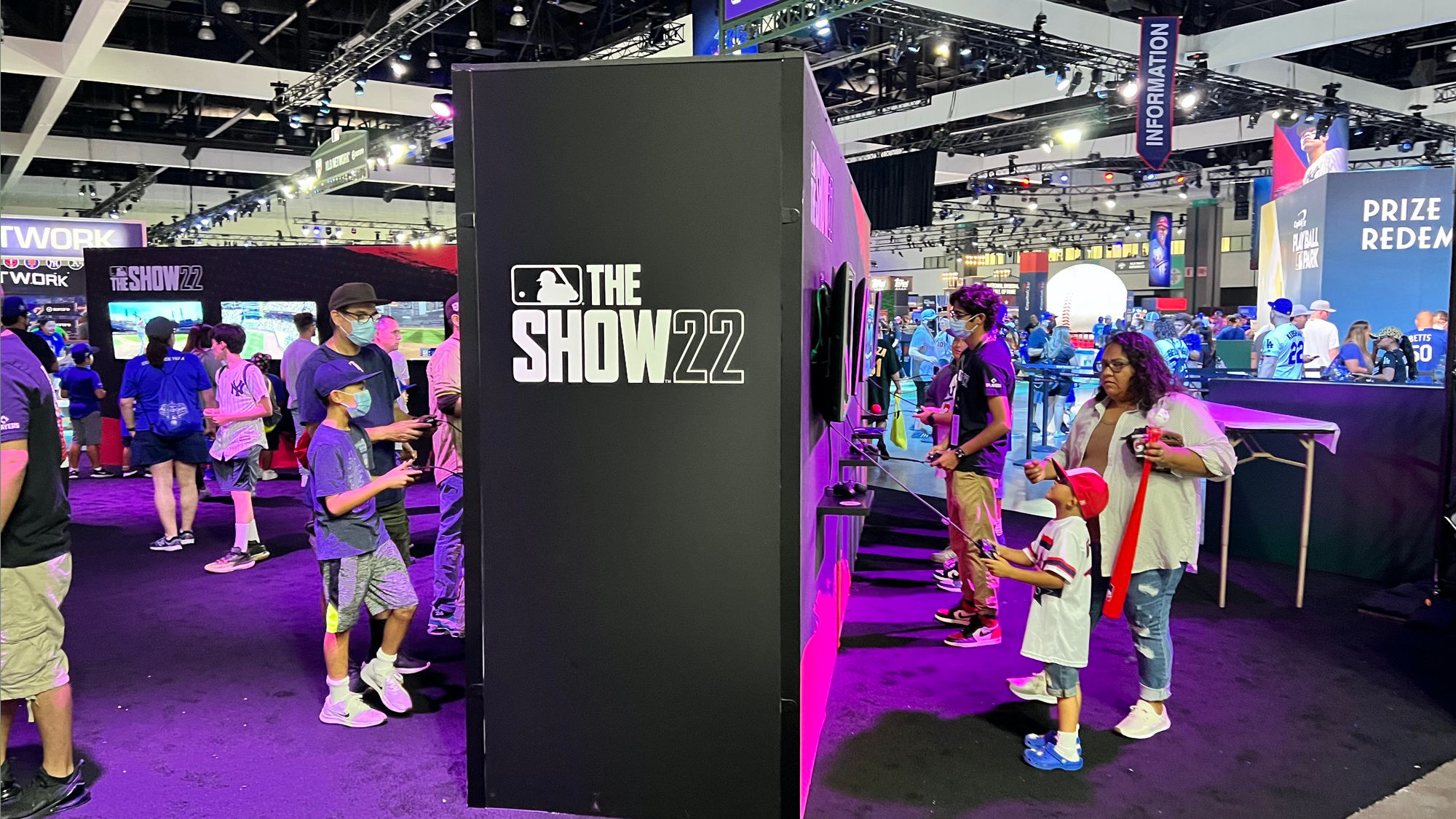
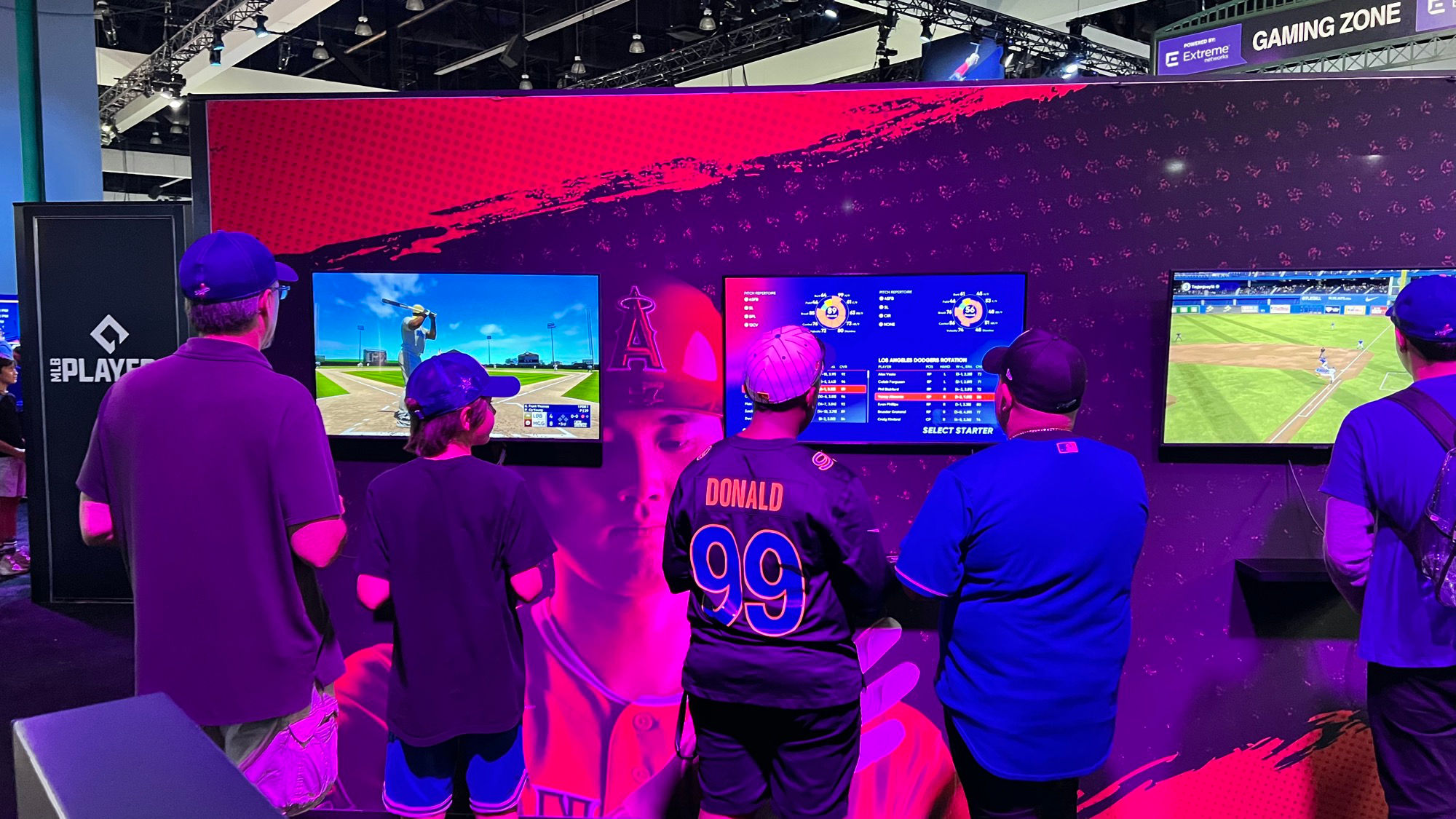
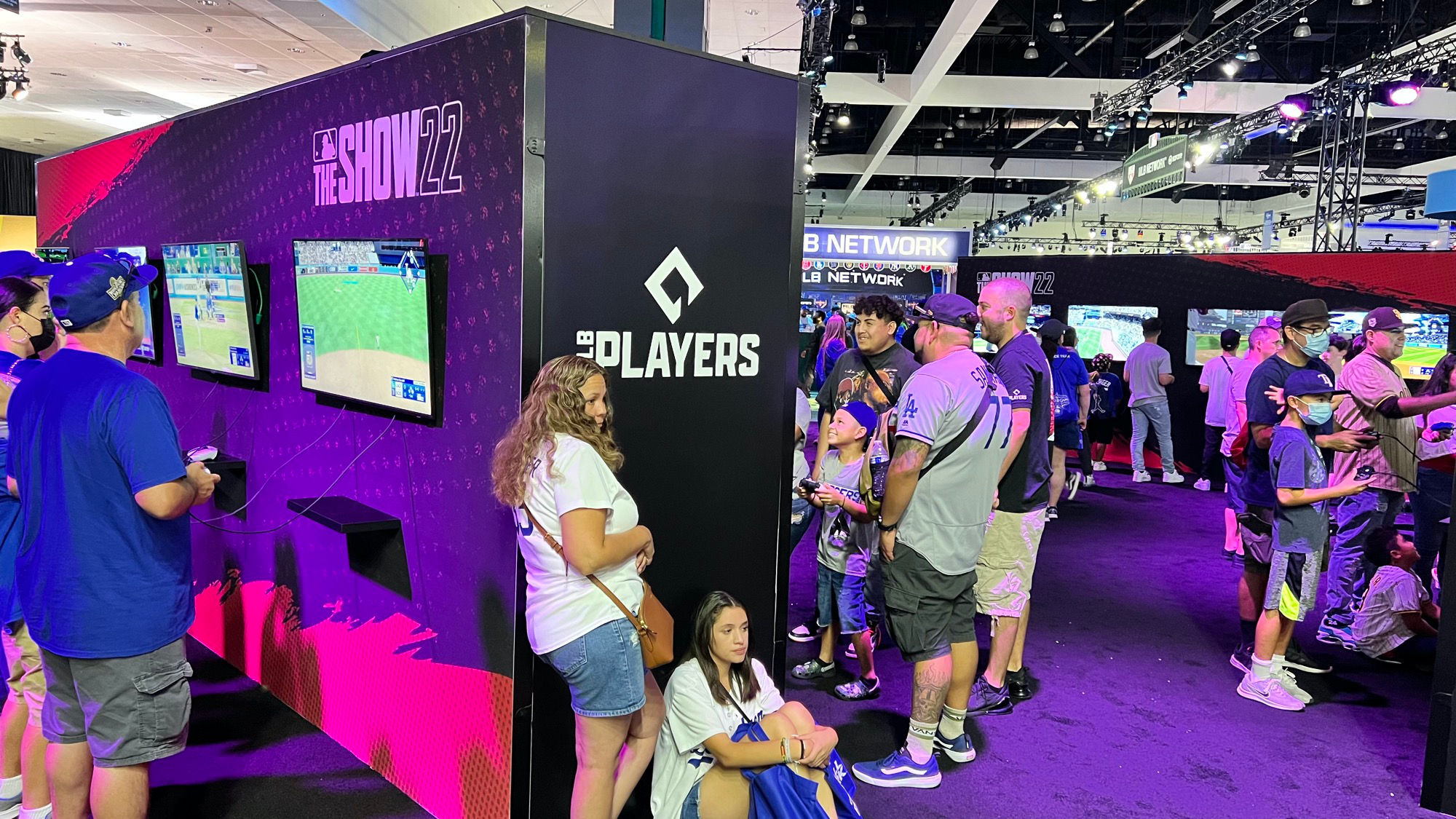
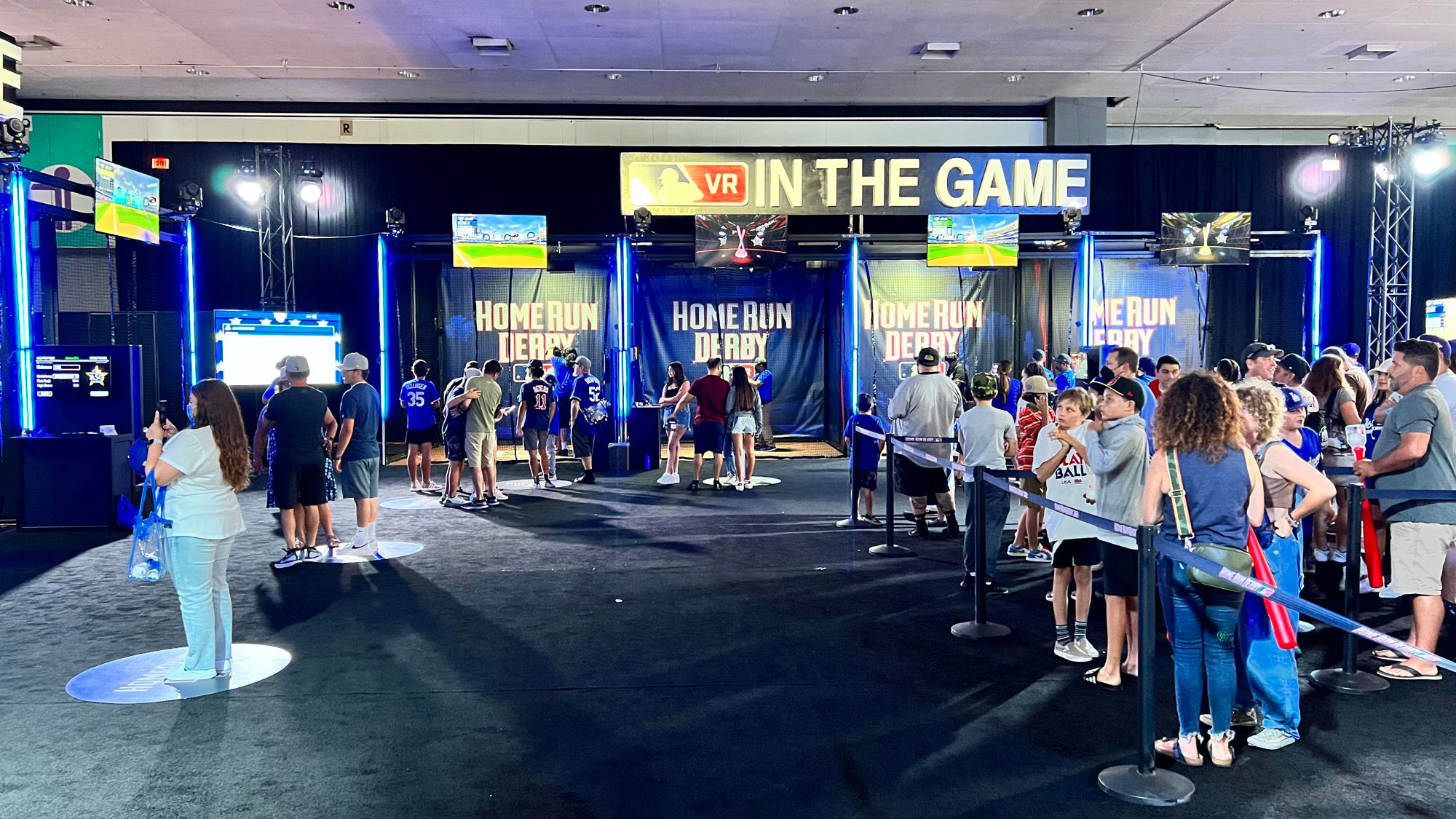
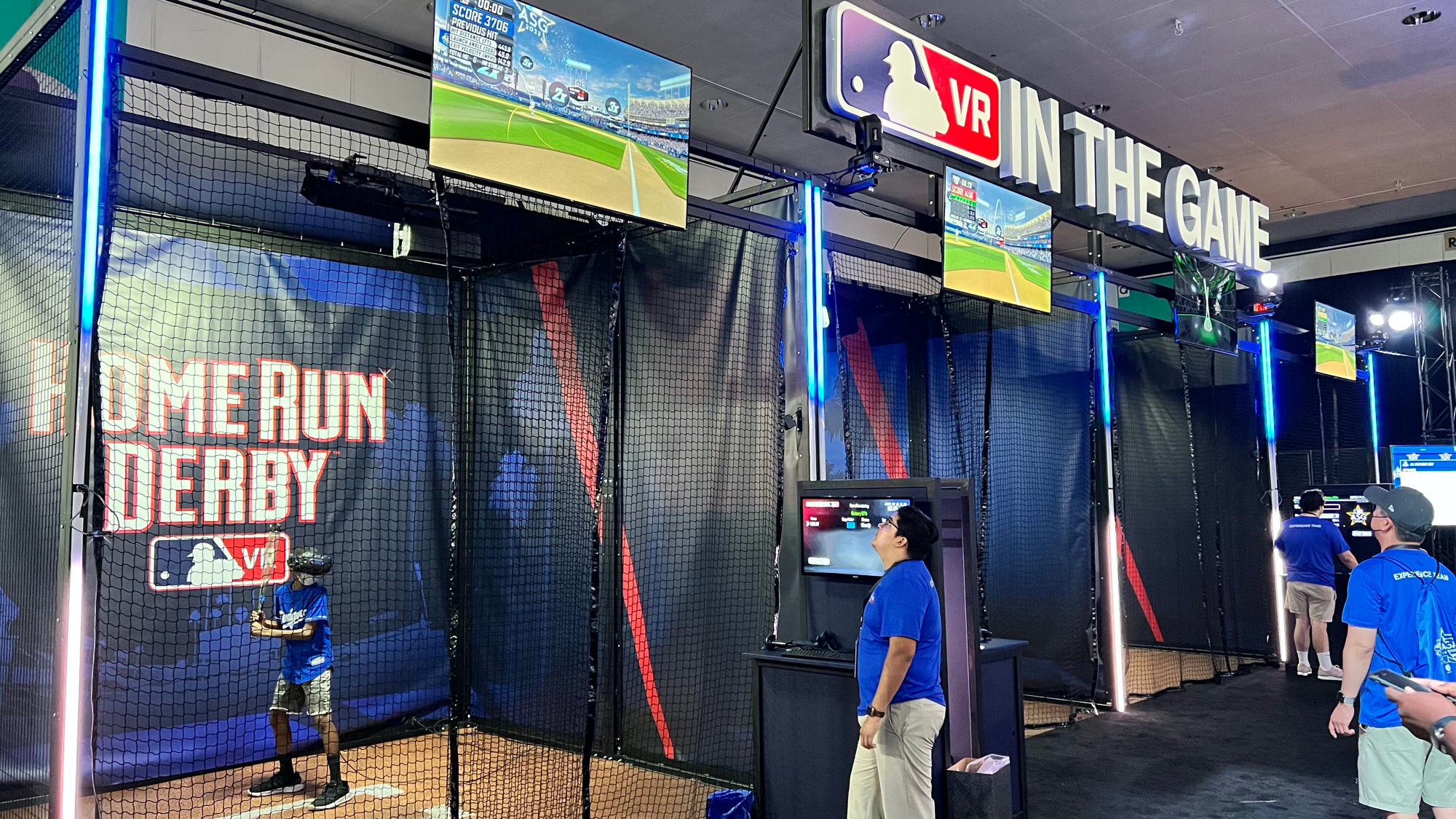

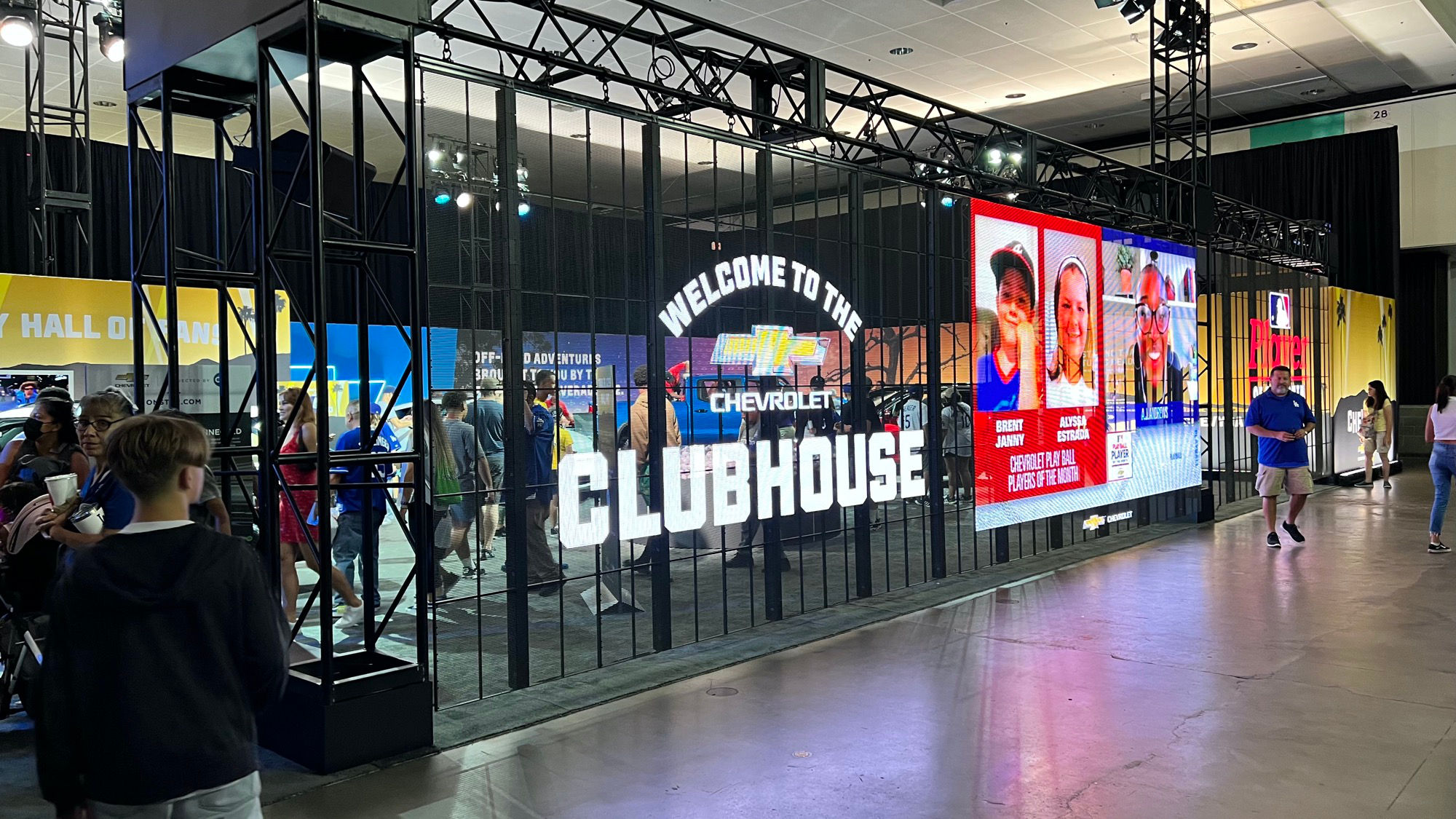
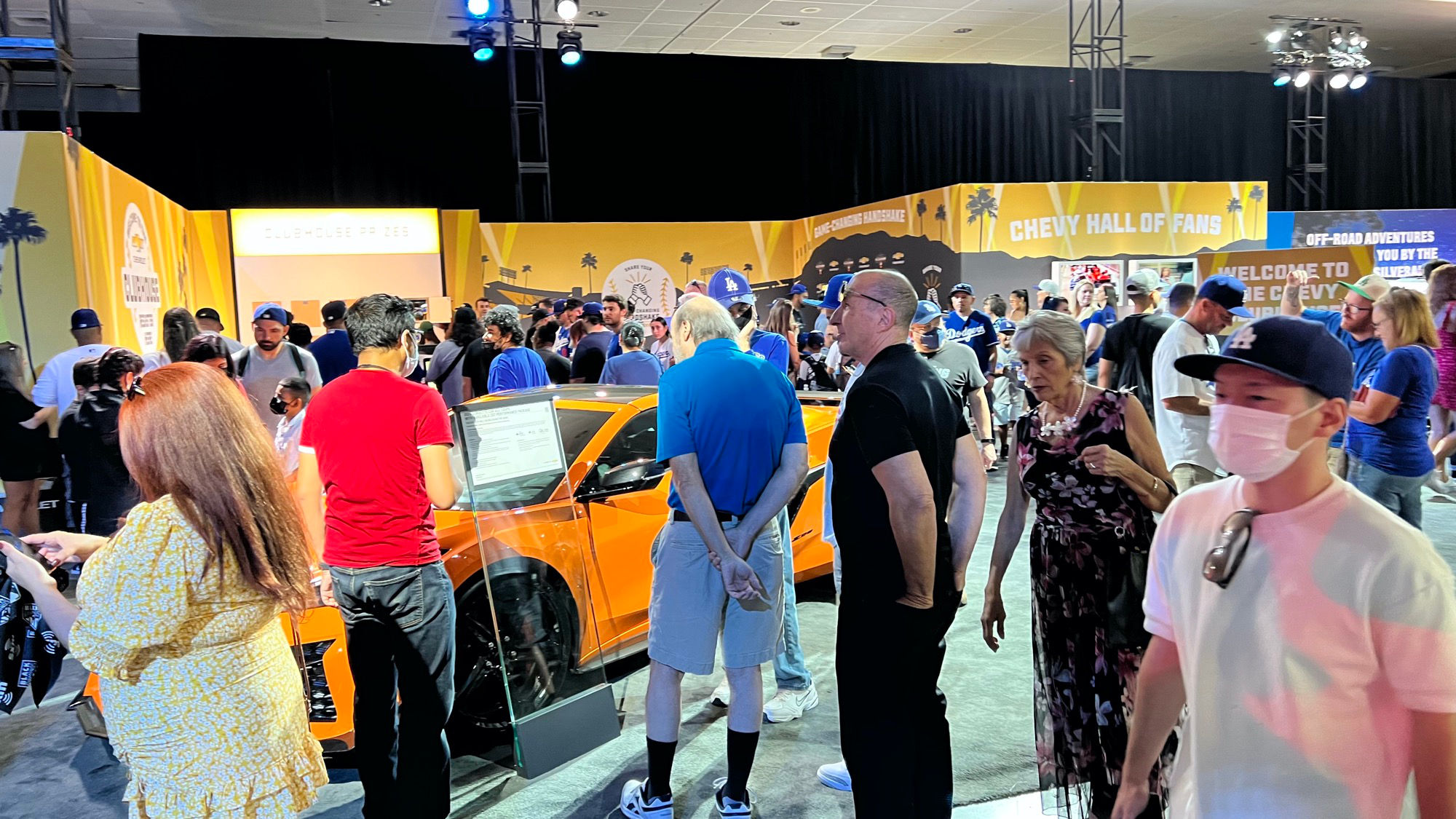
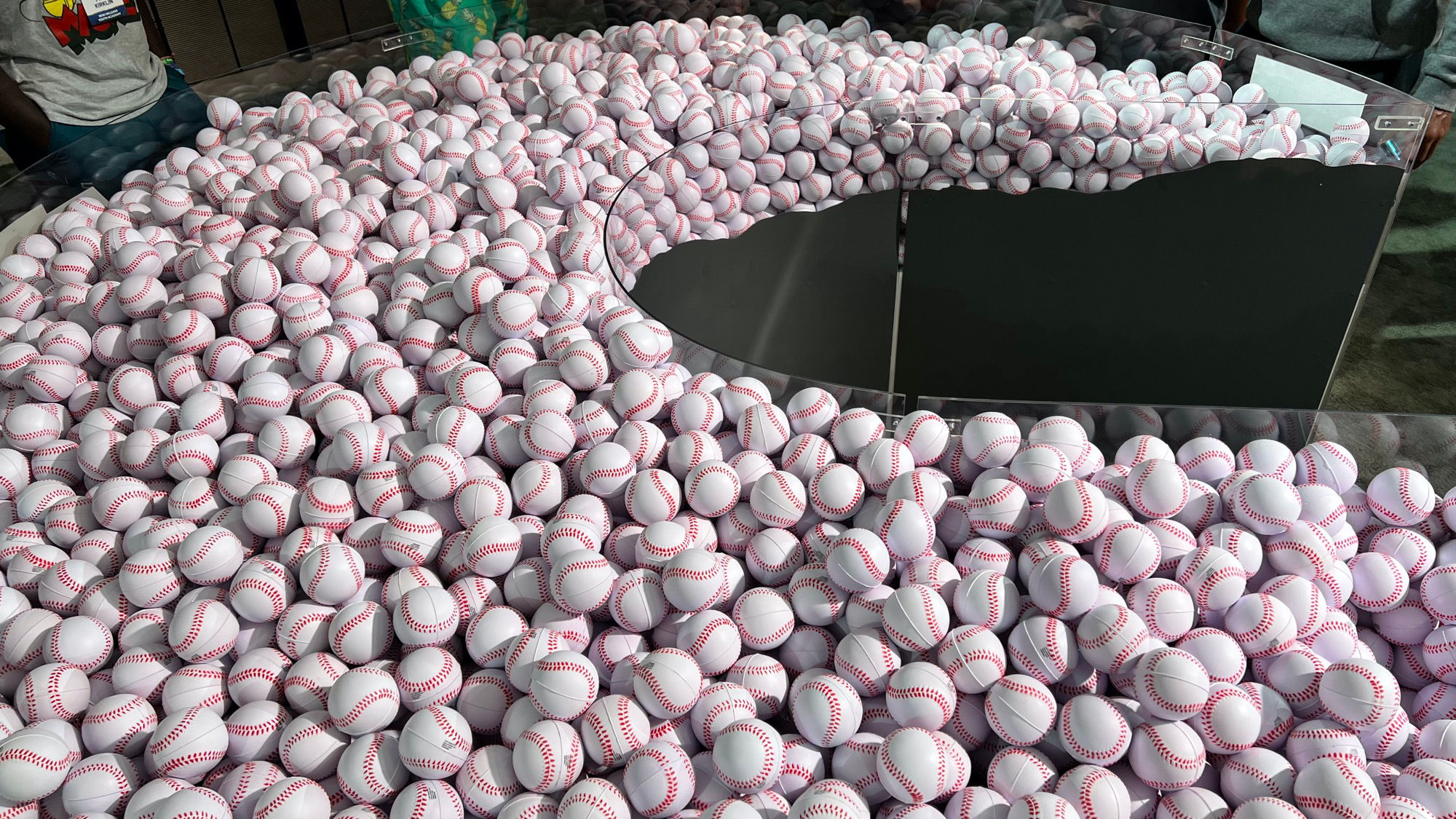
Baseballs
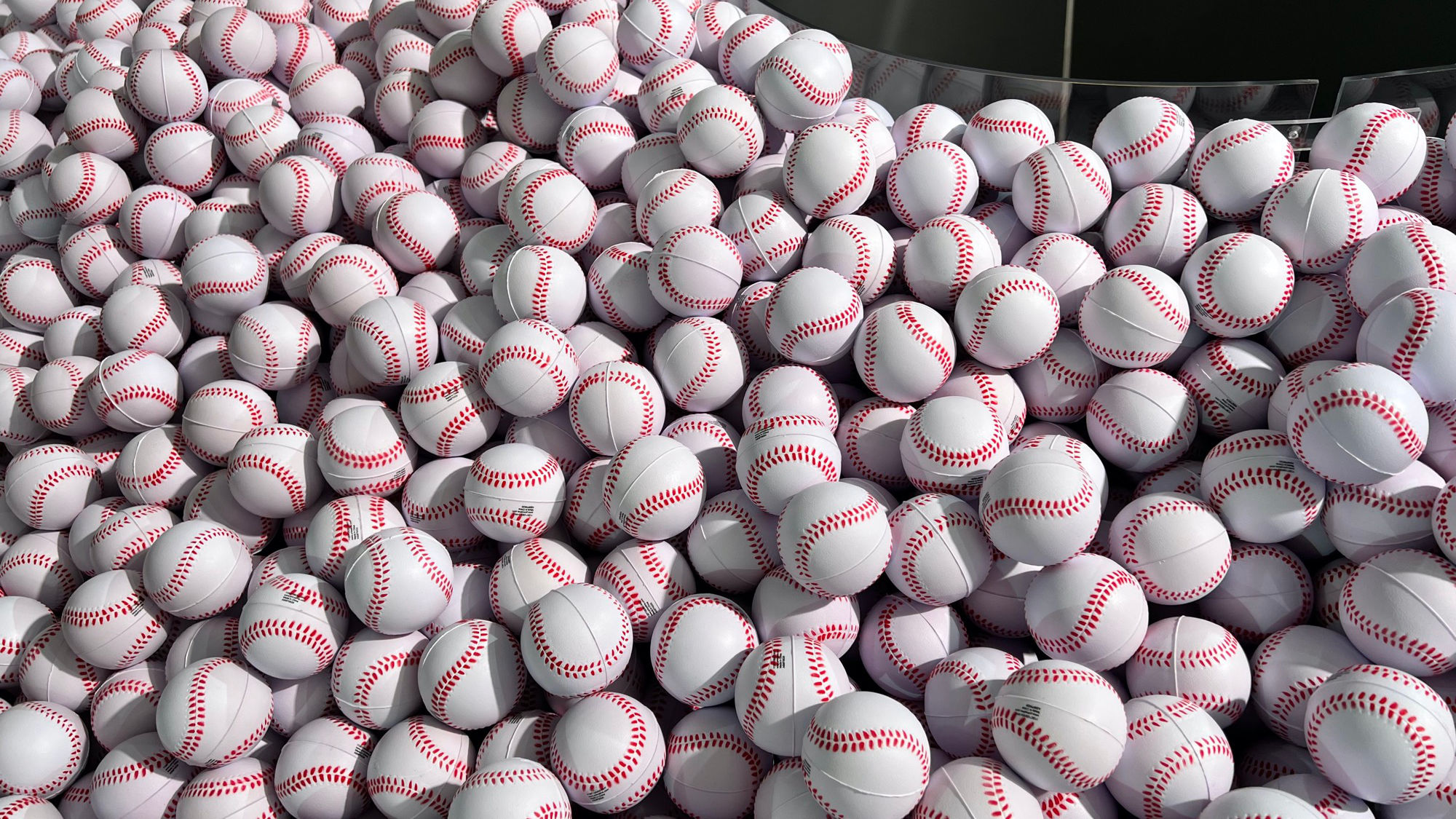


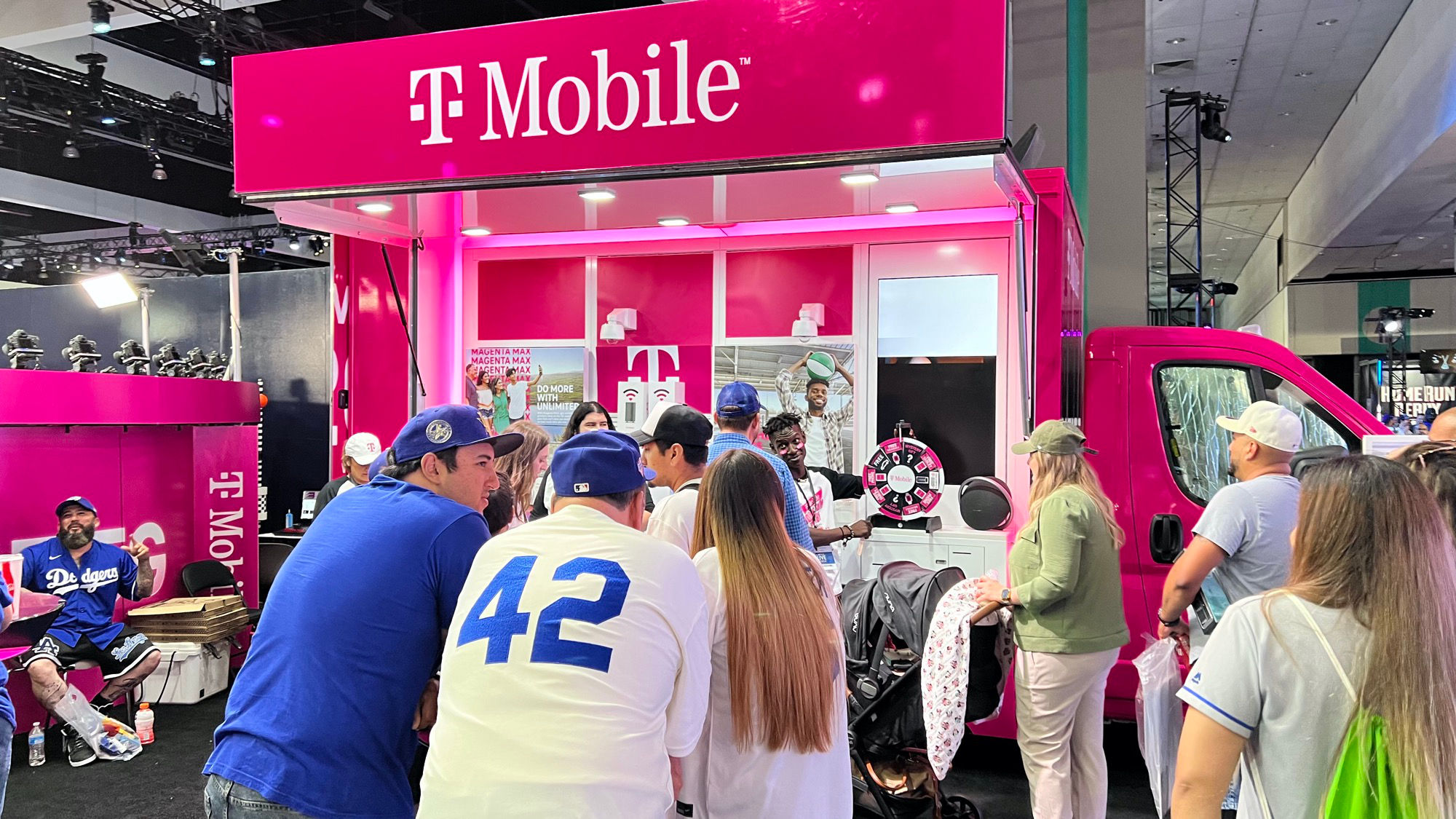
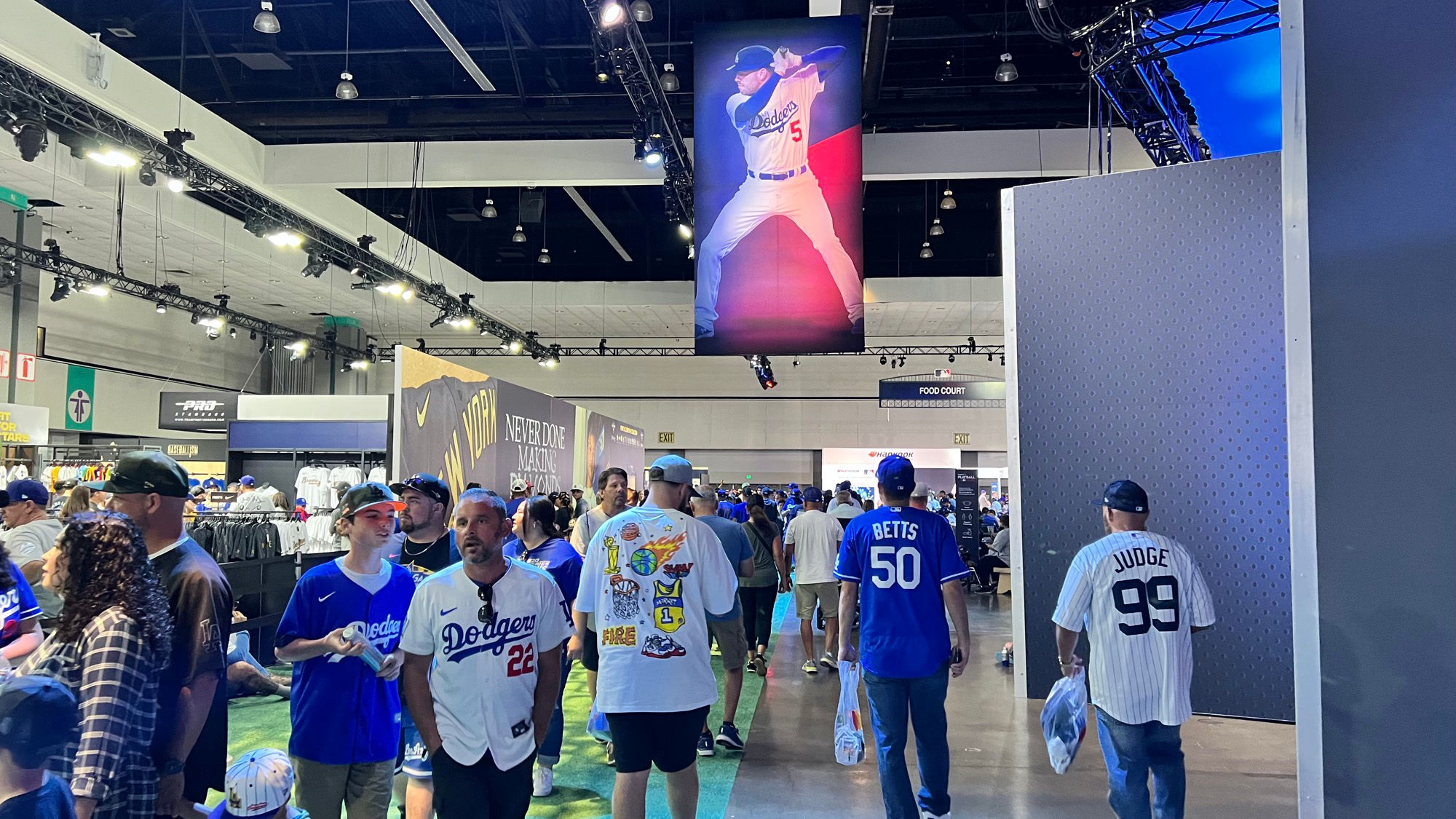
He was added to the All-Star Game at the last minute
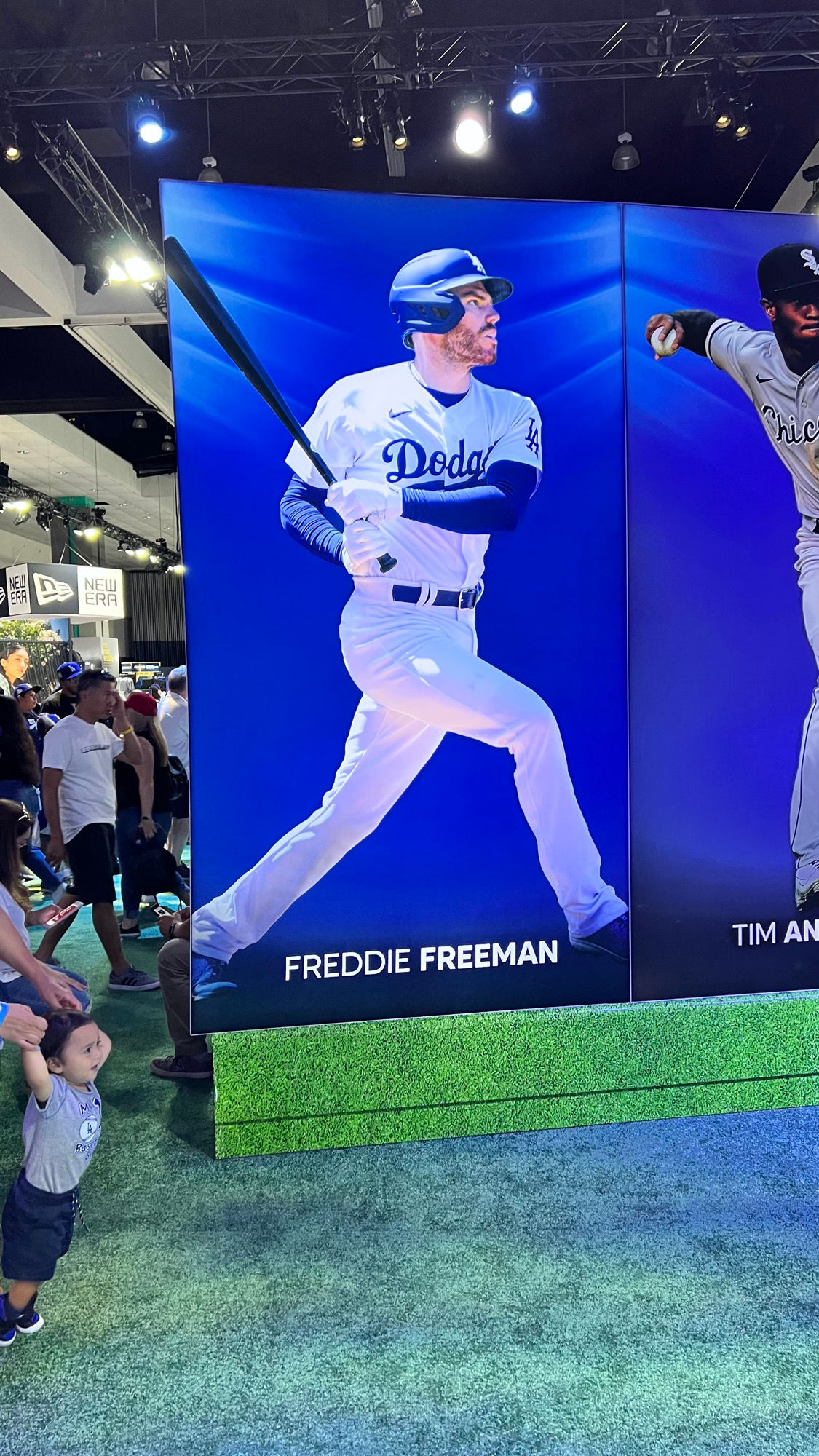
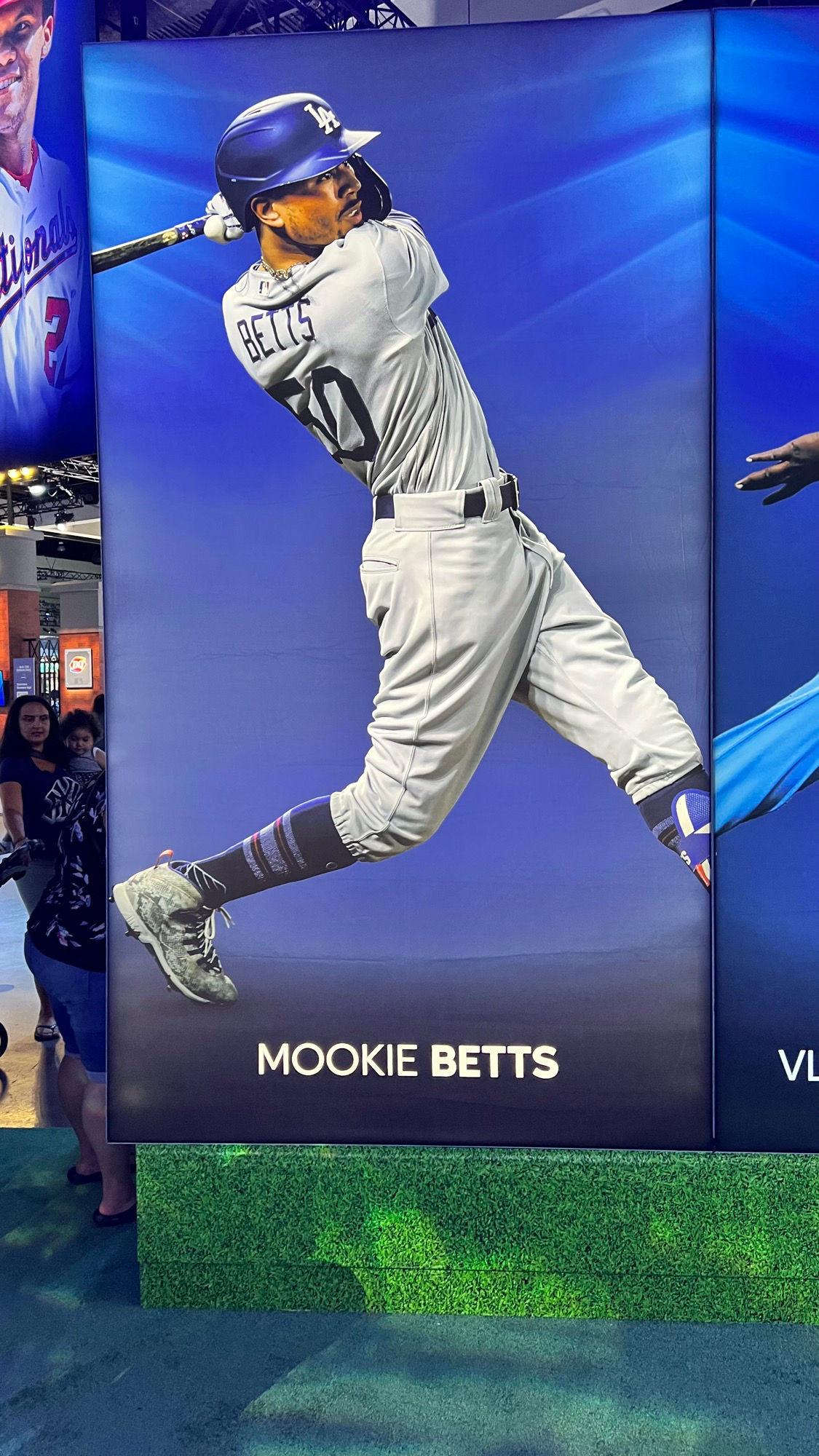

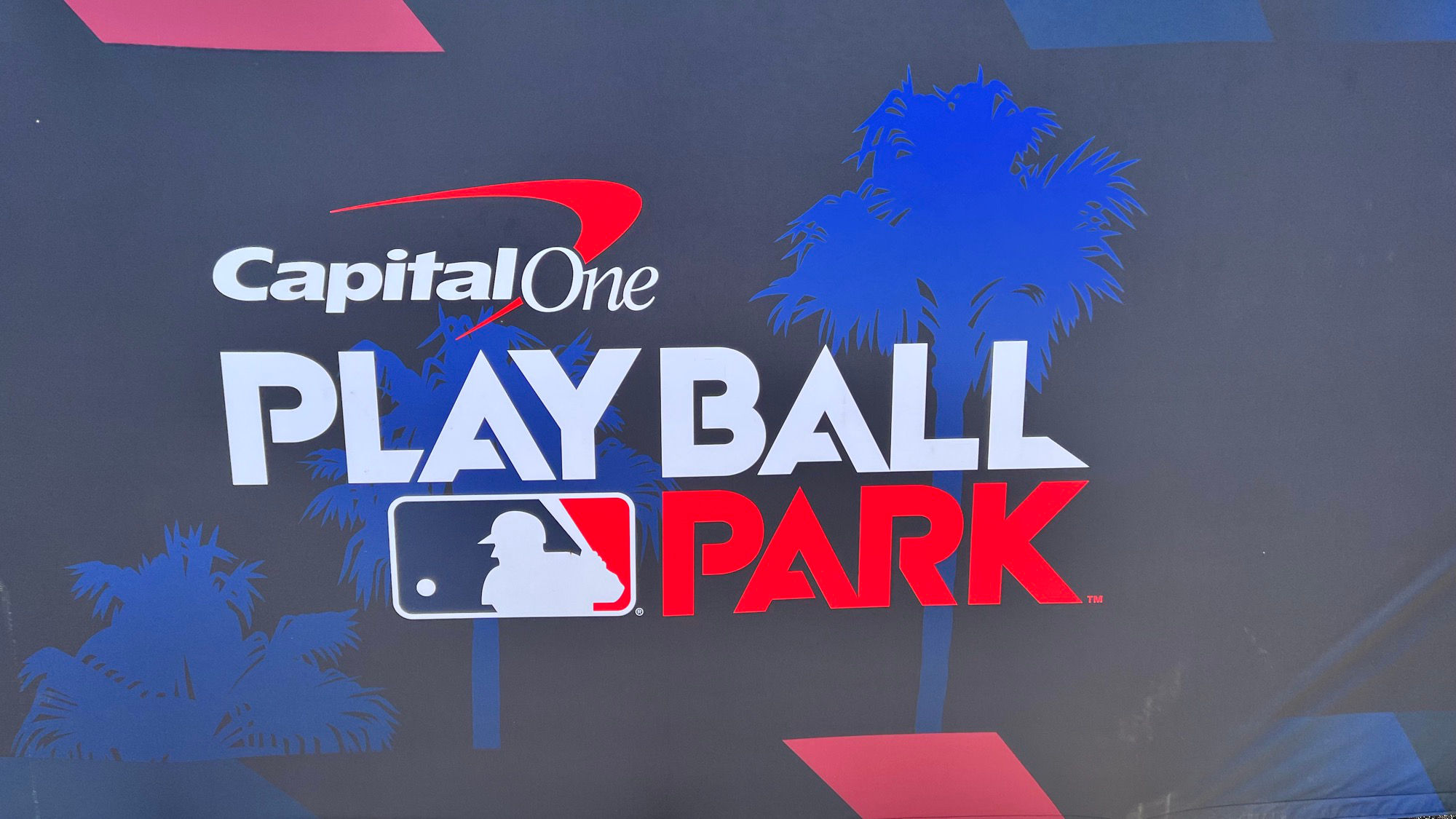
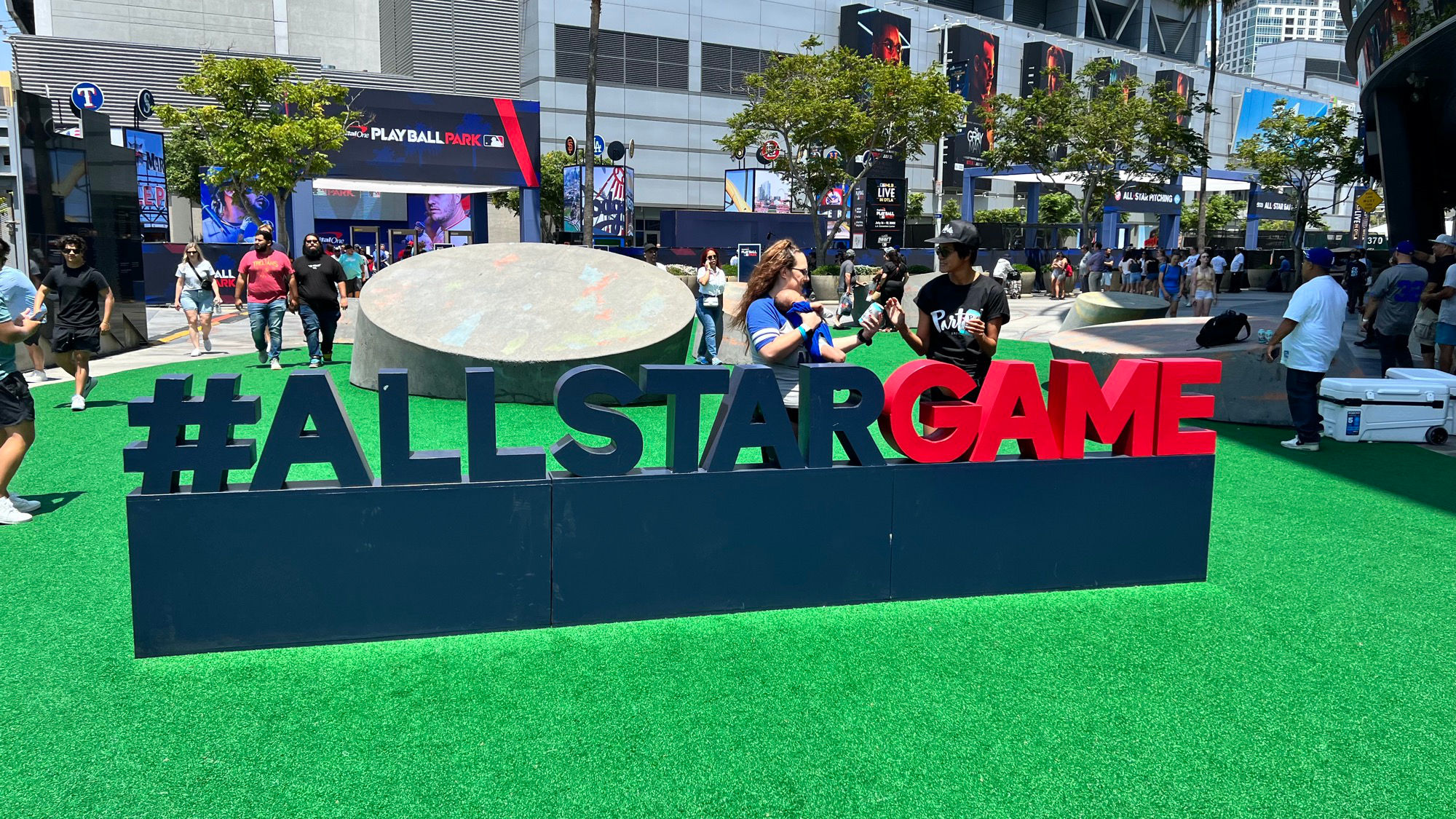
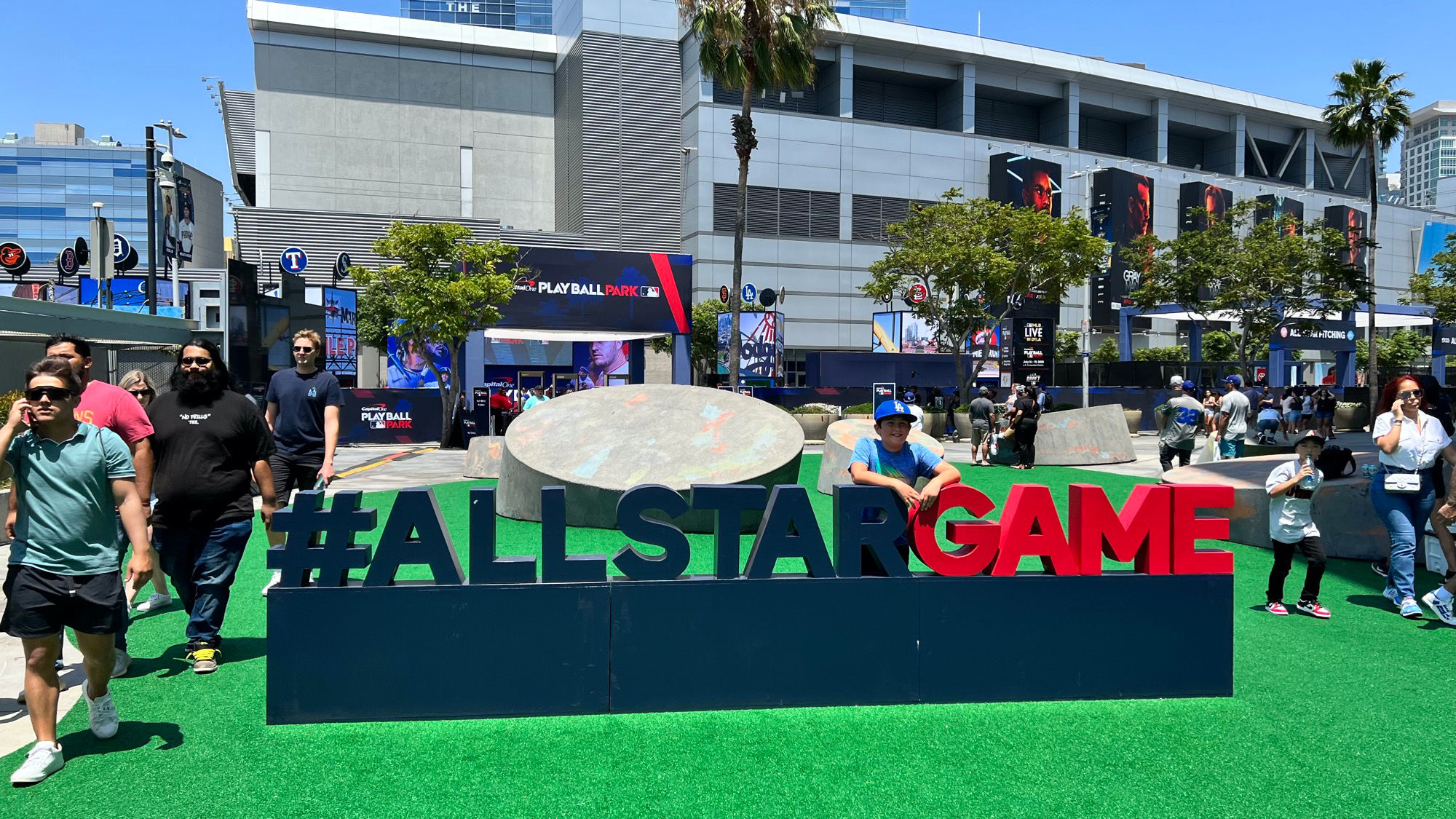
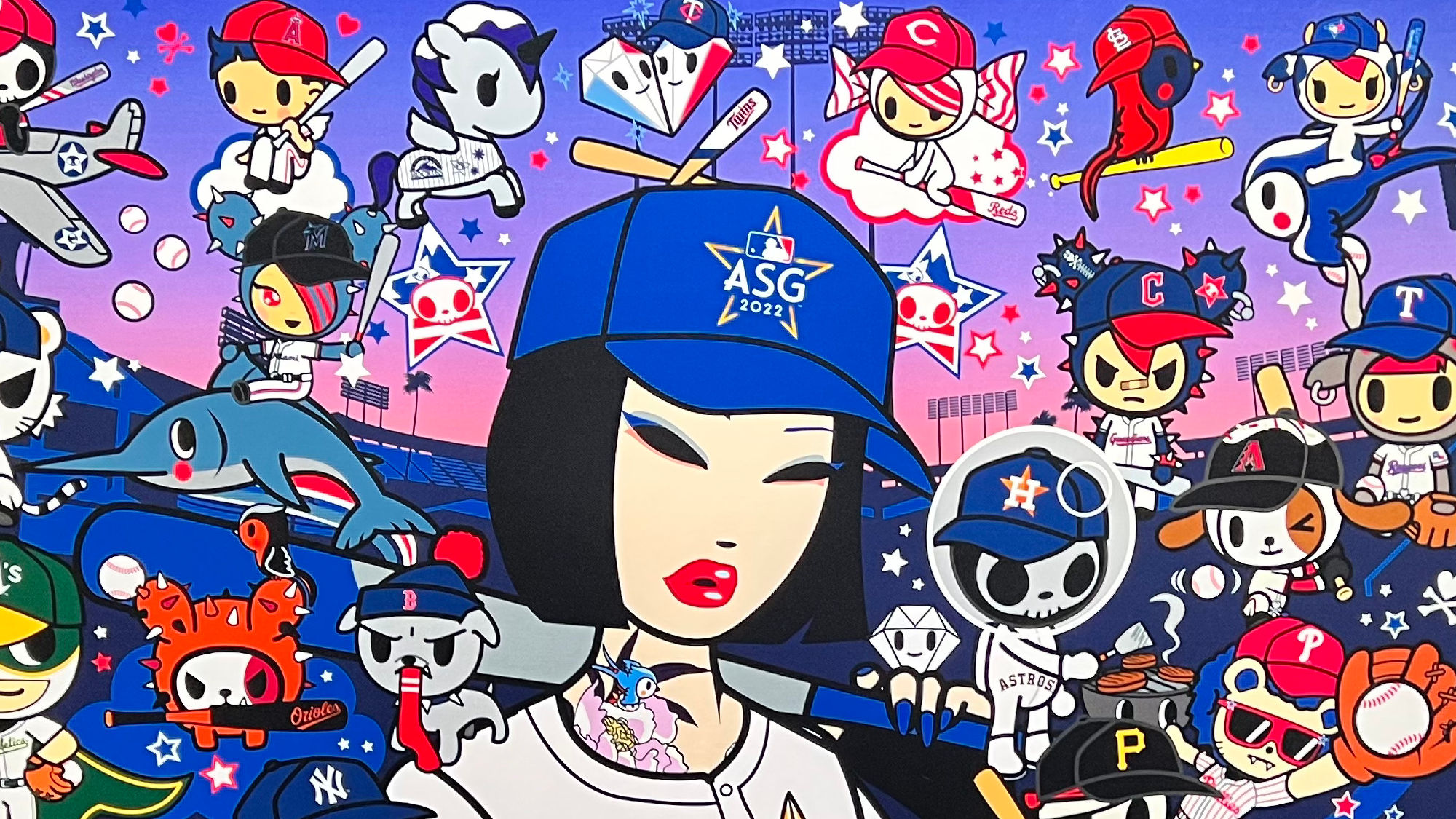

ART OF BASEBALL BOOTHS
